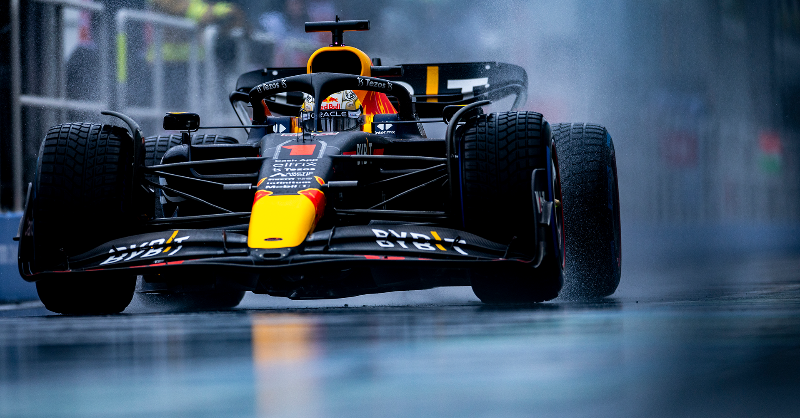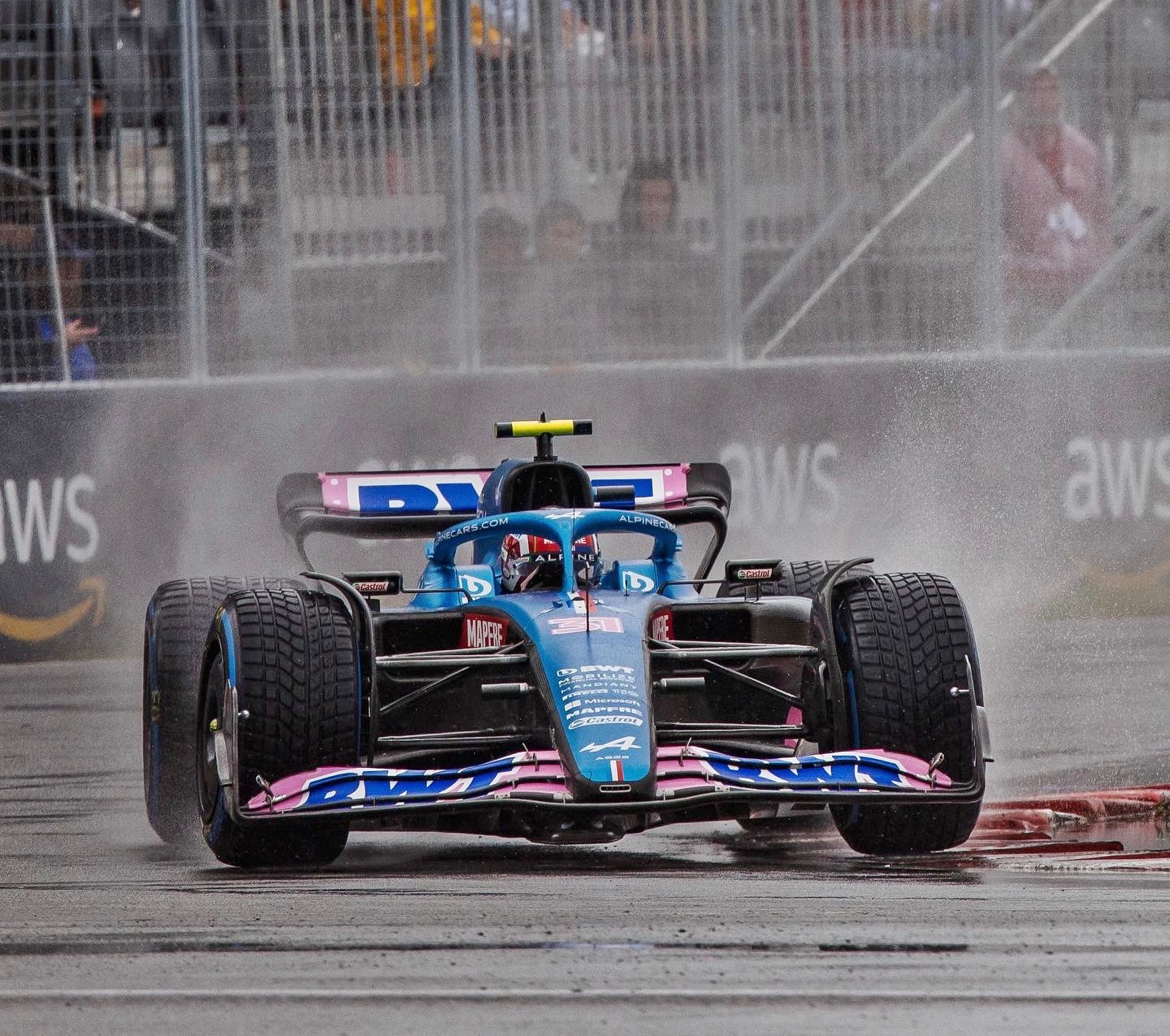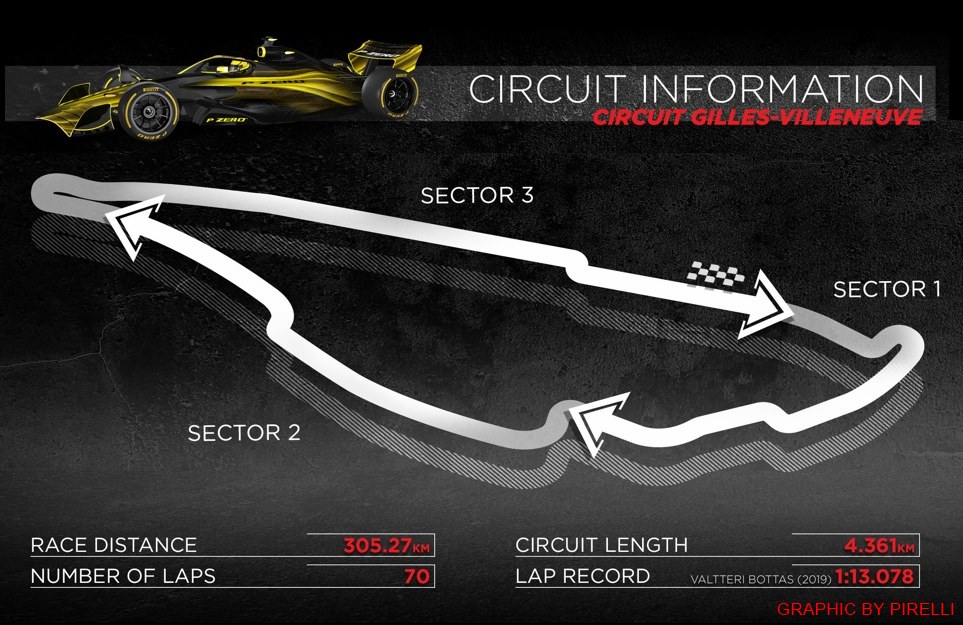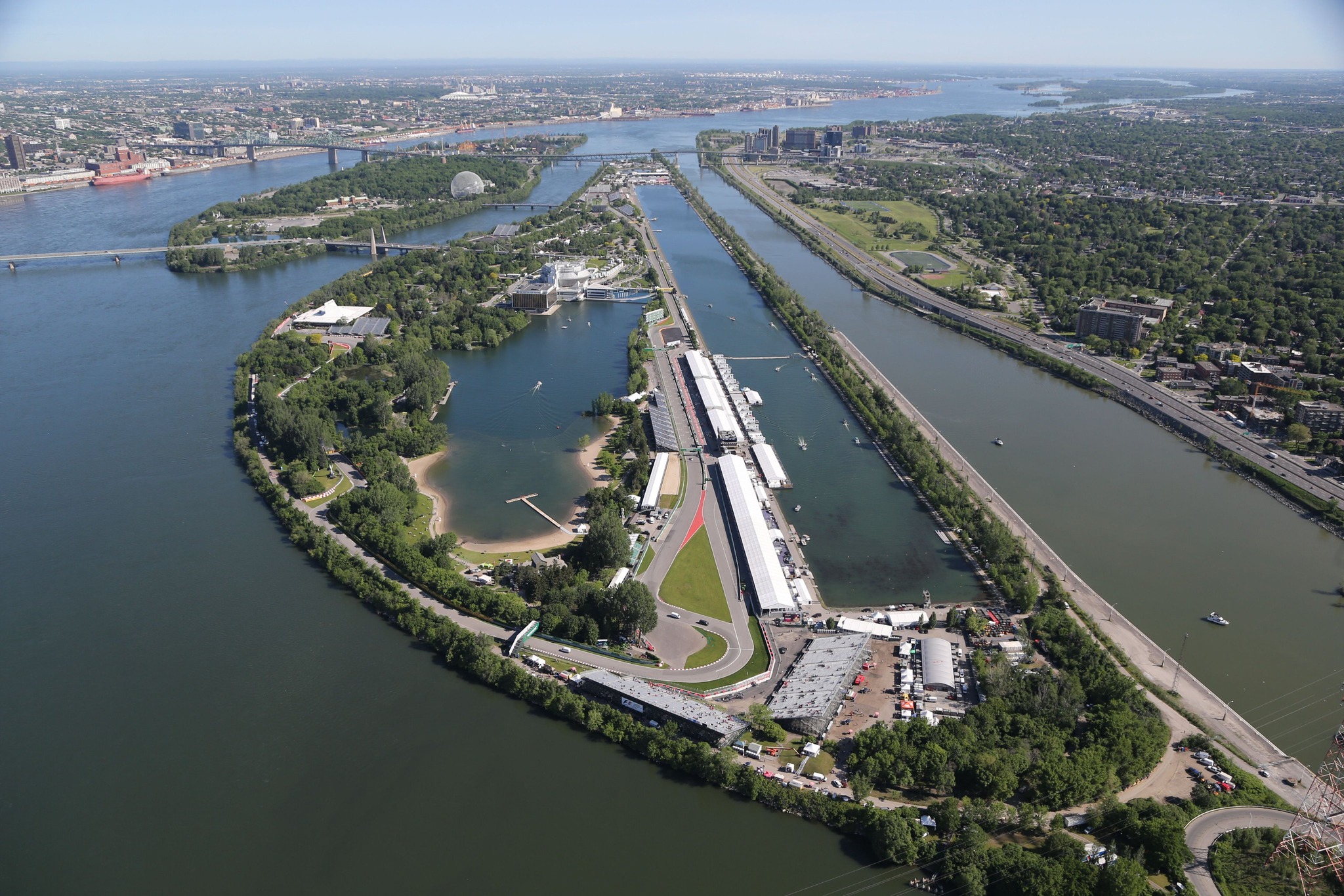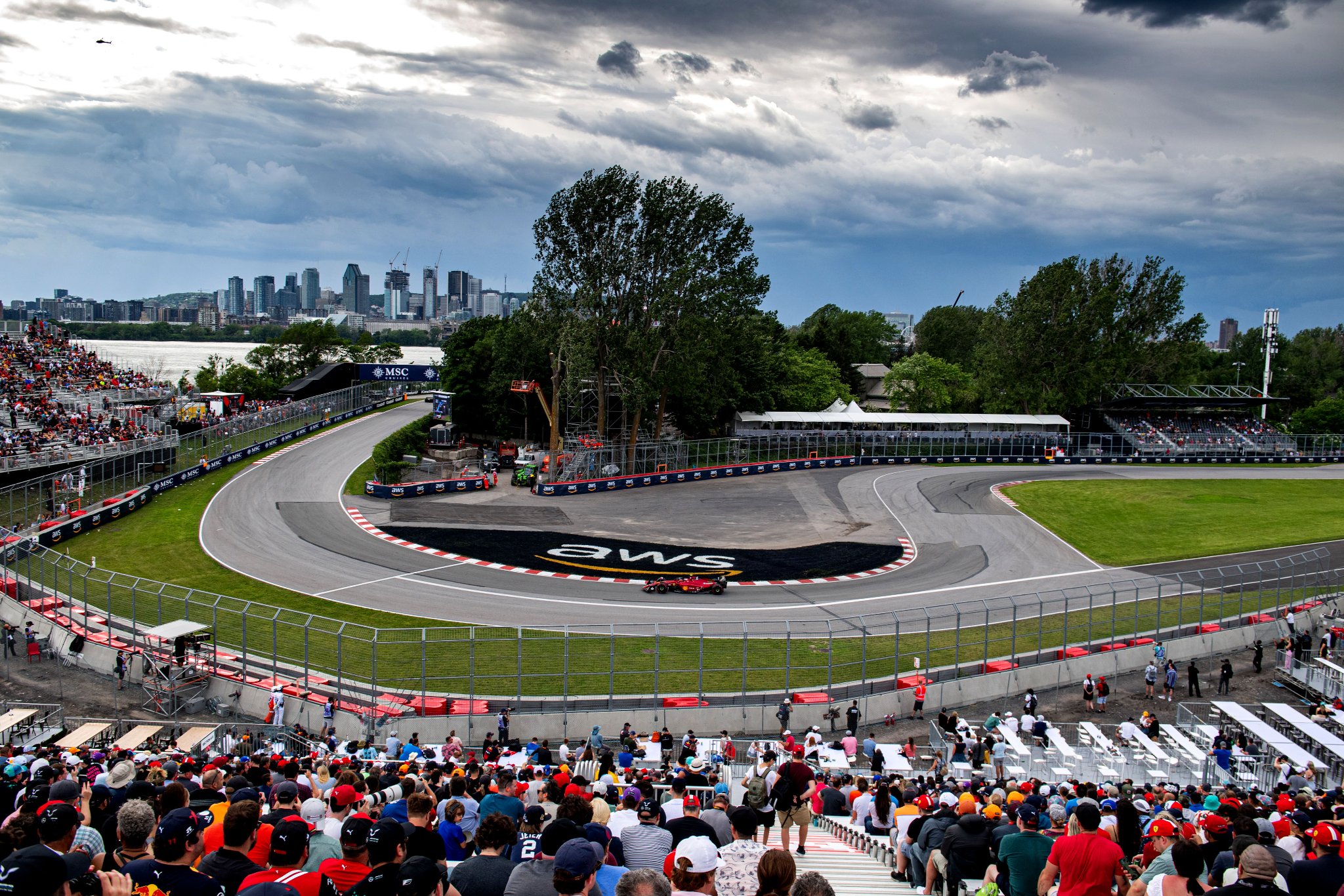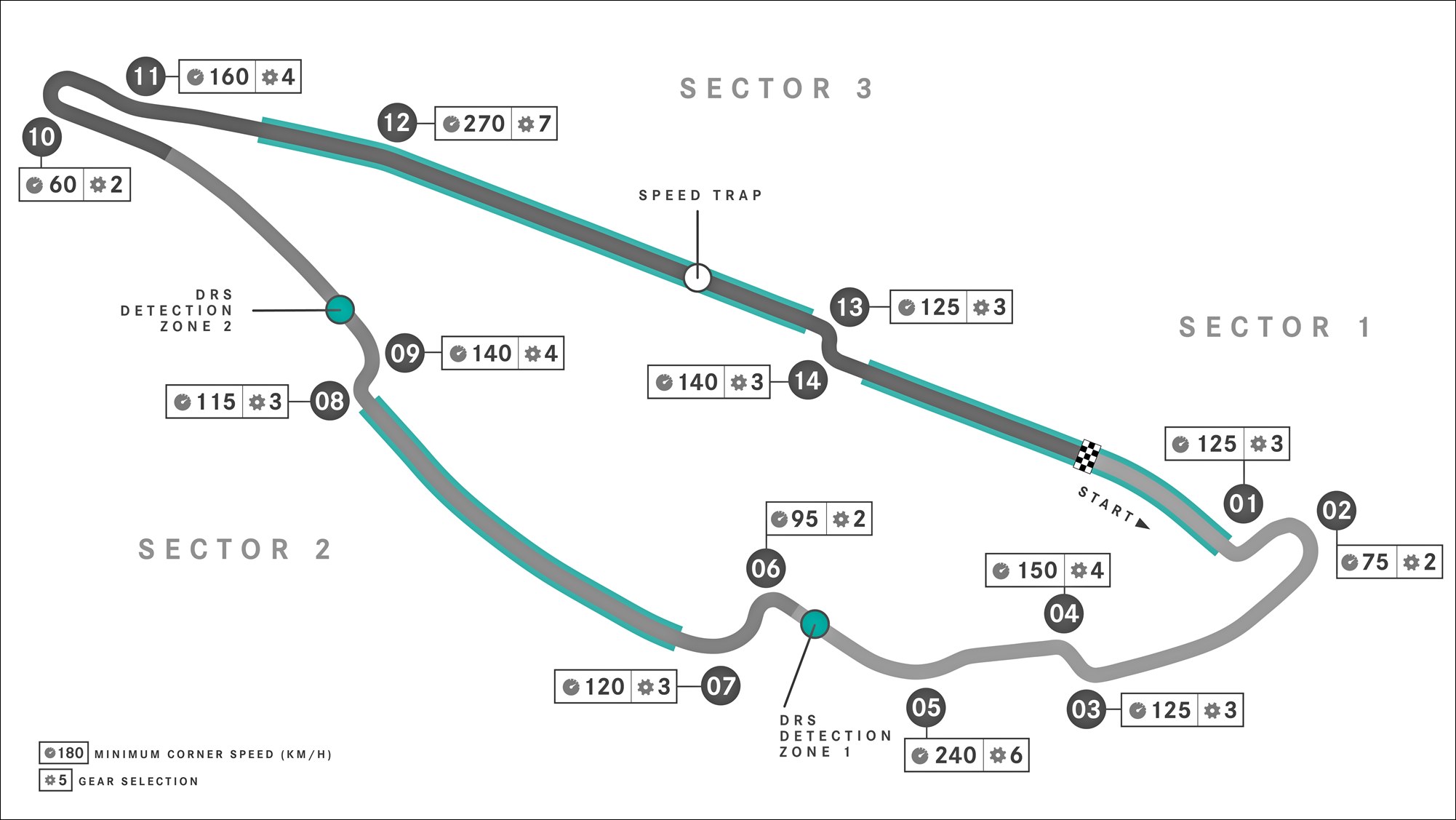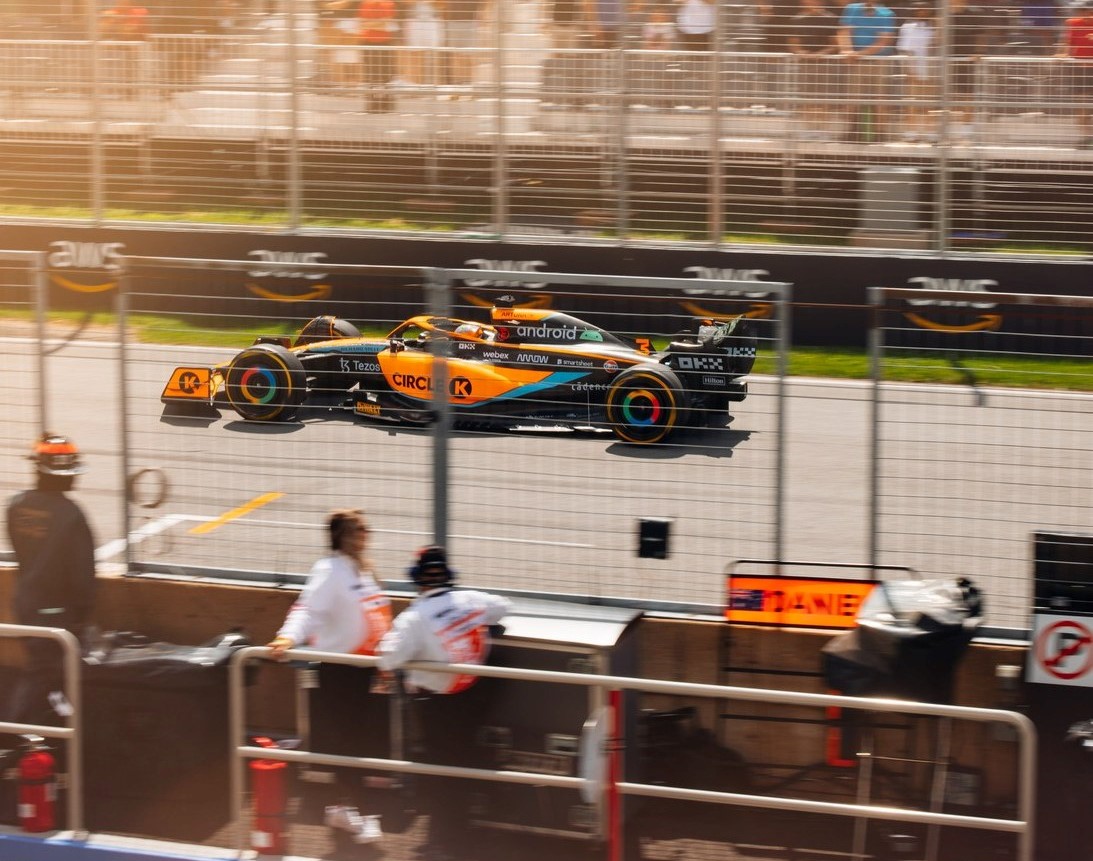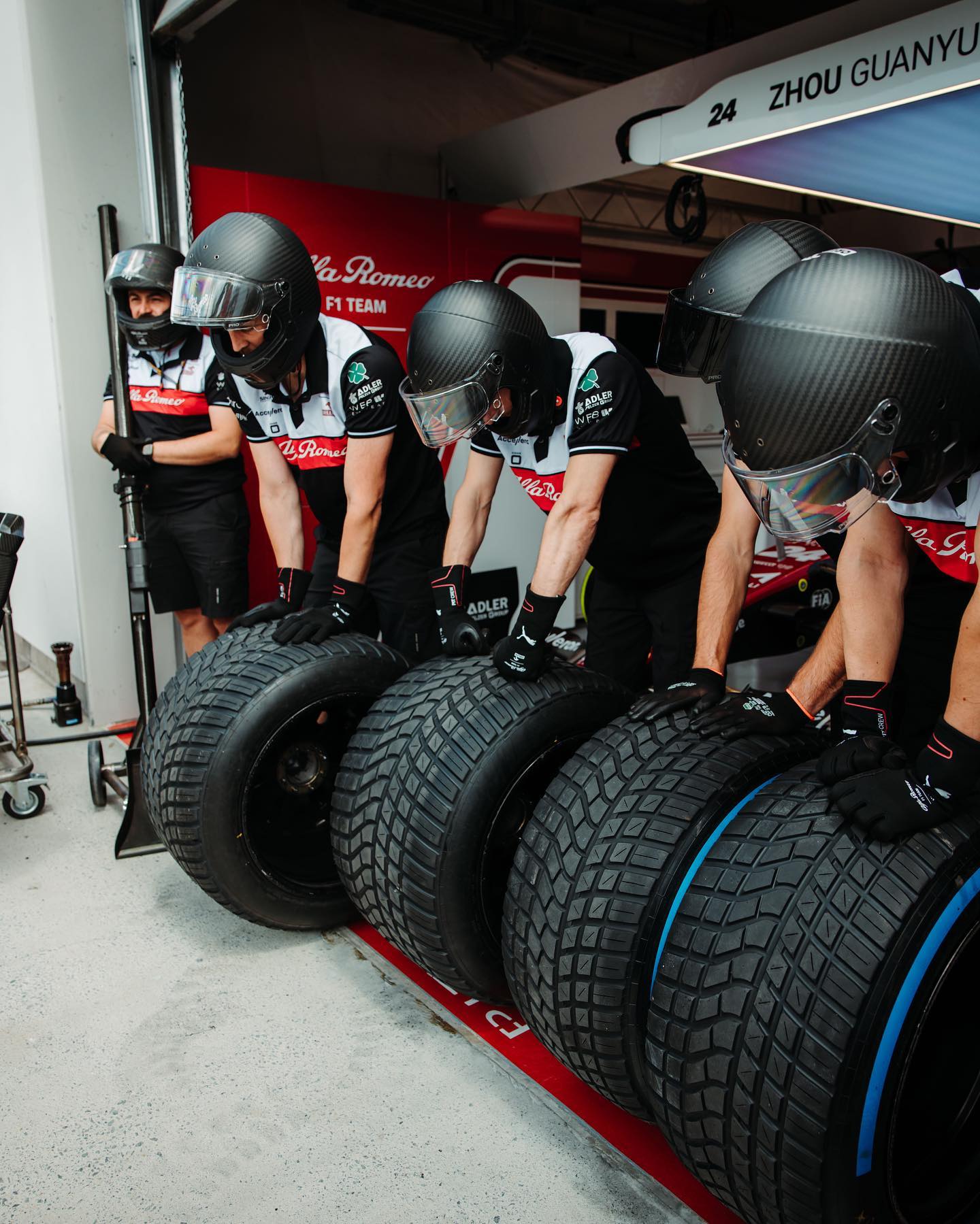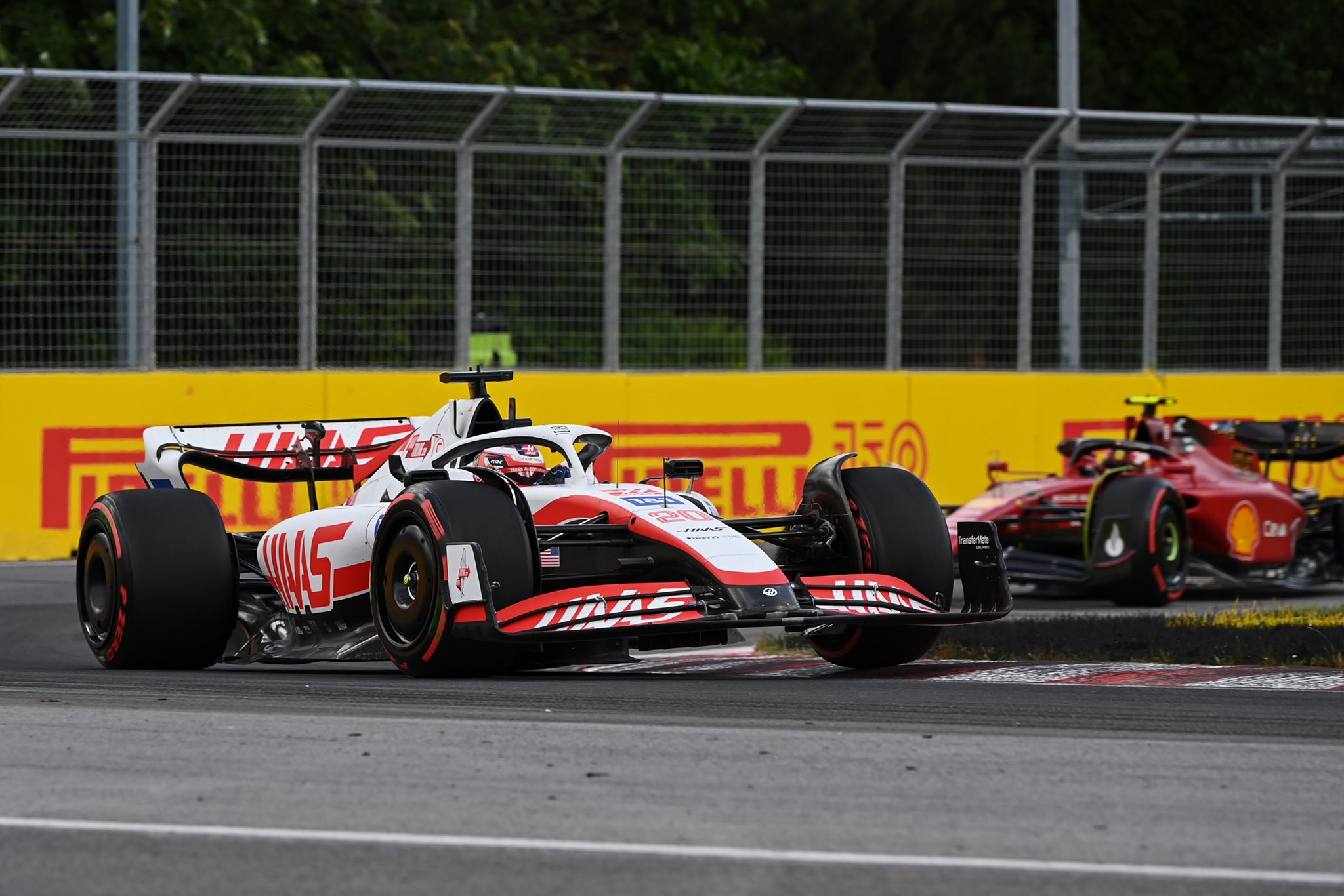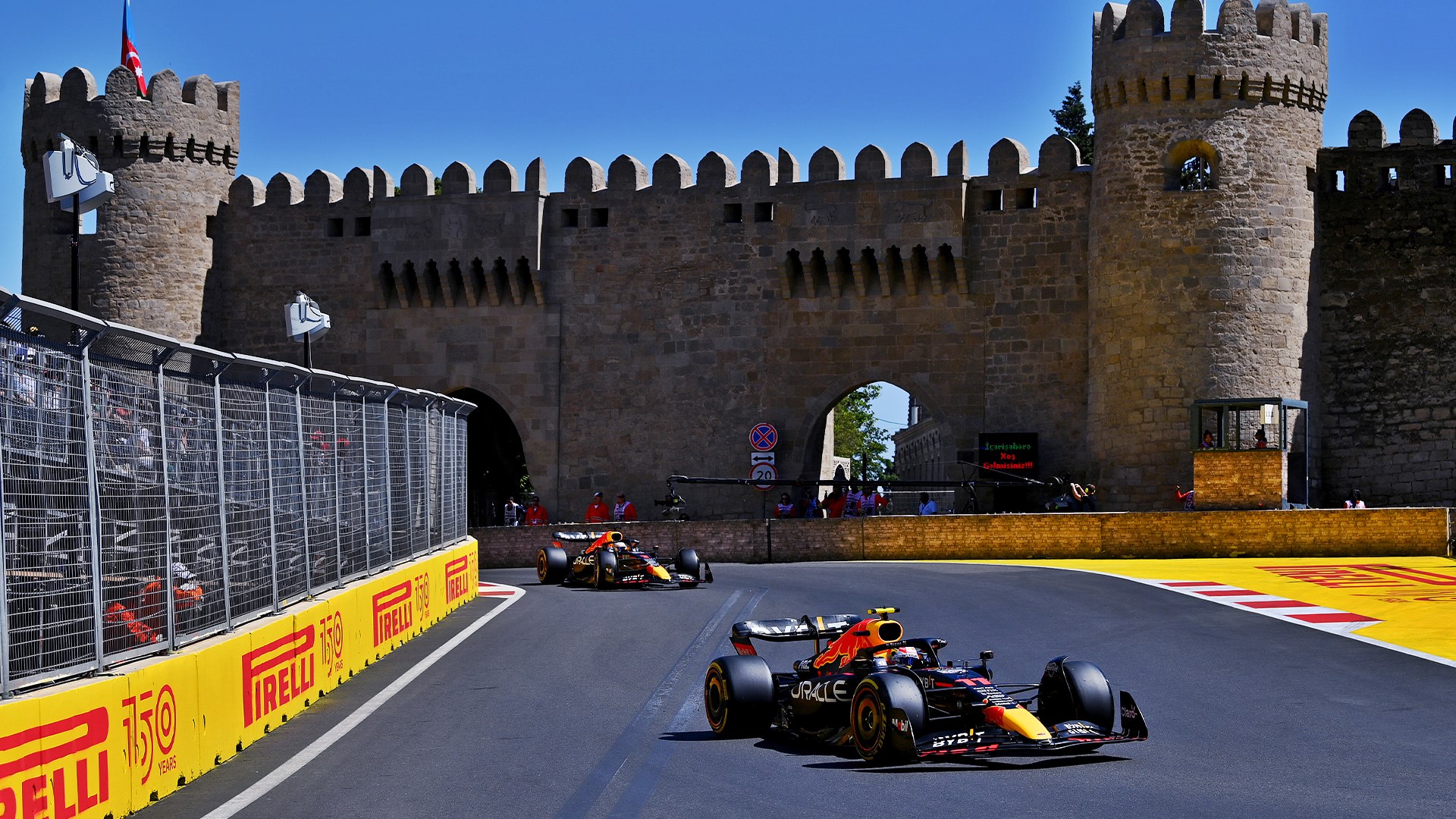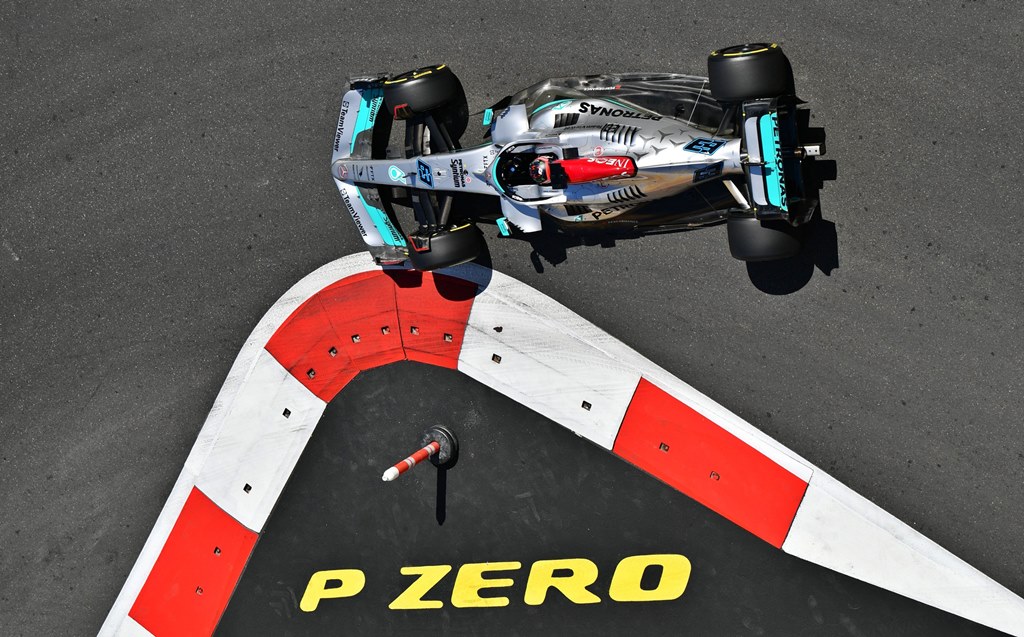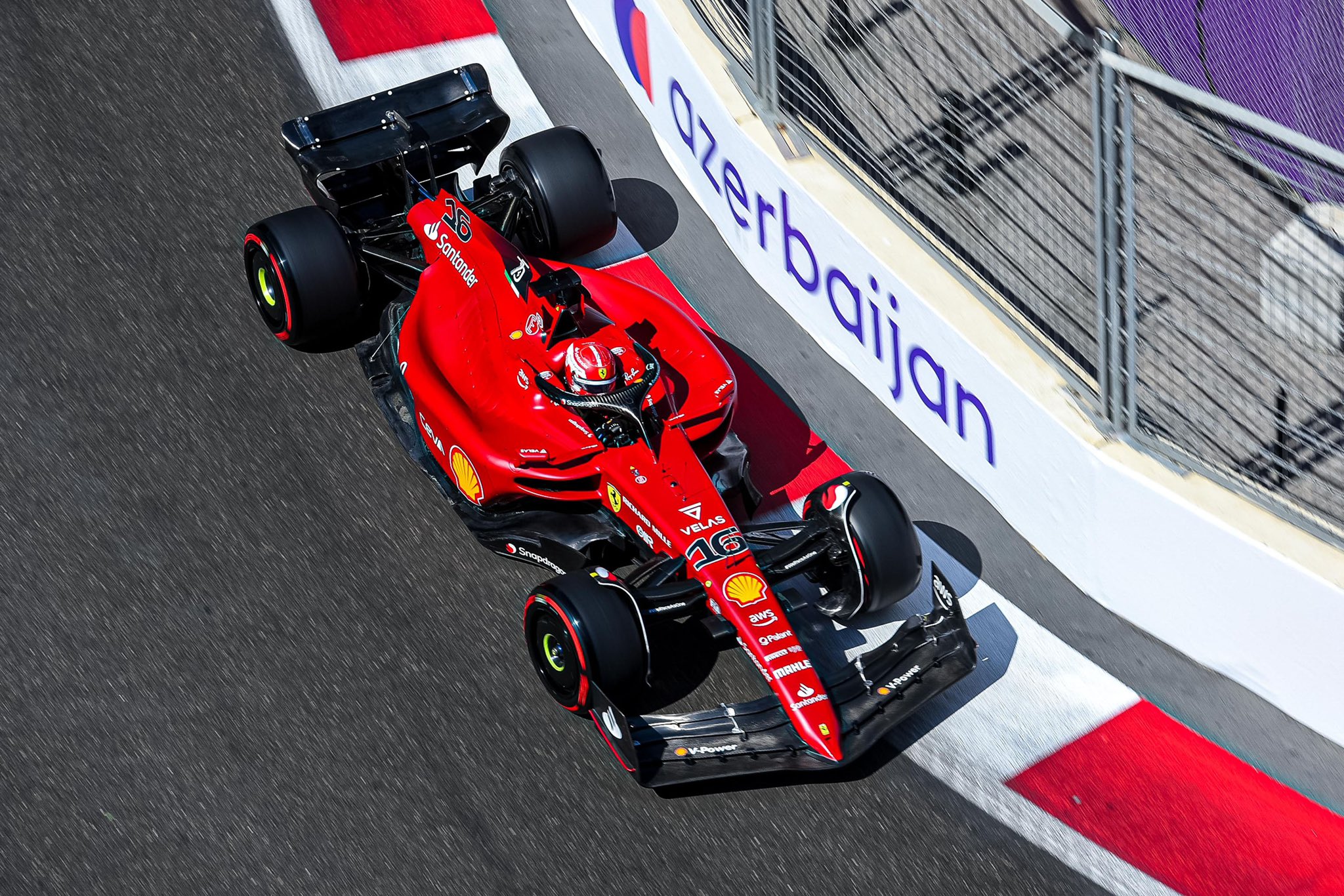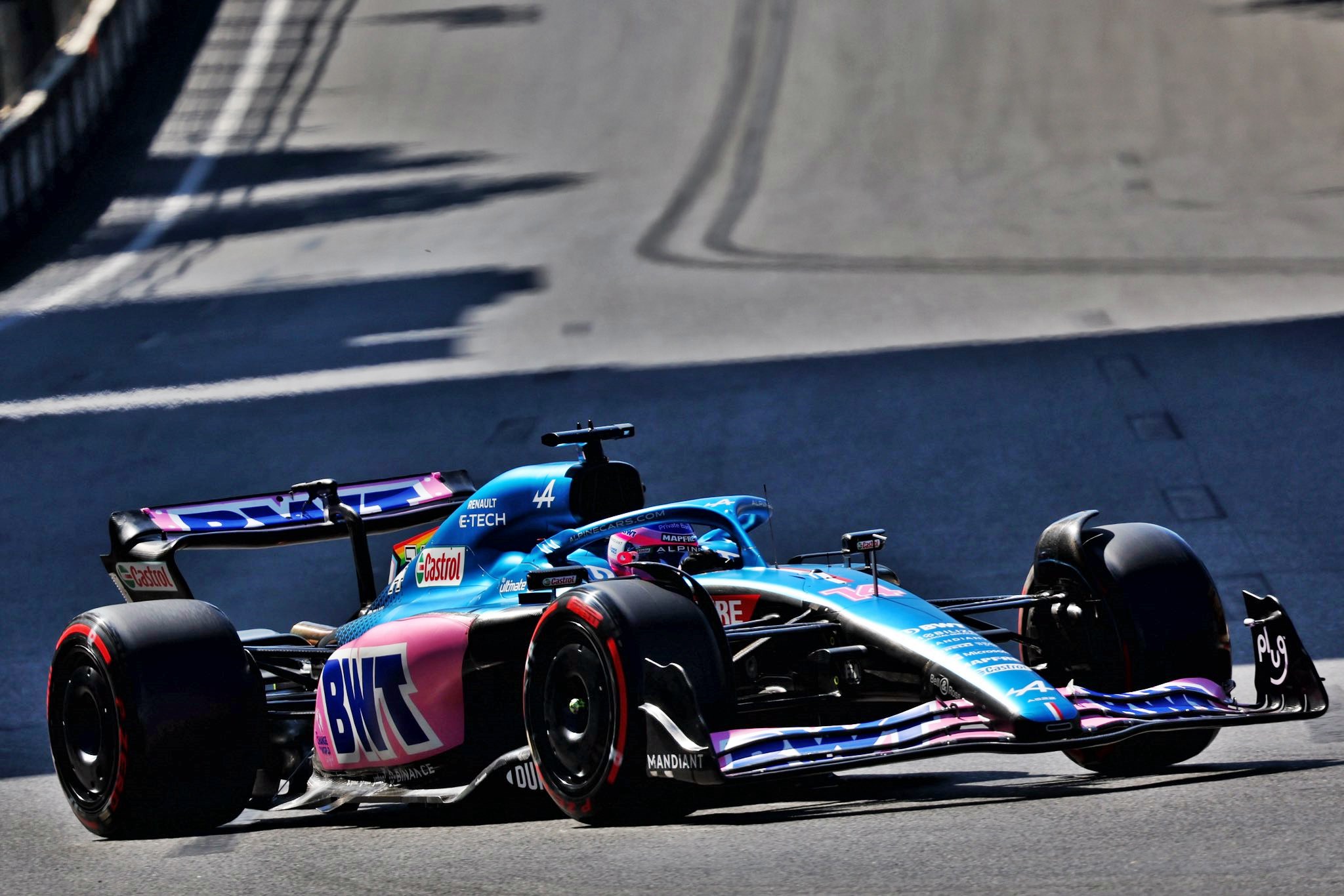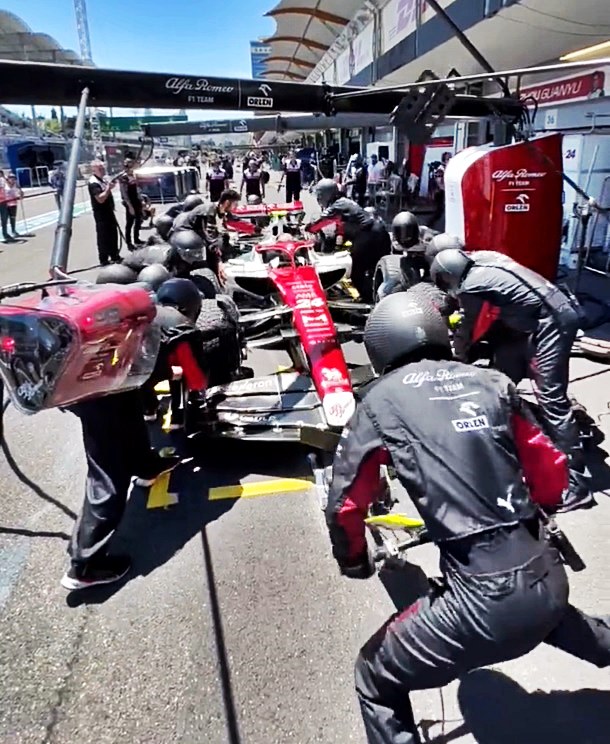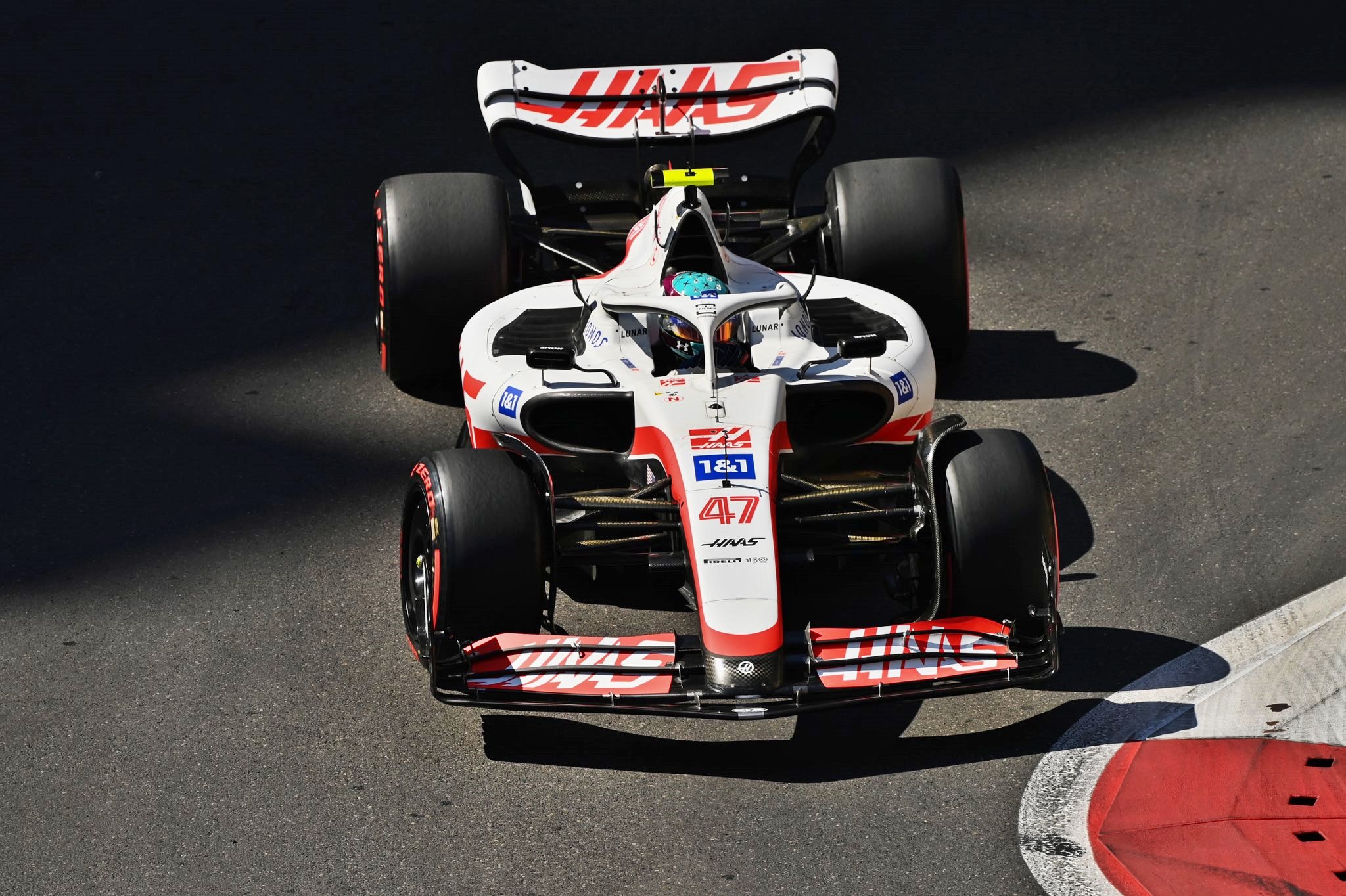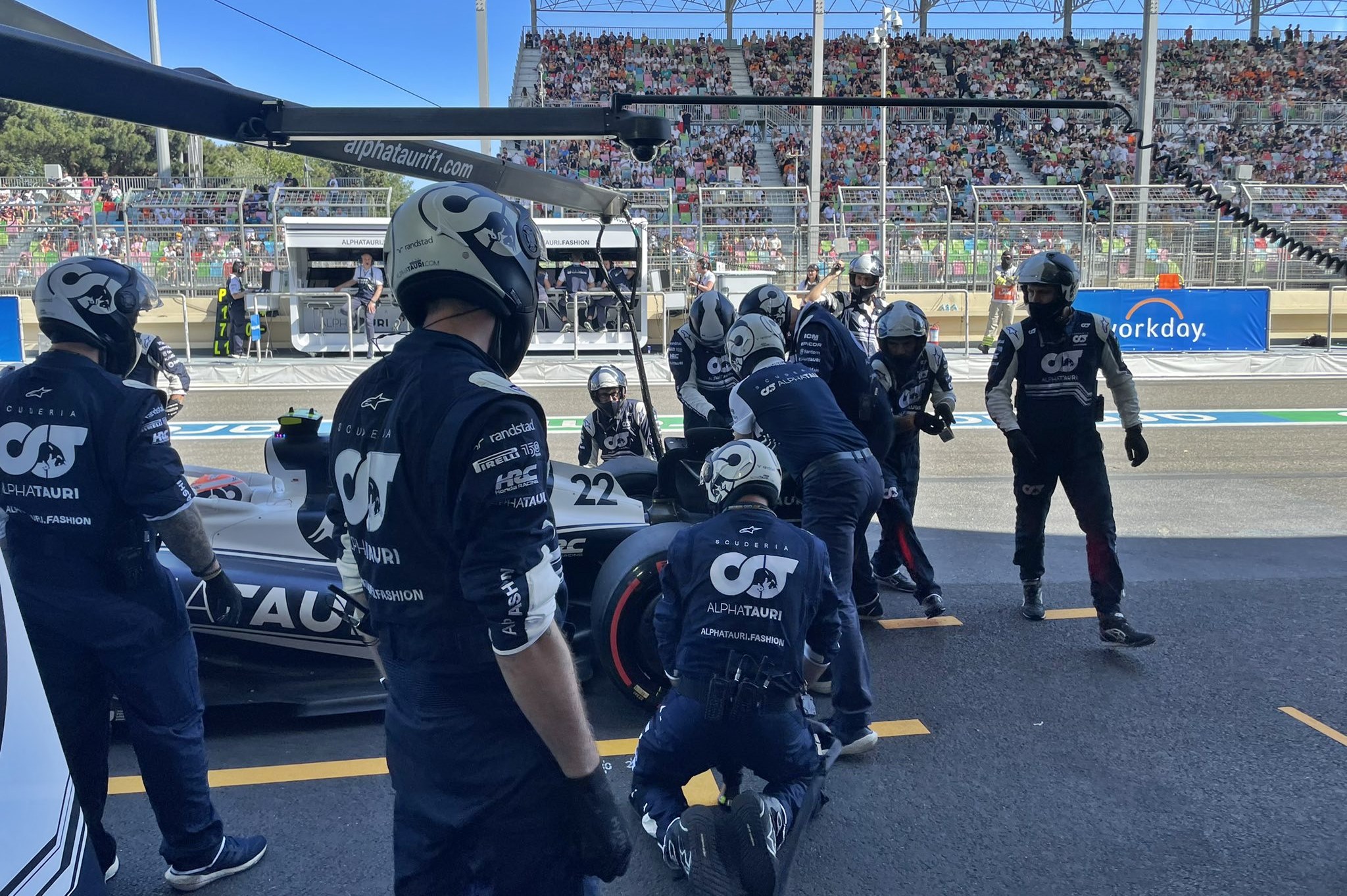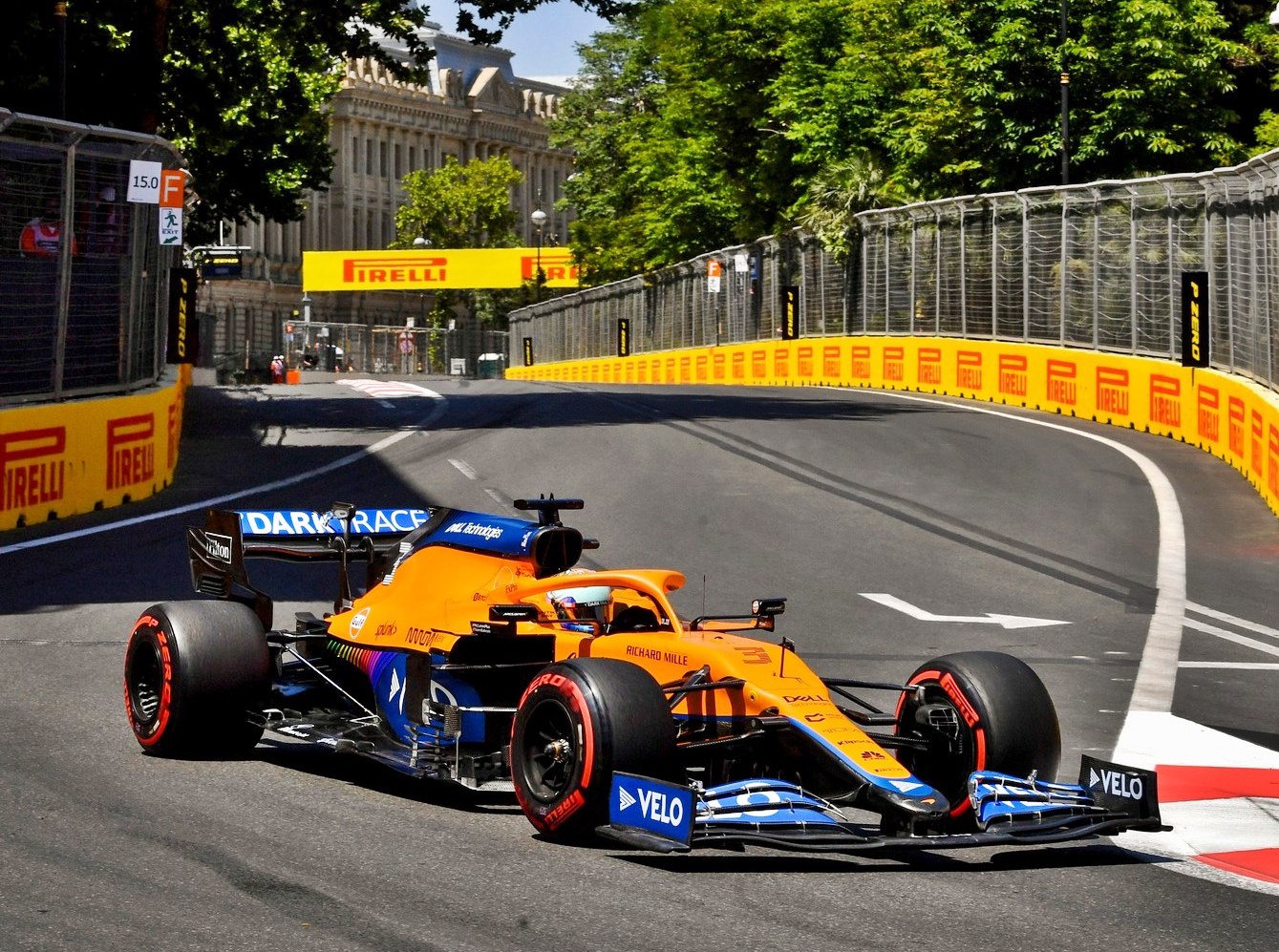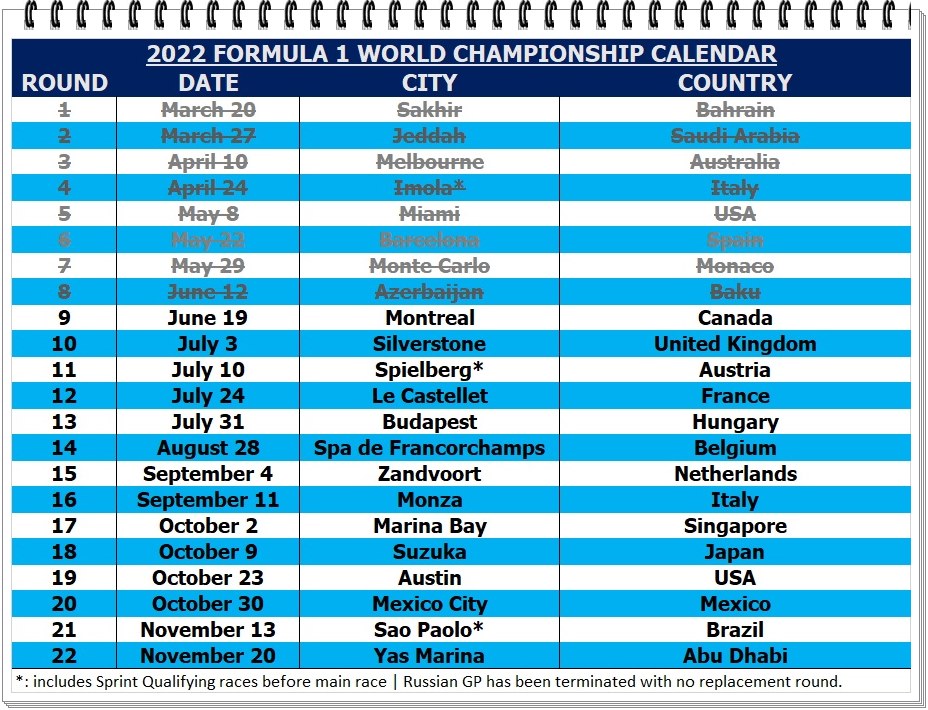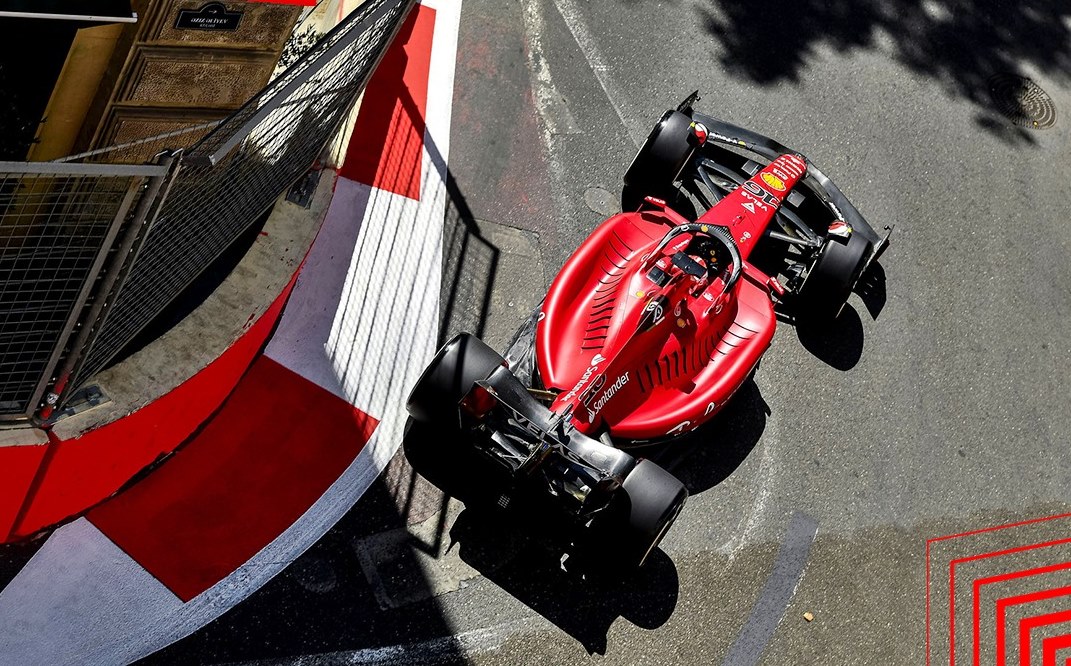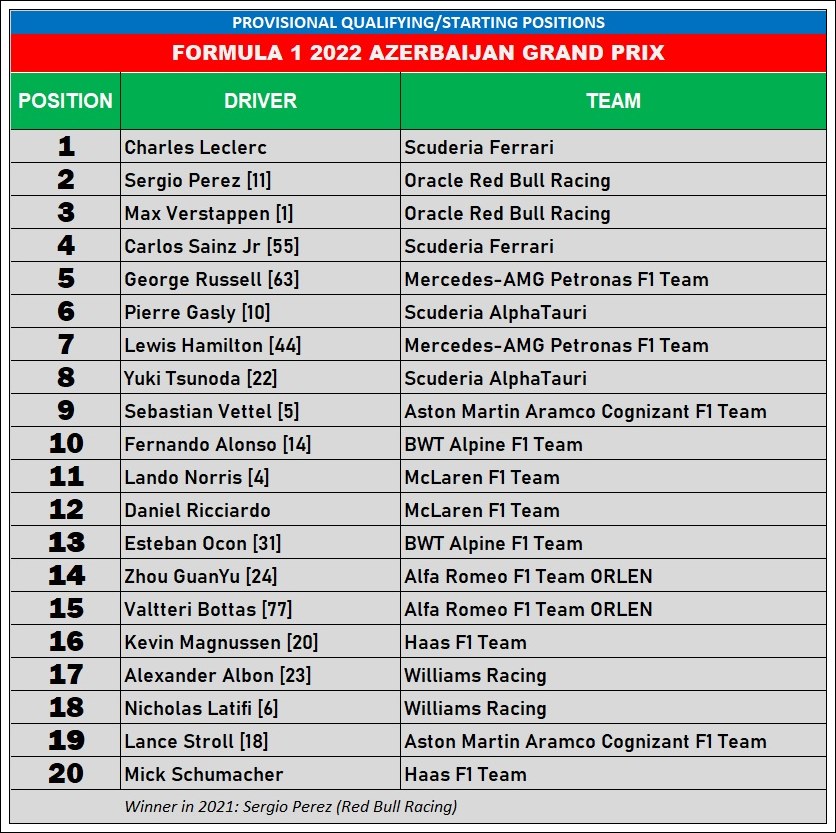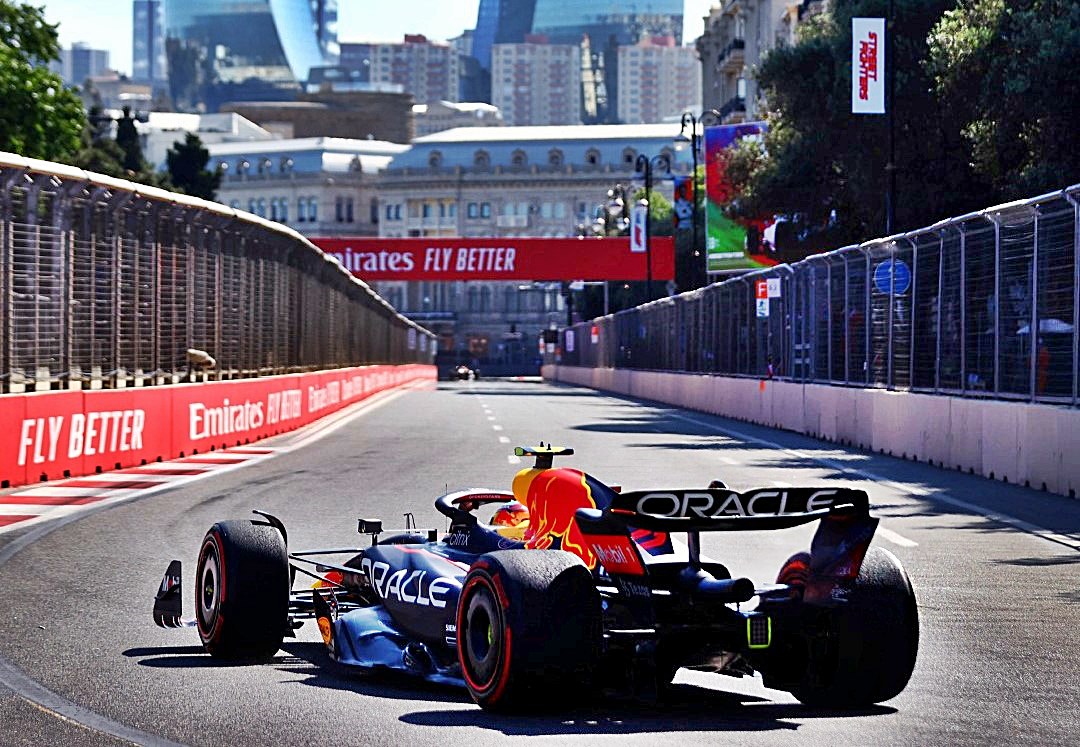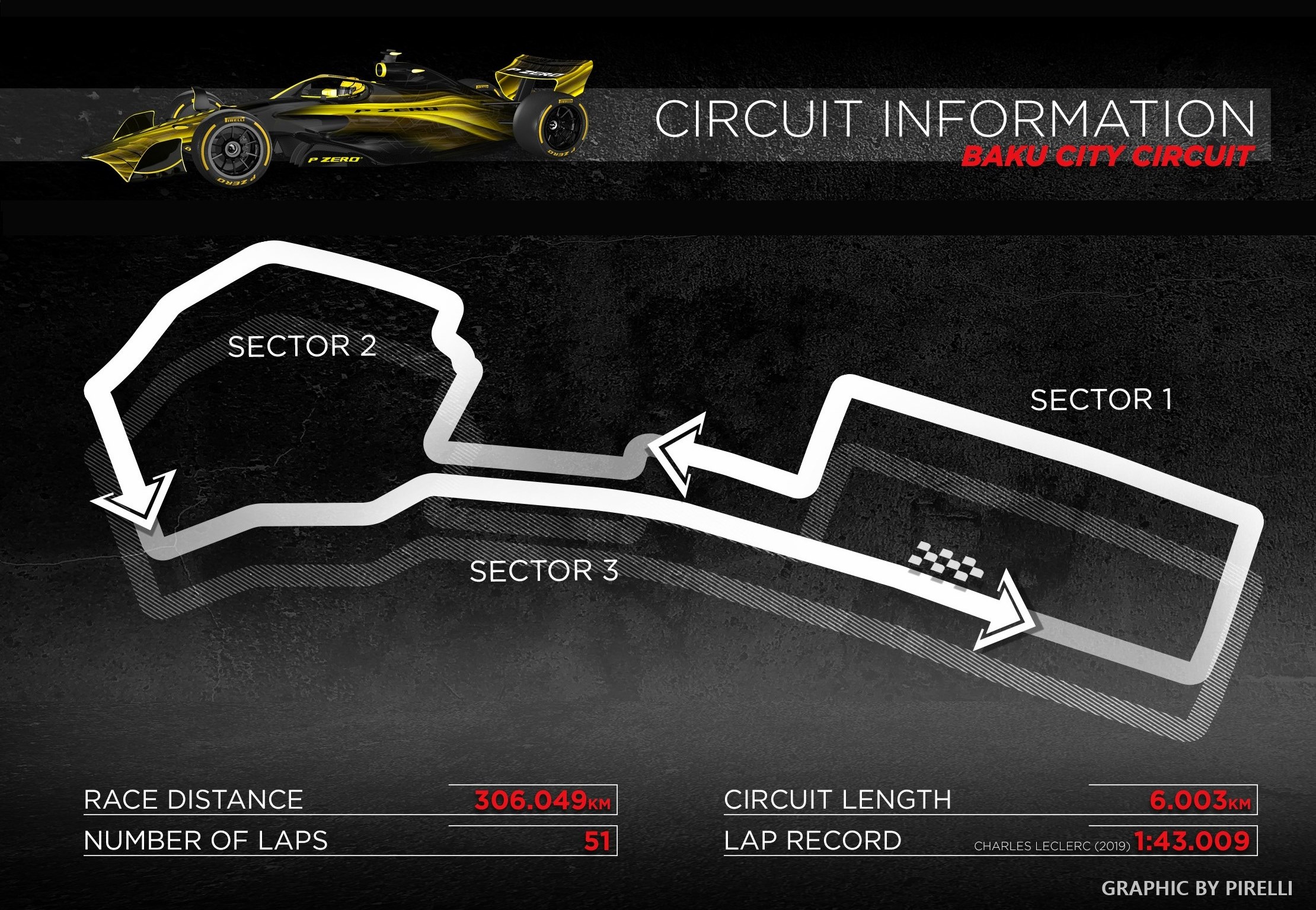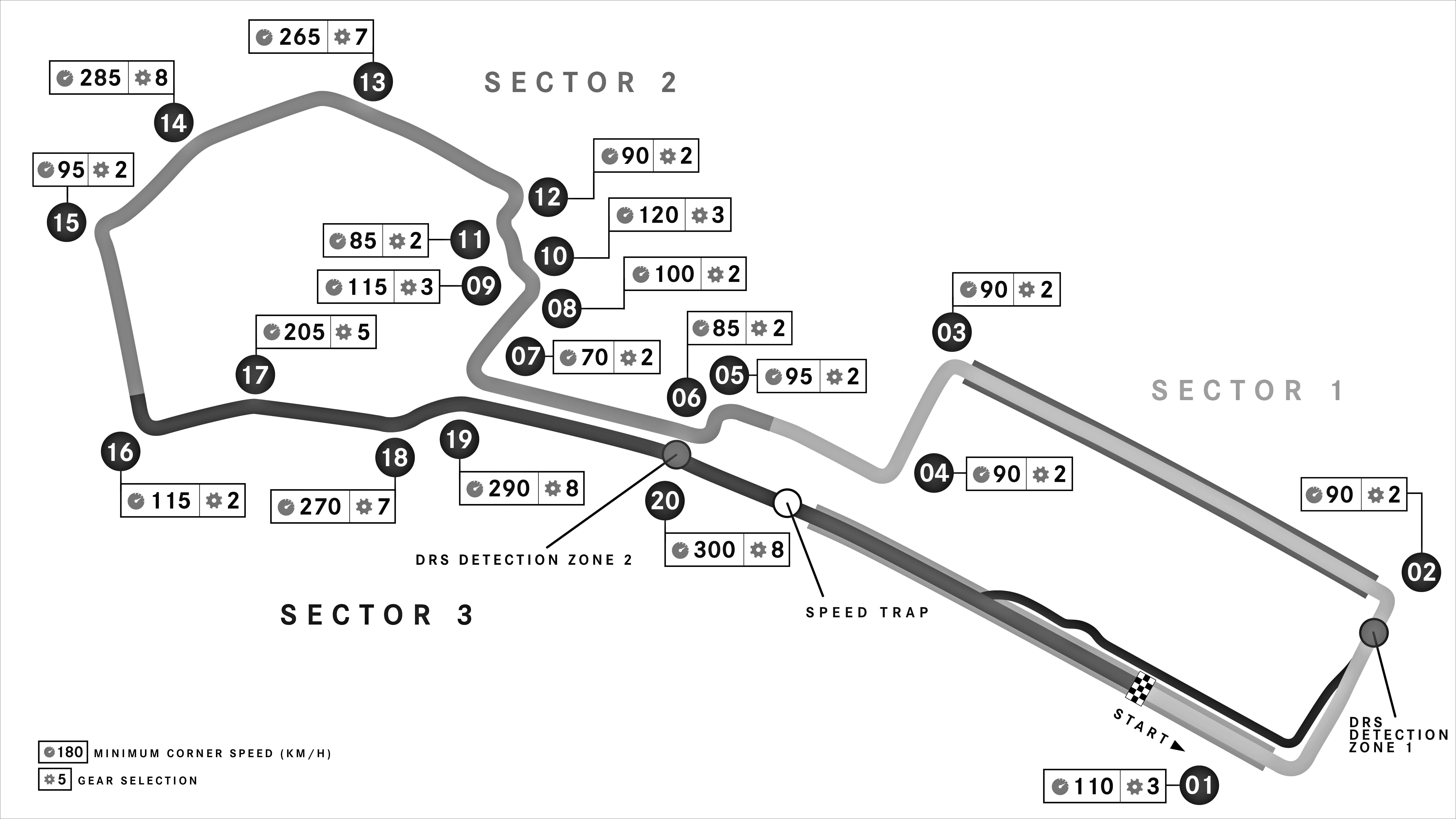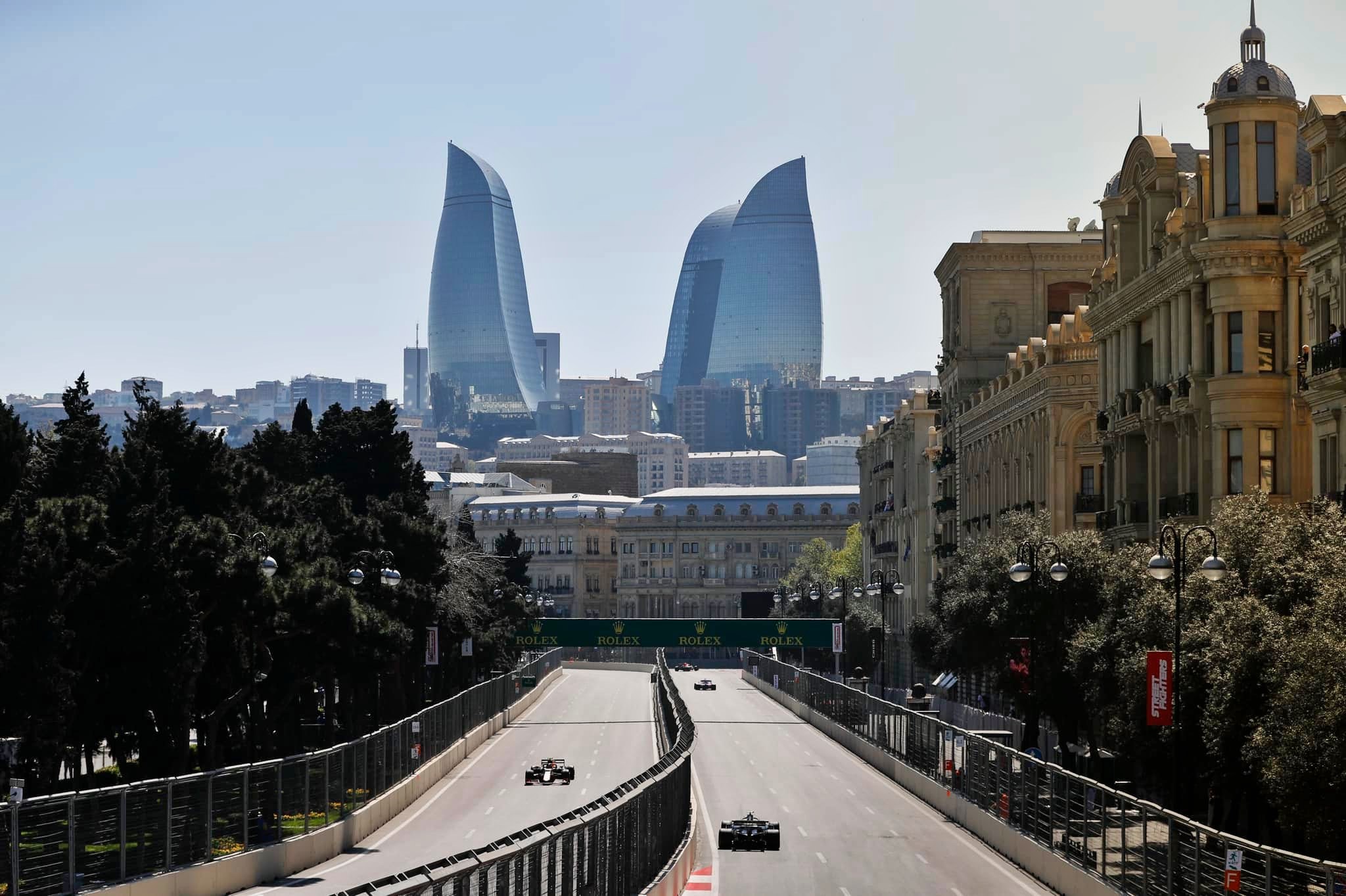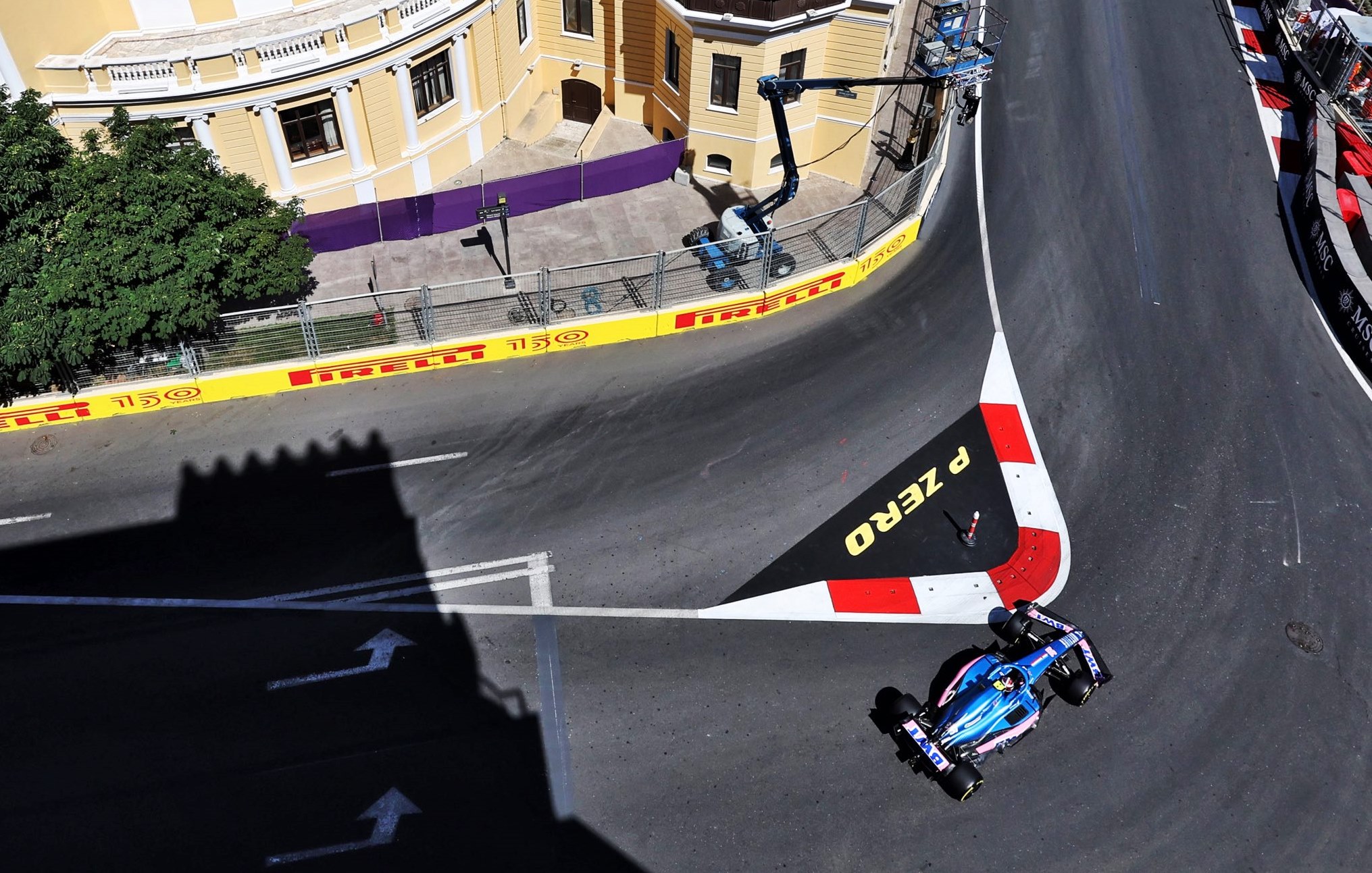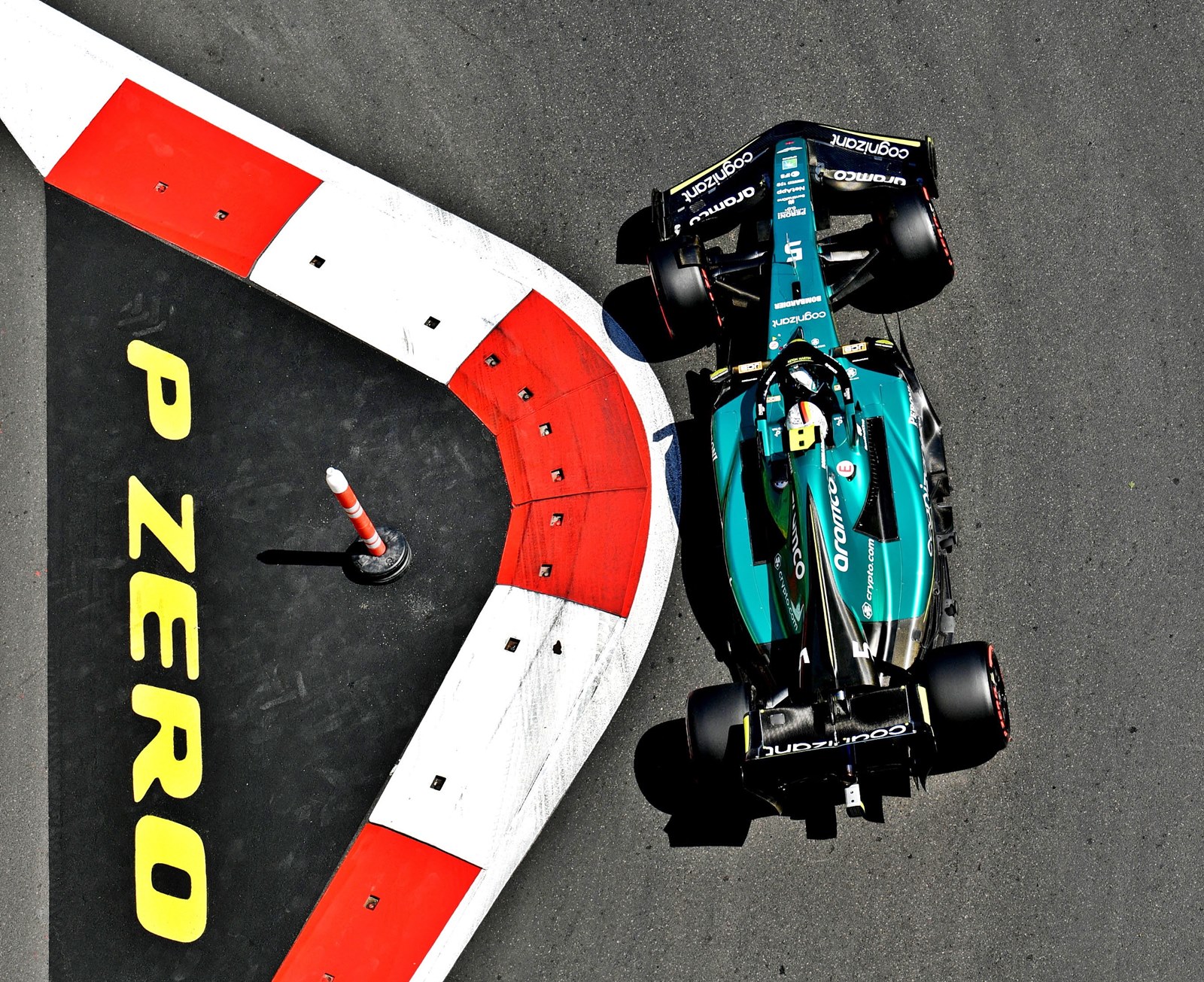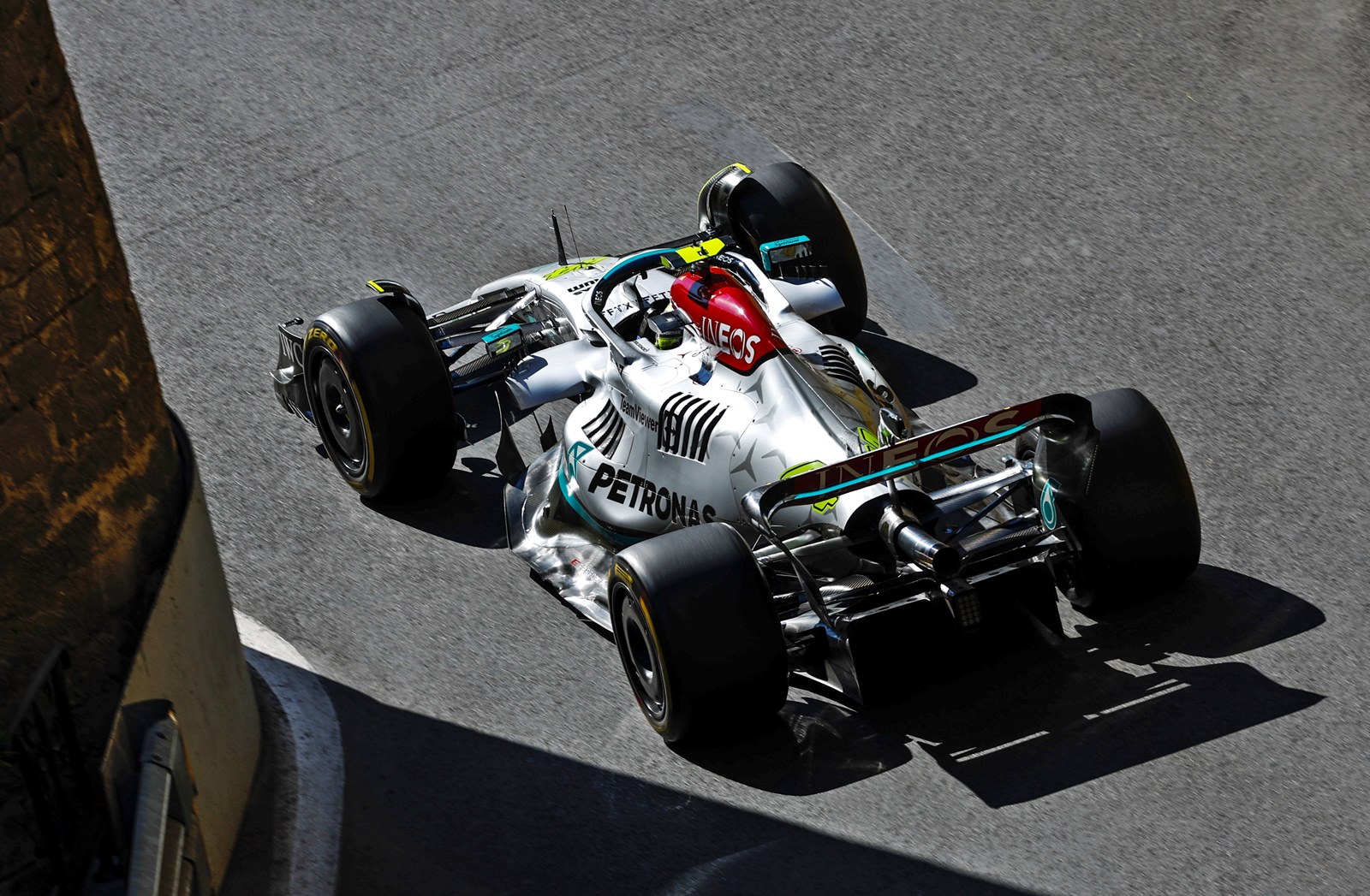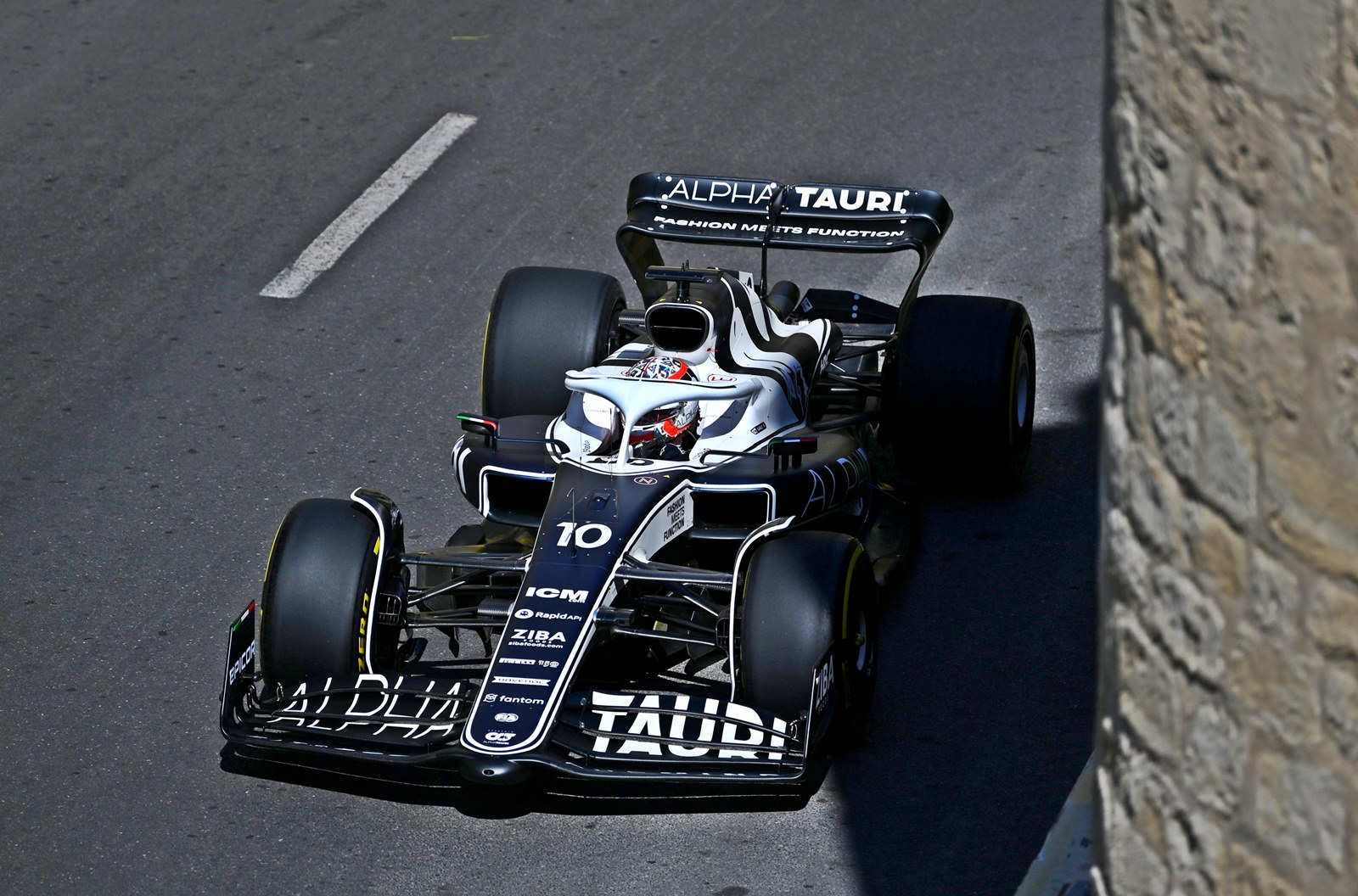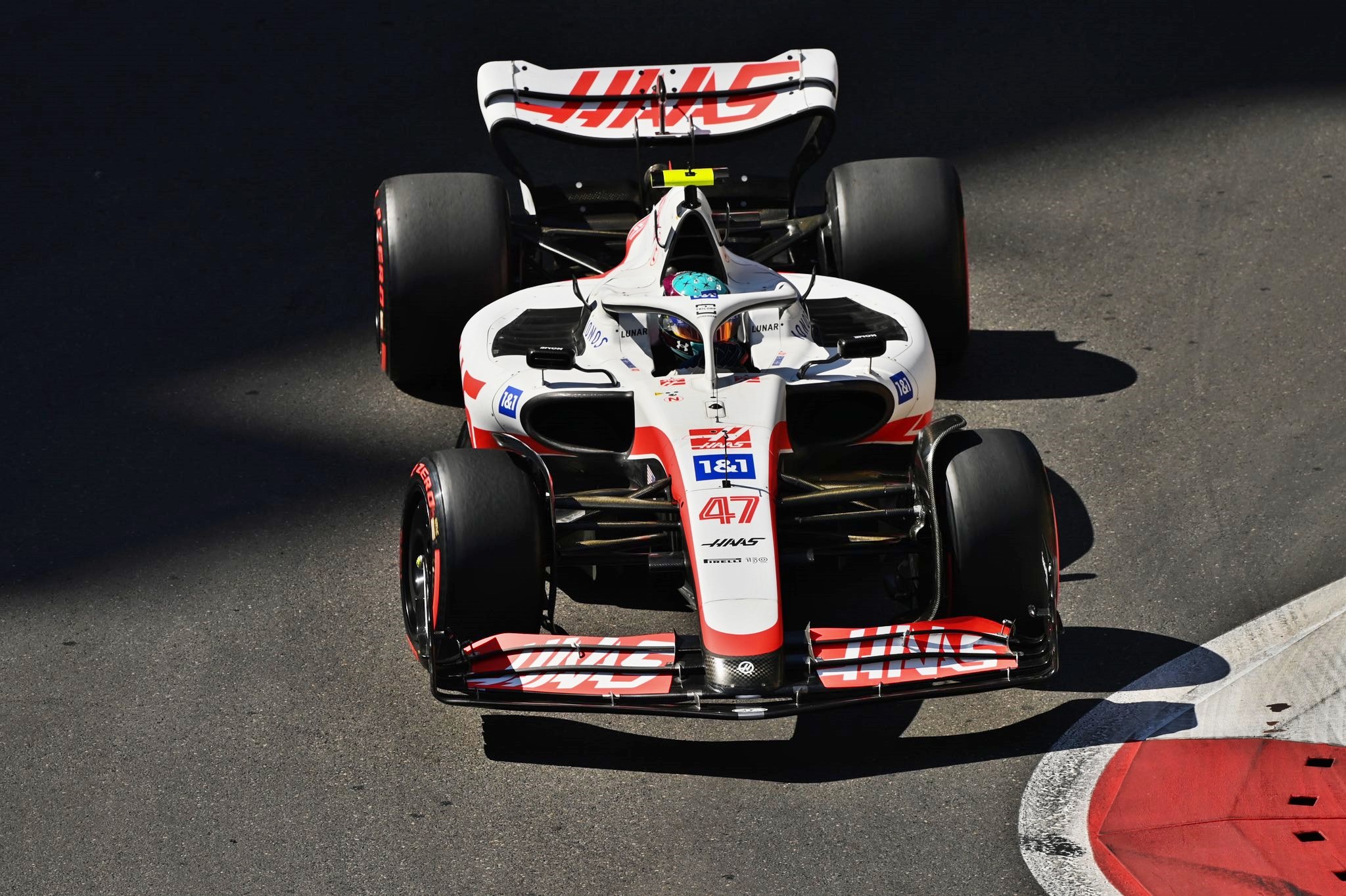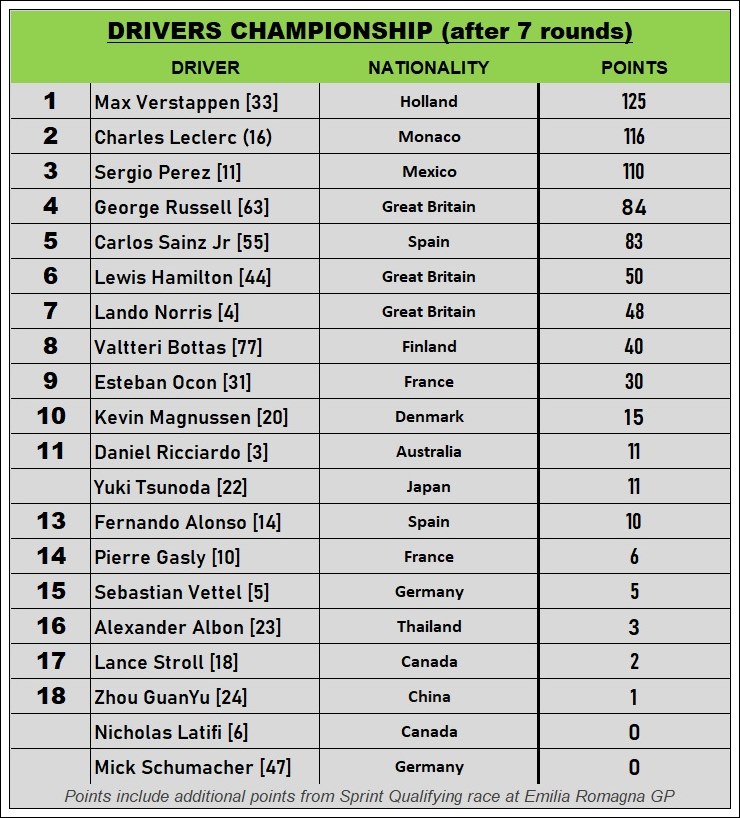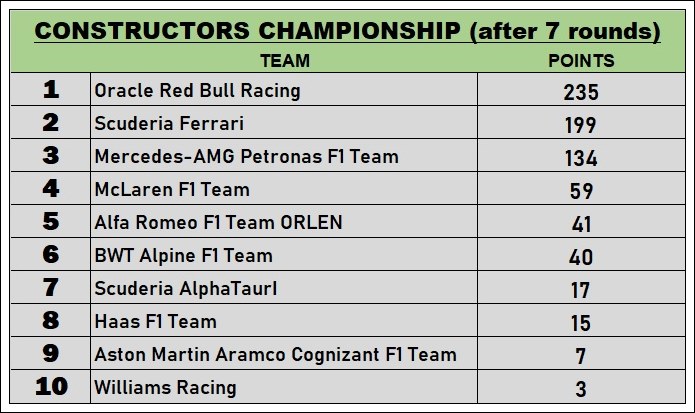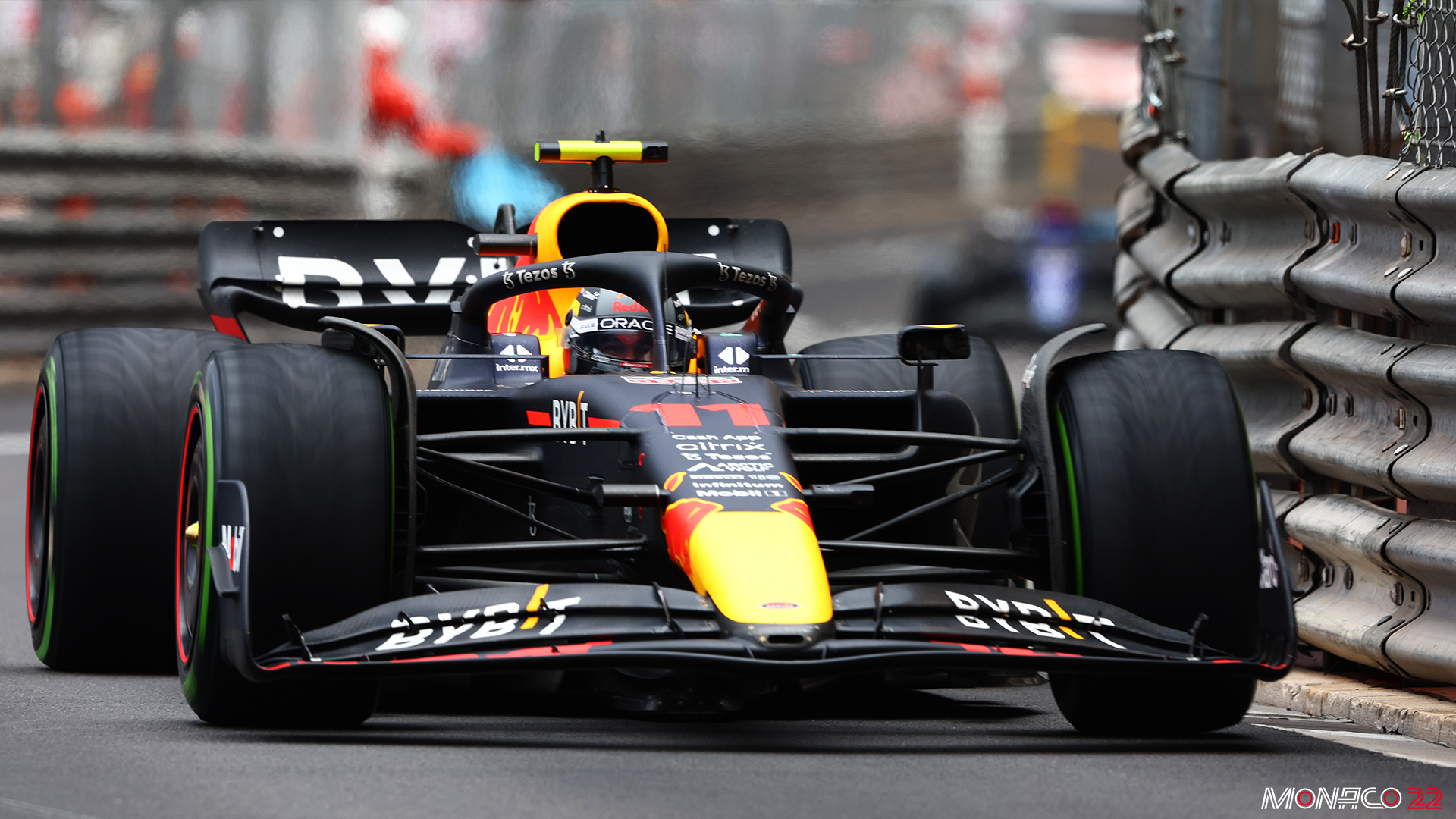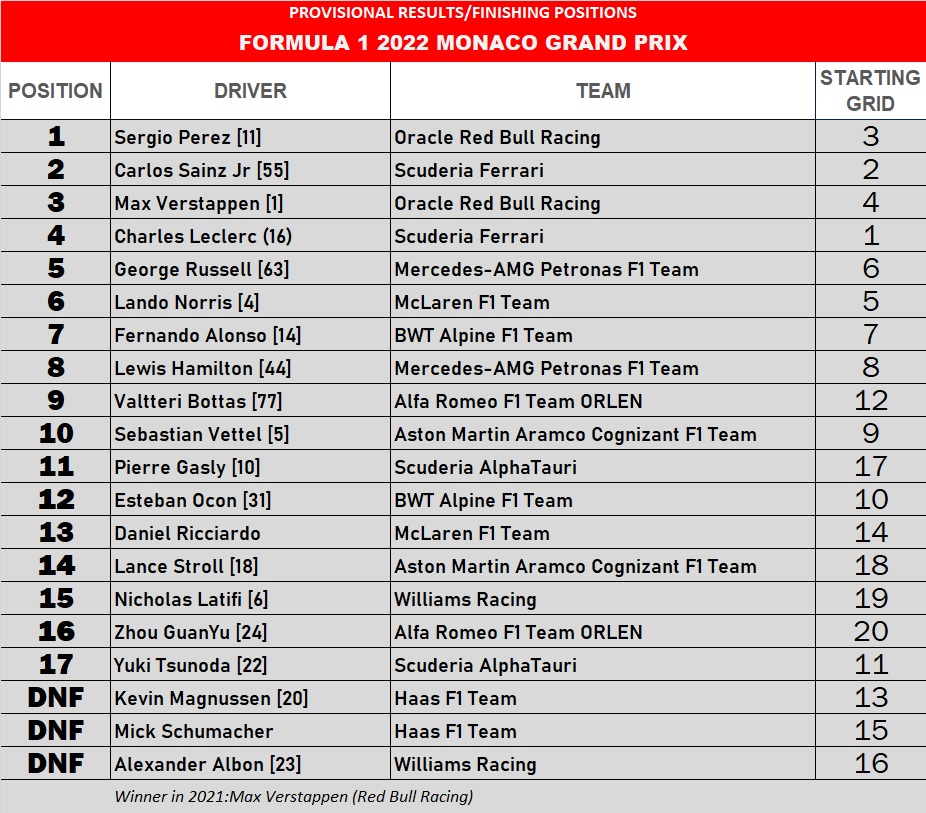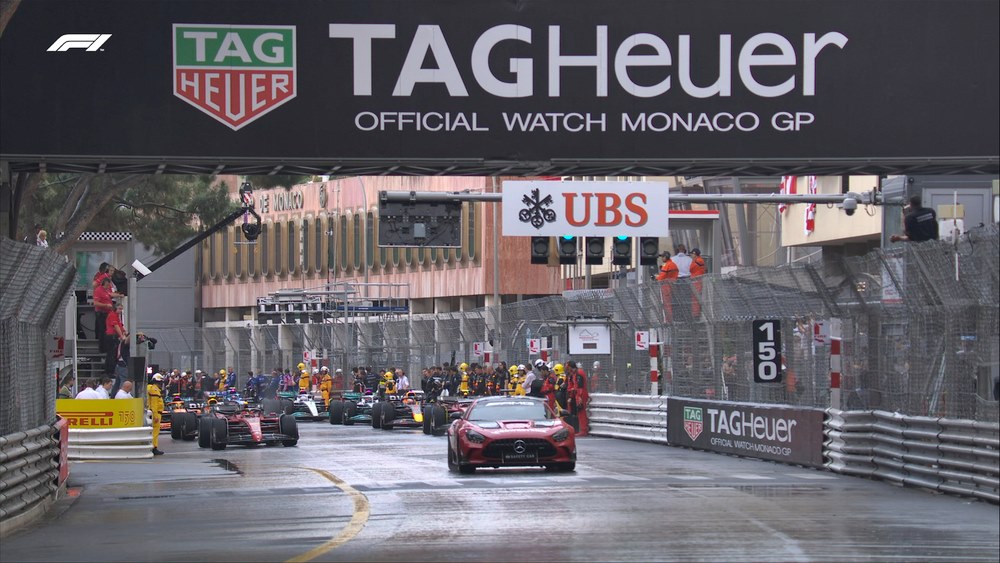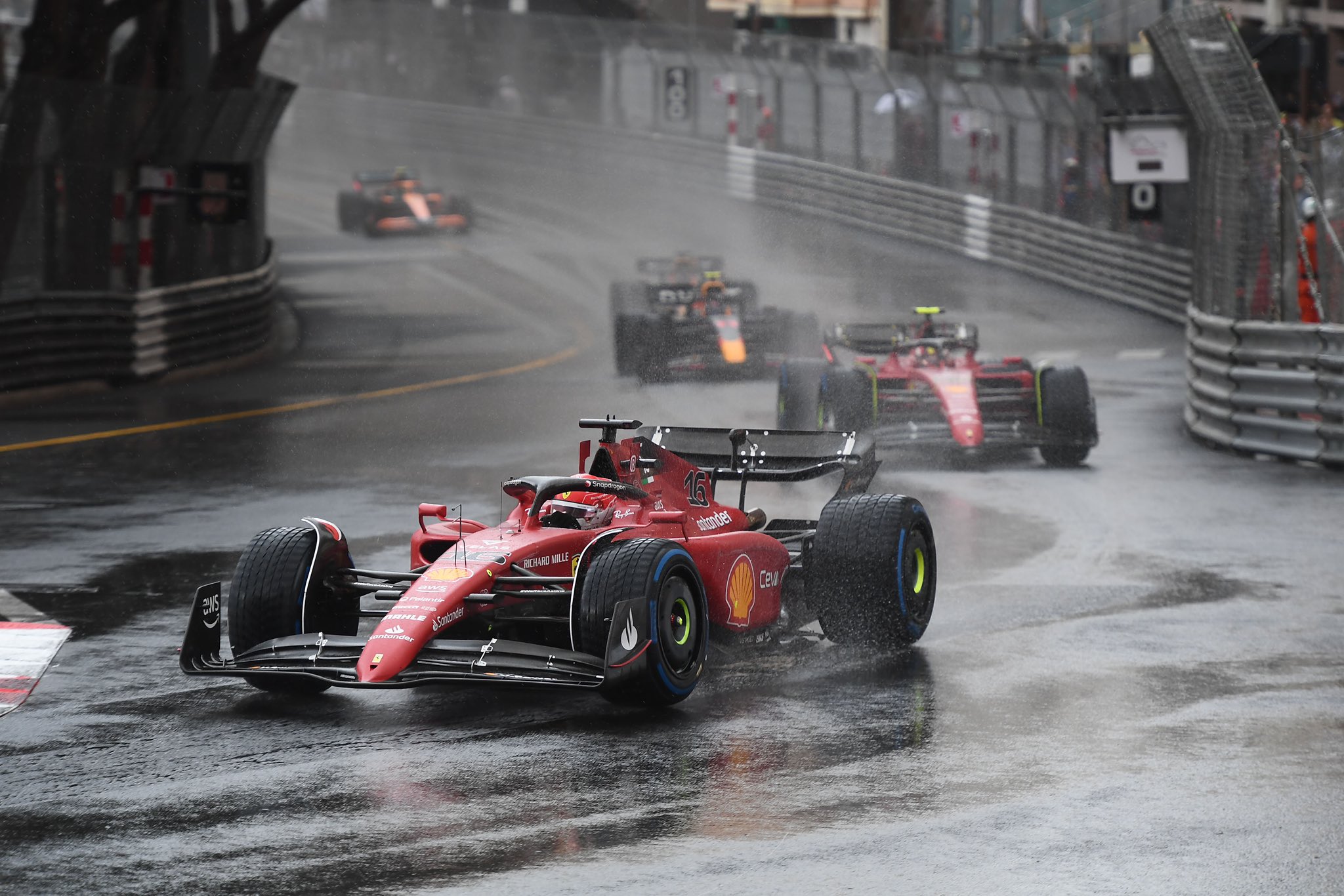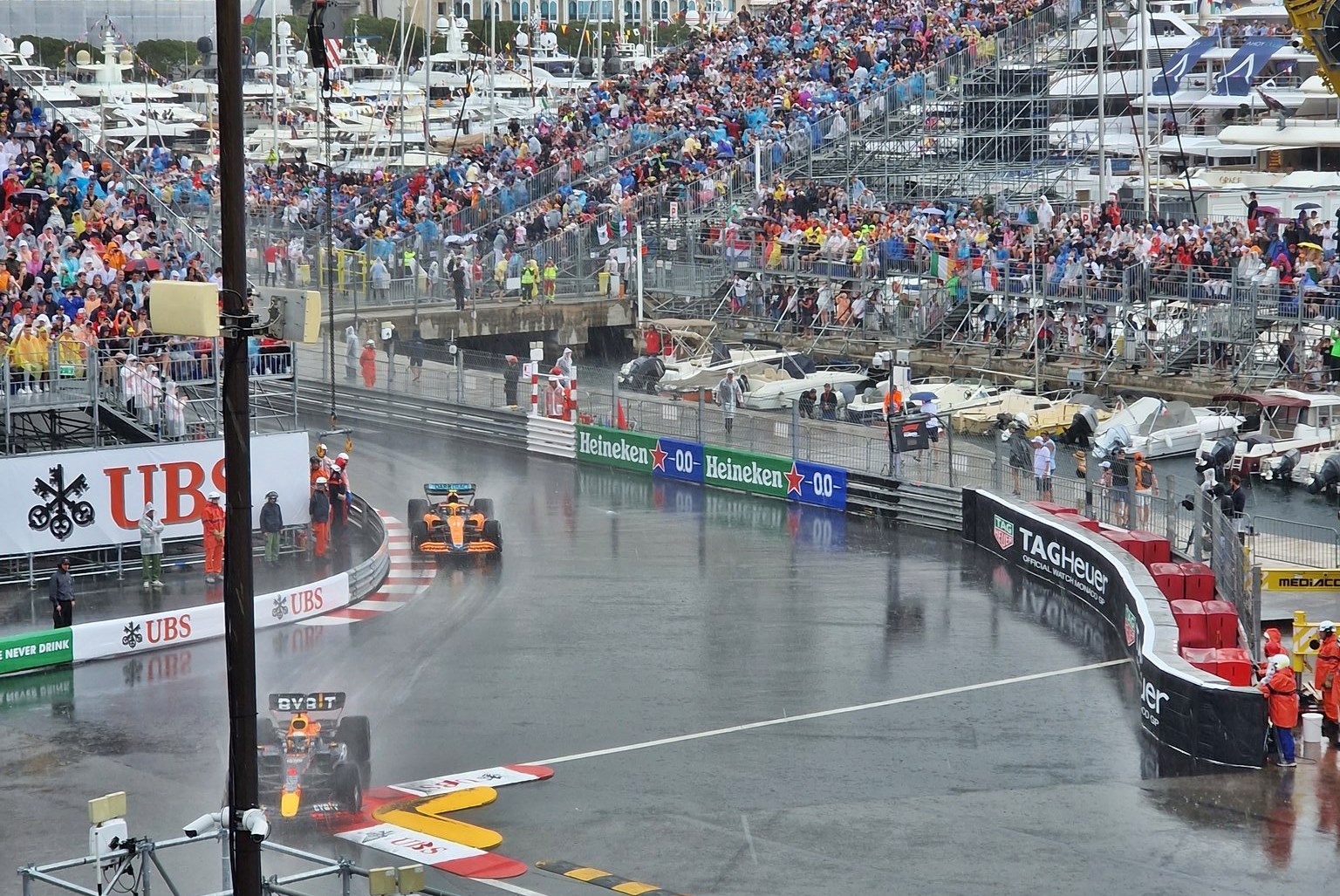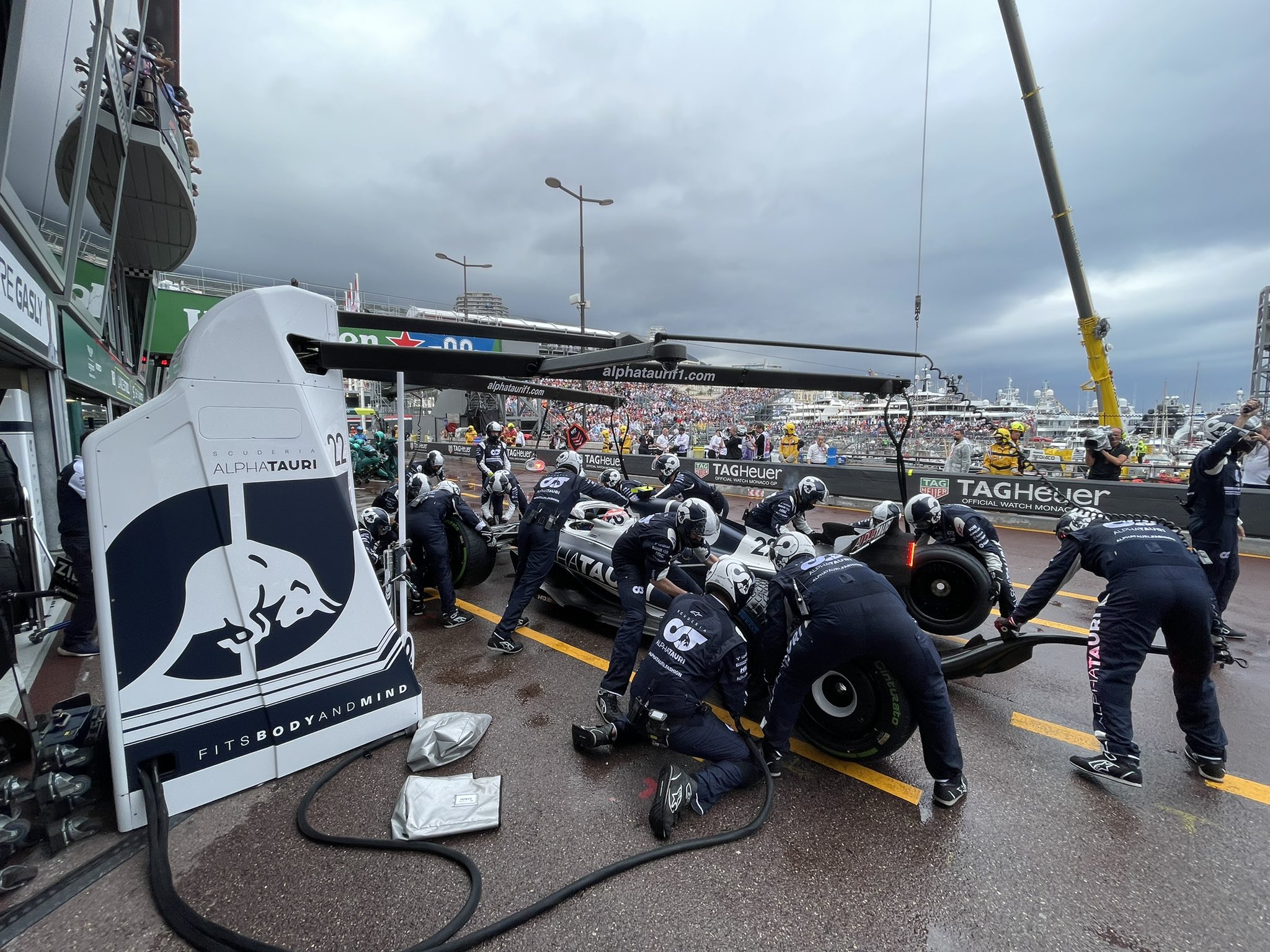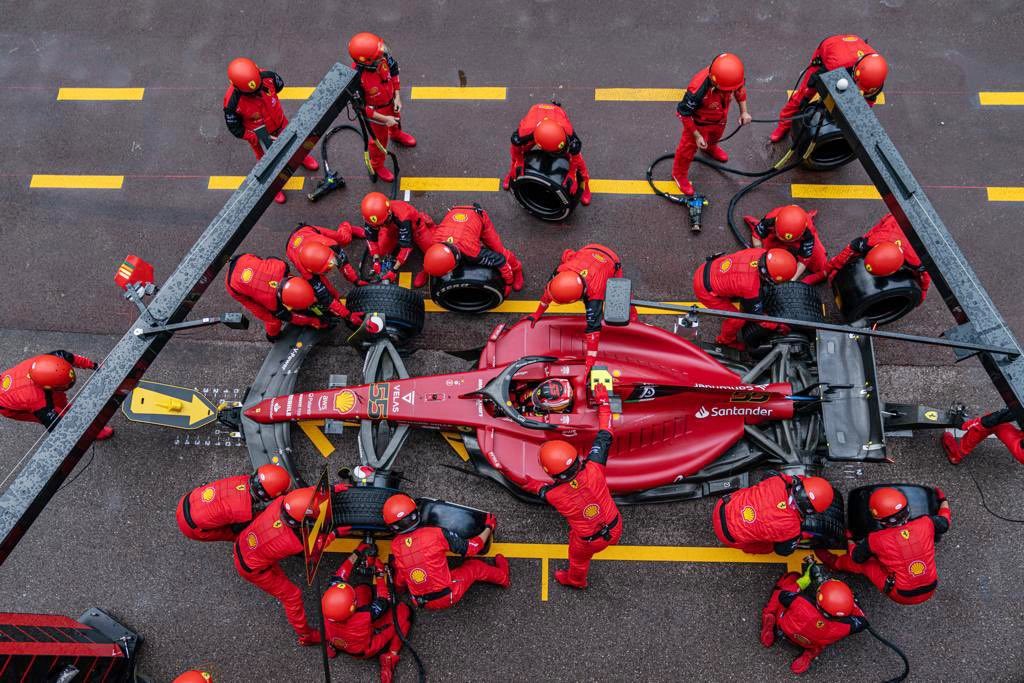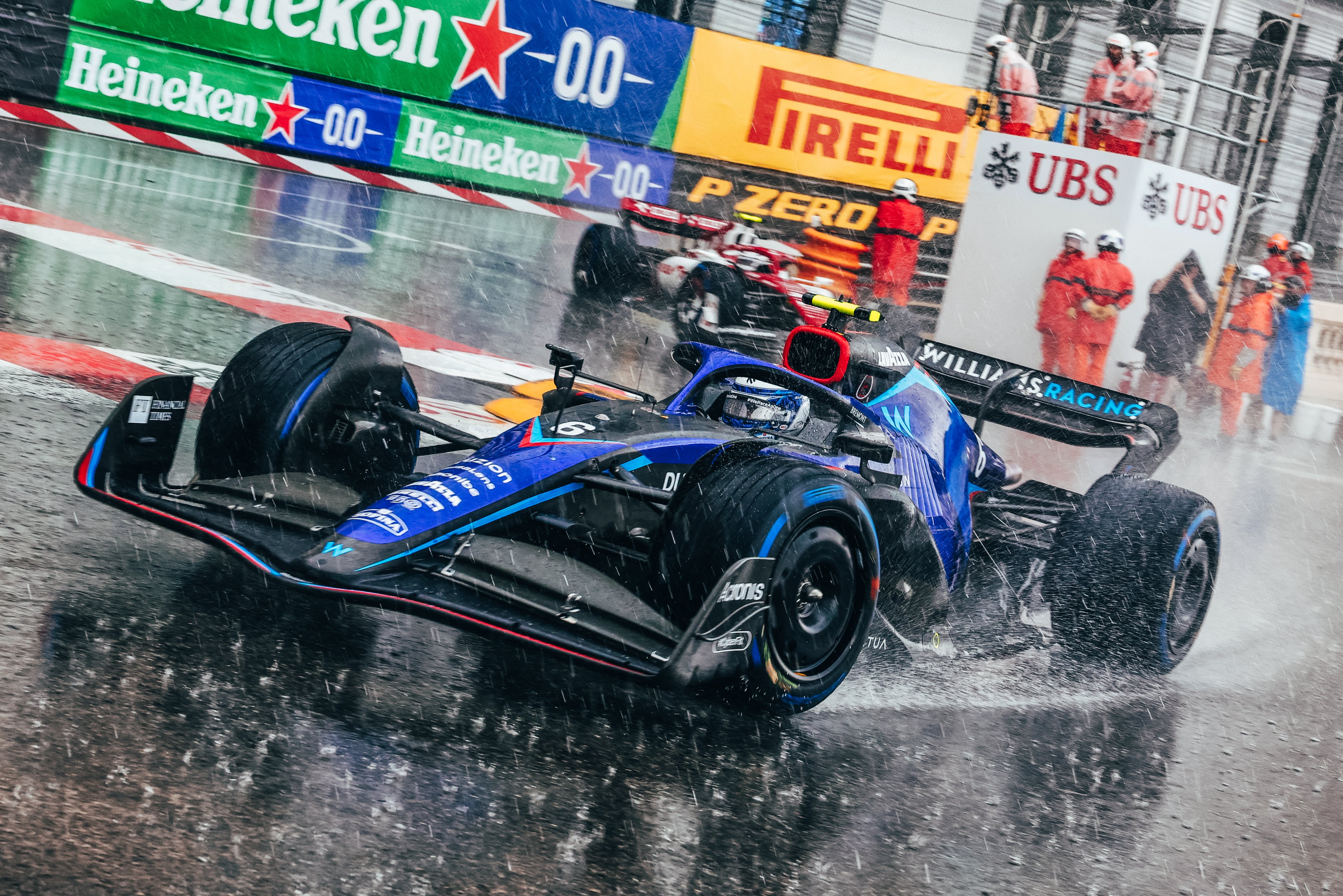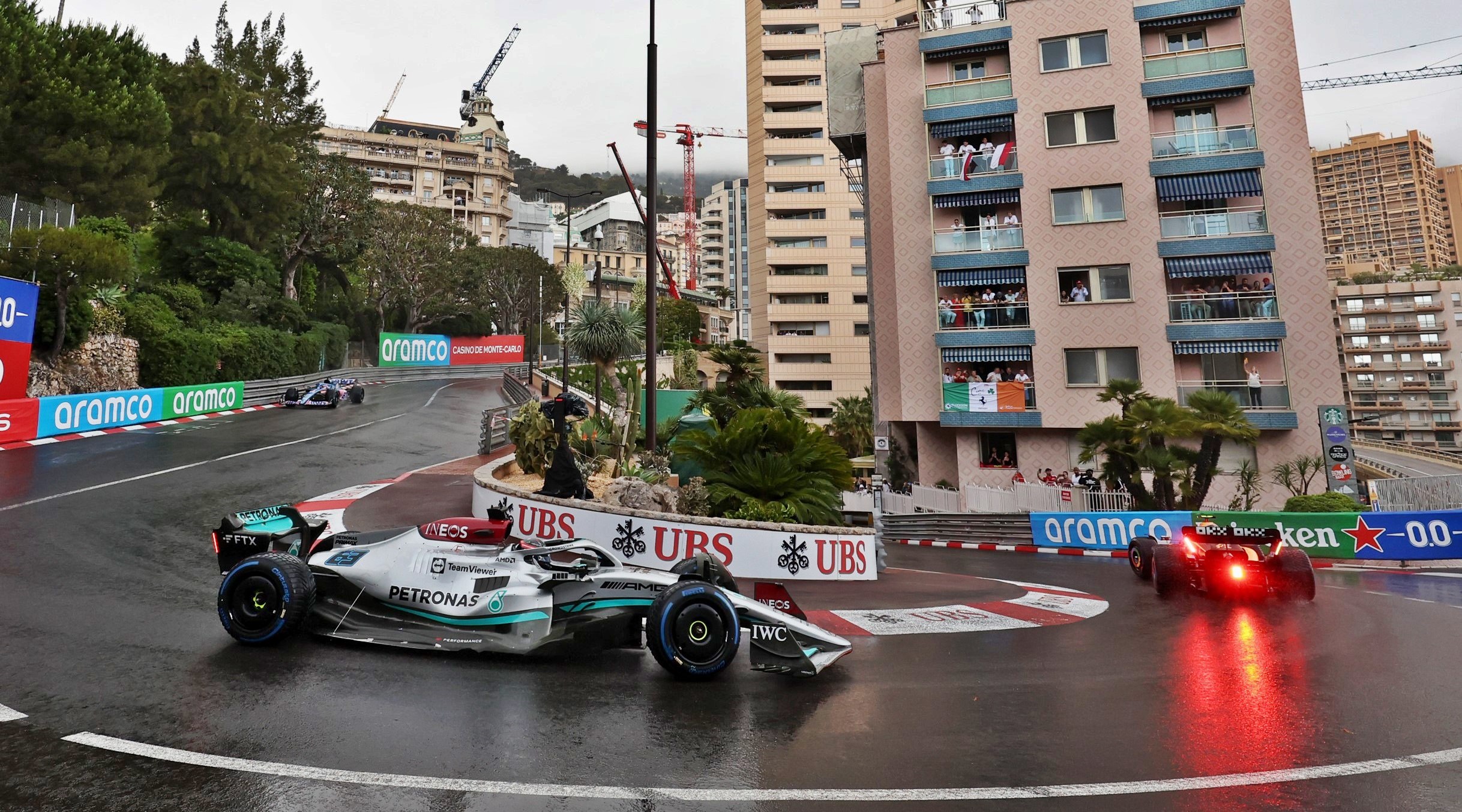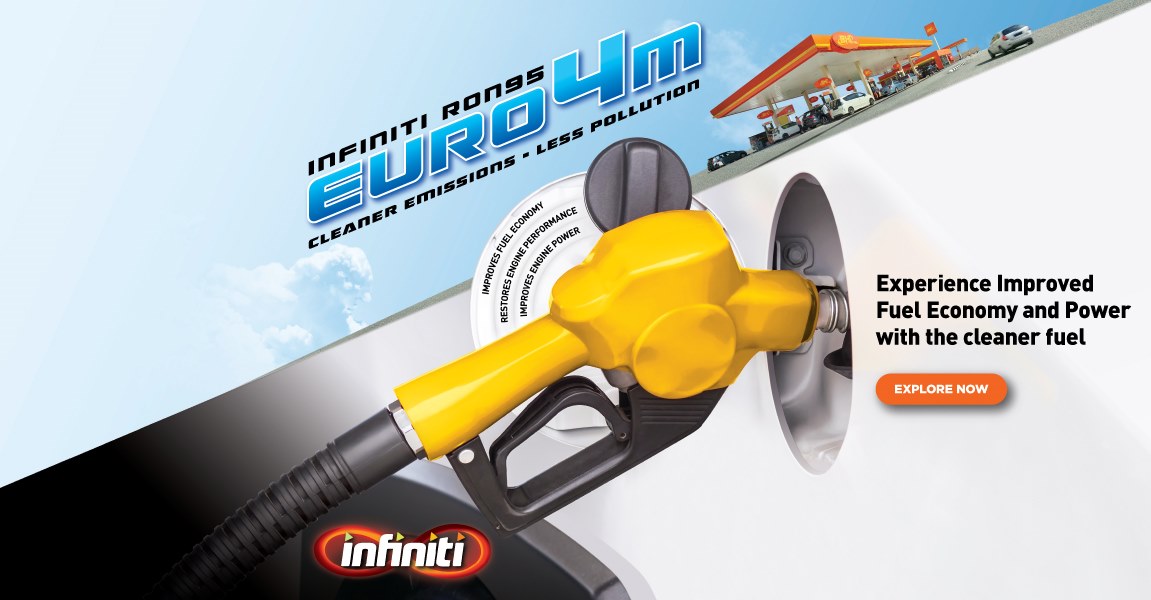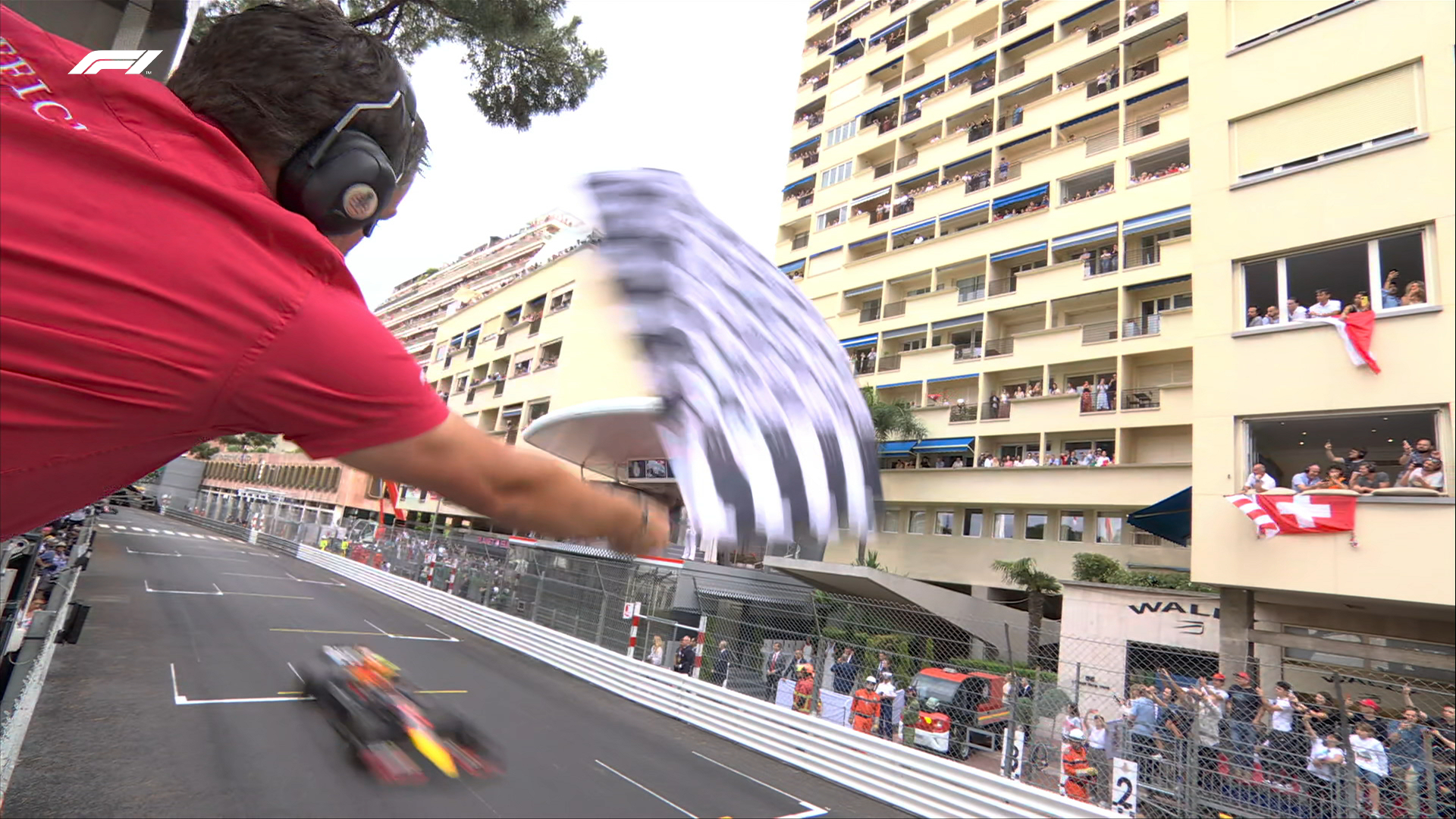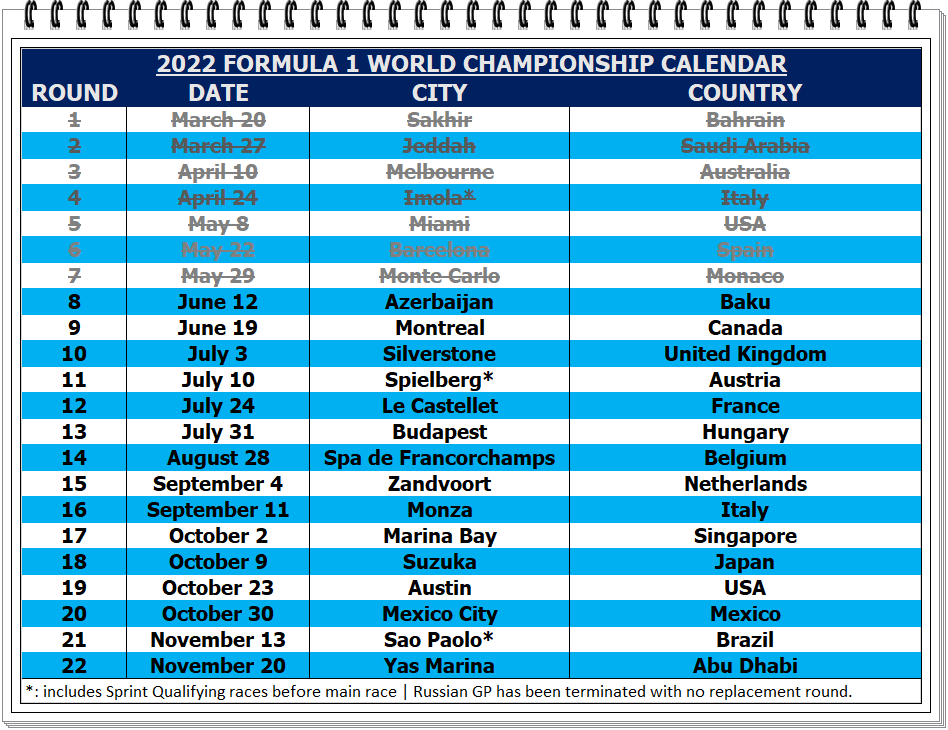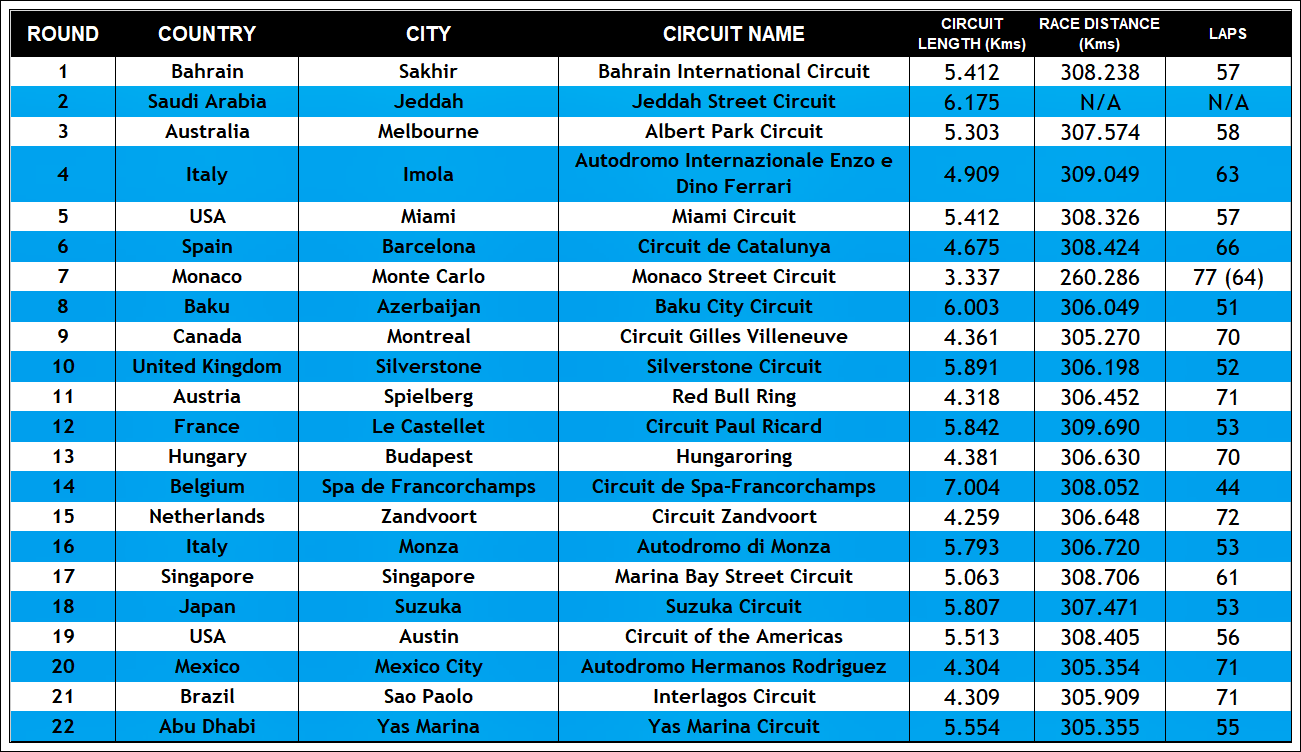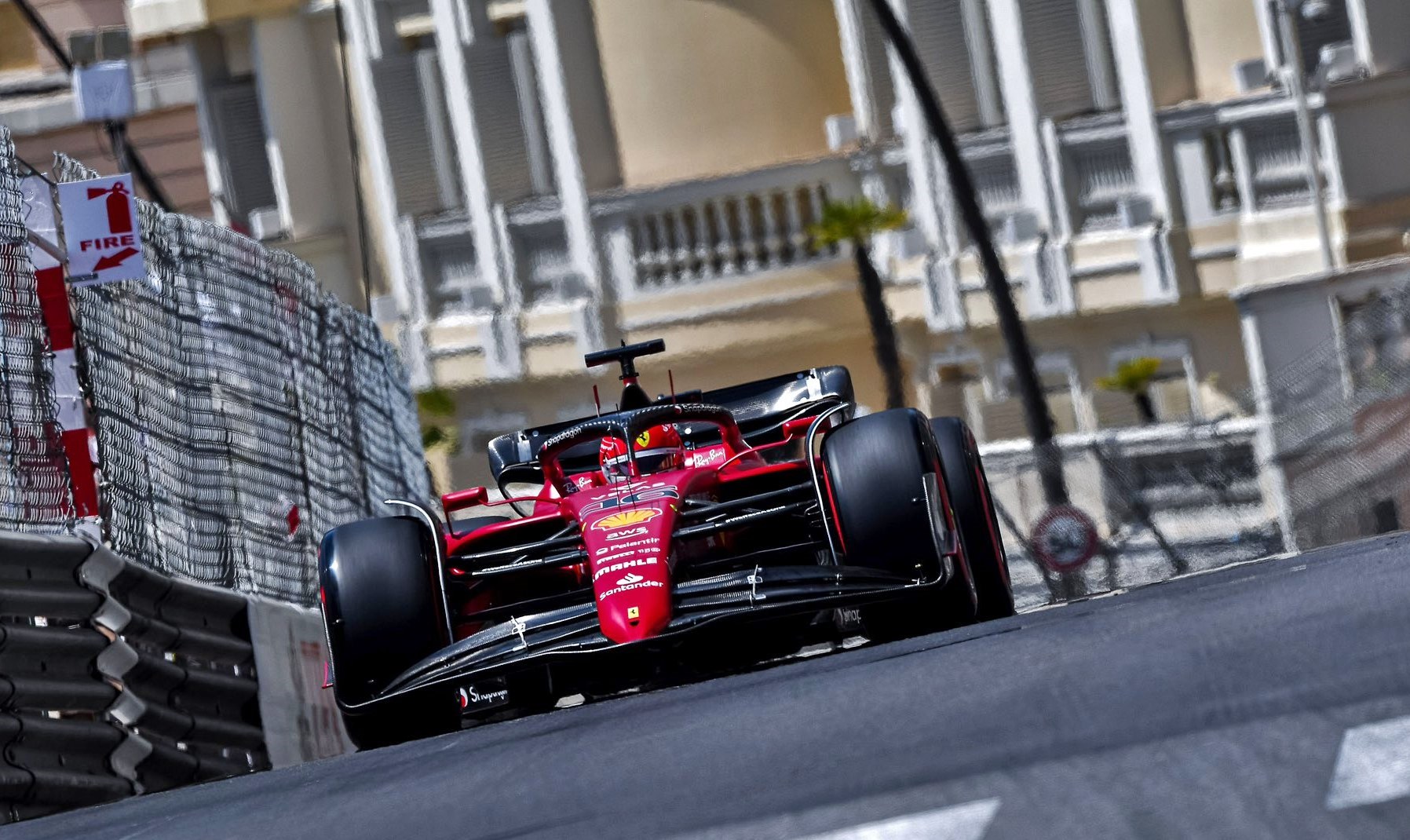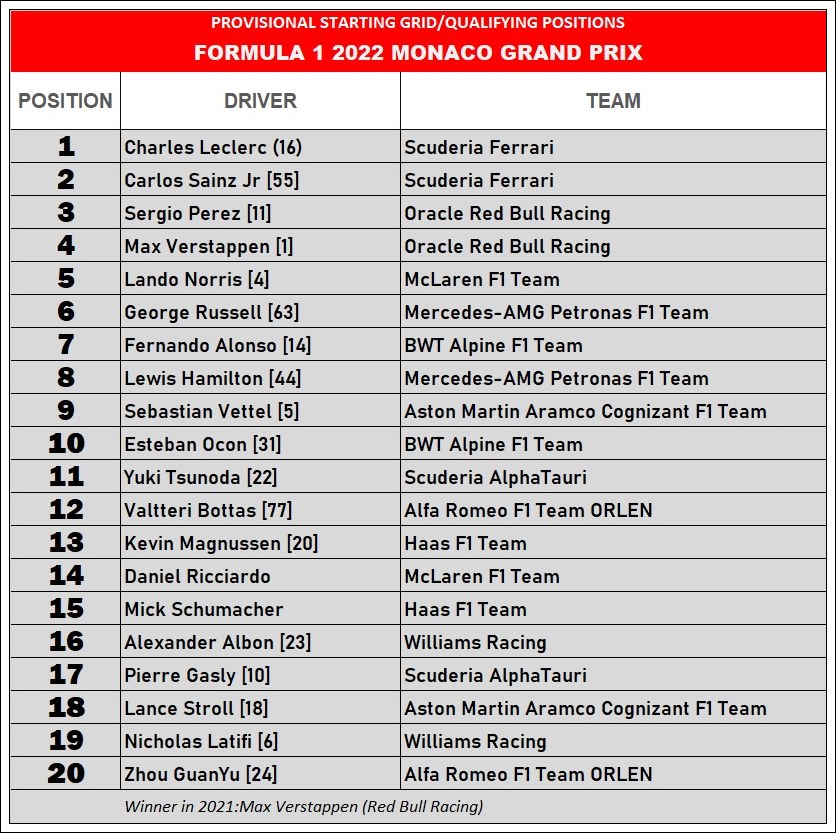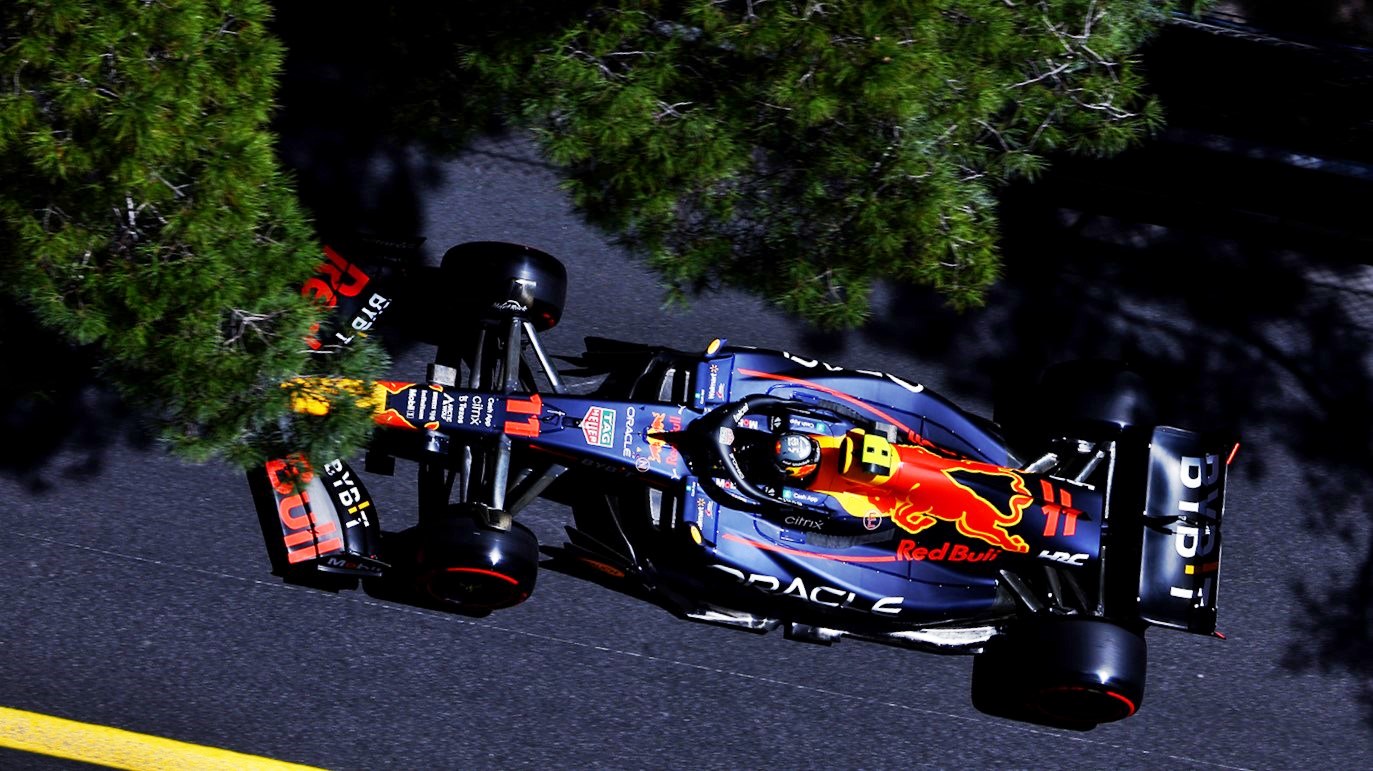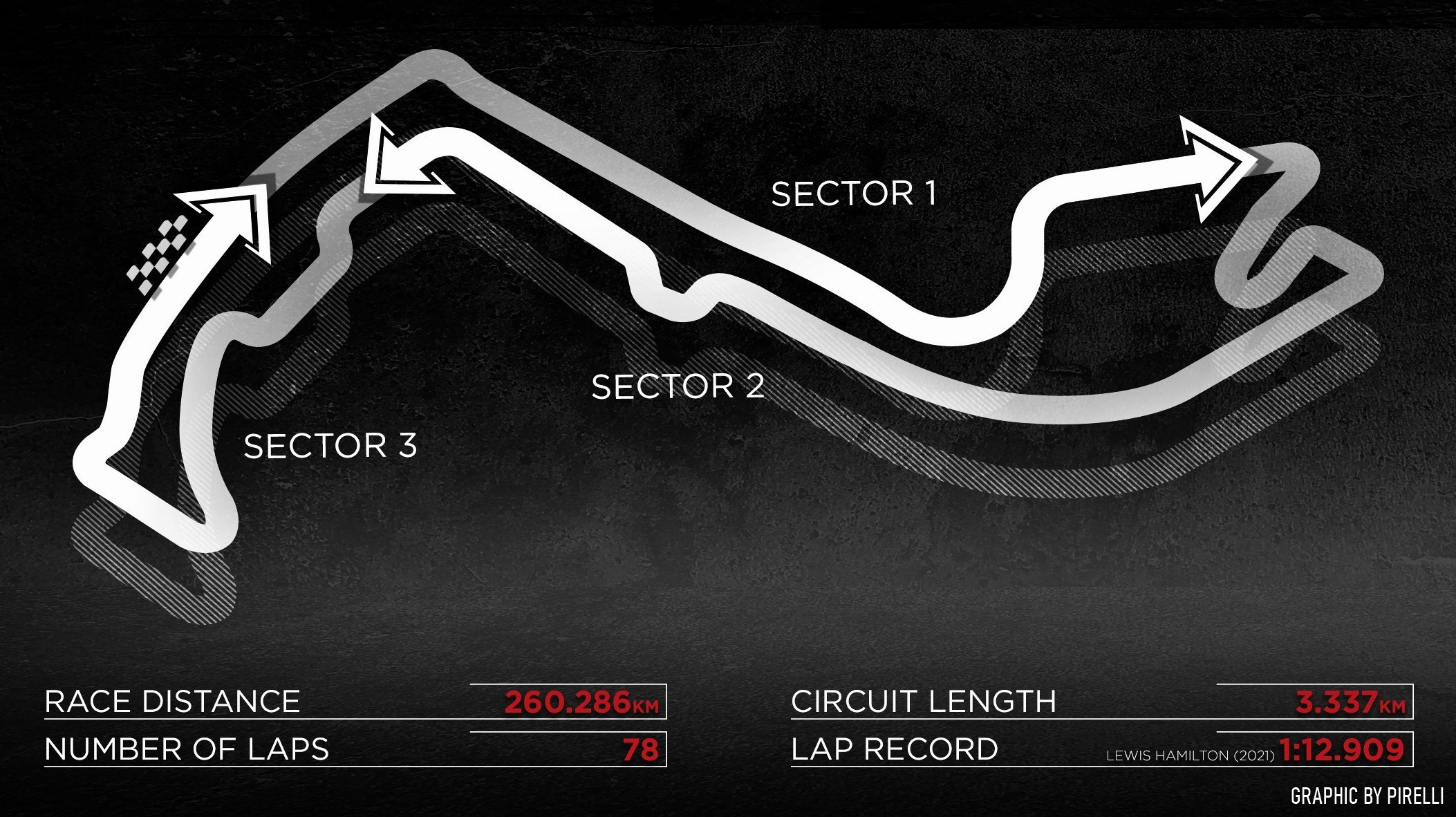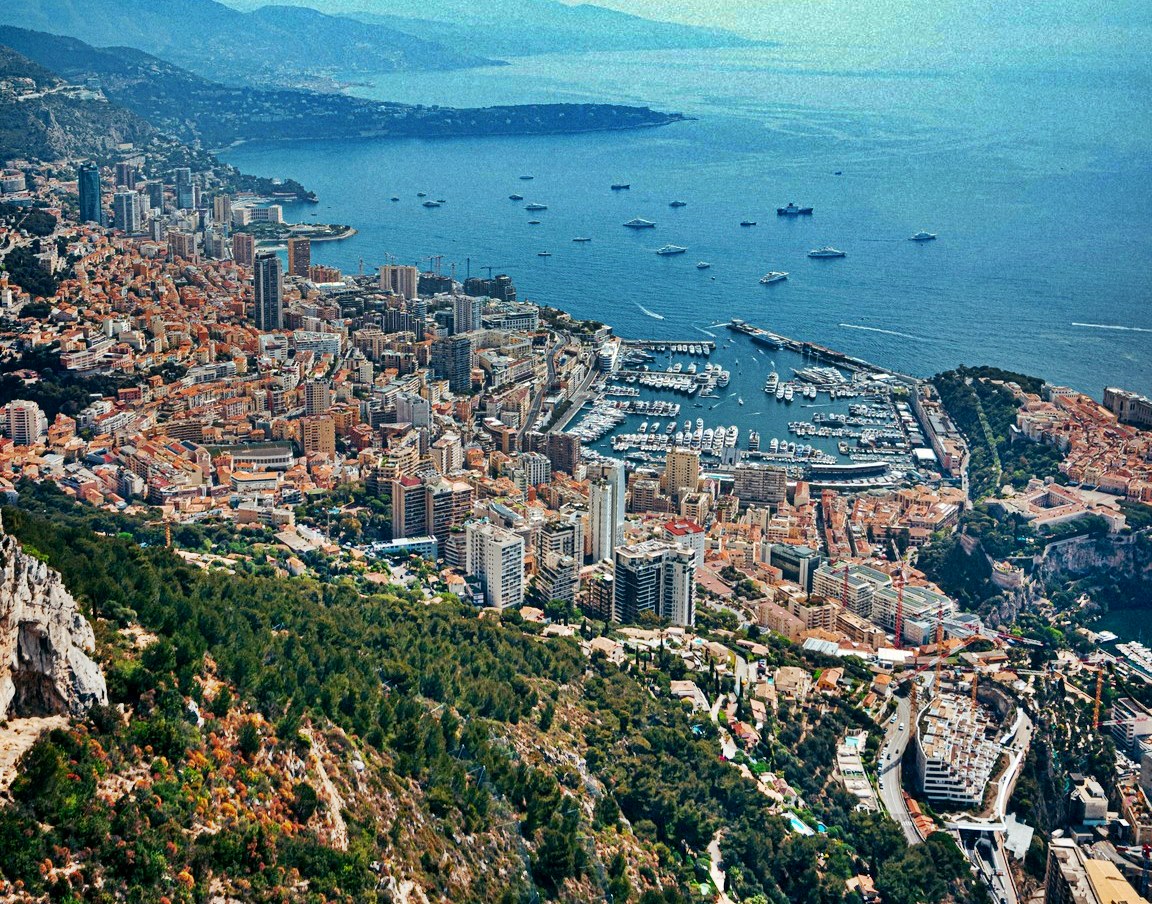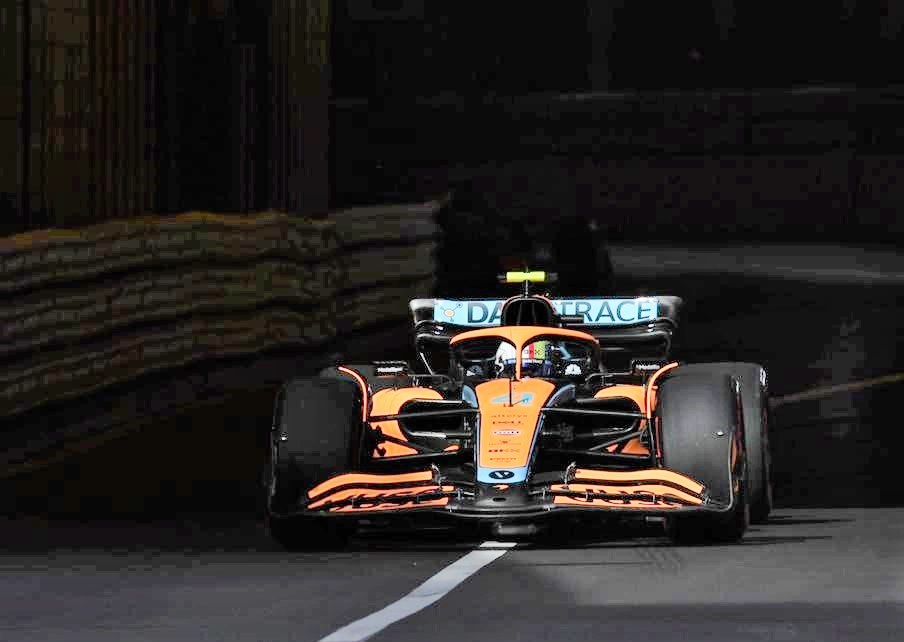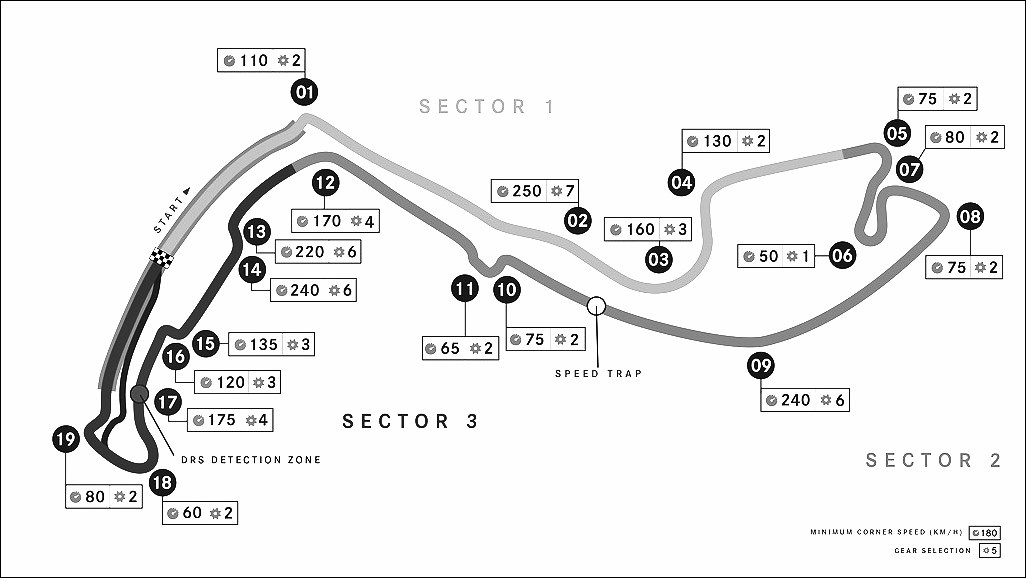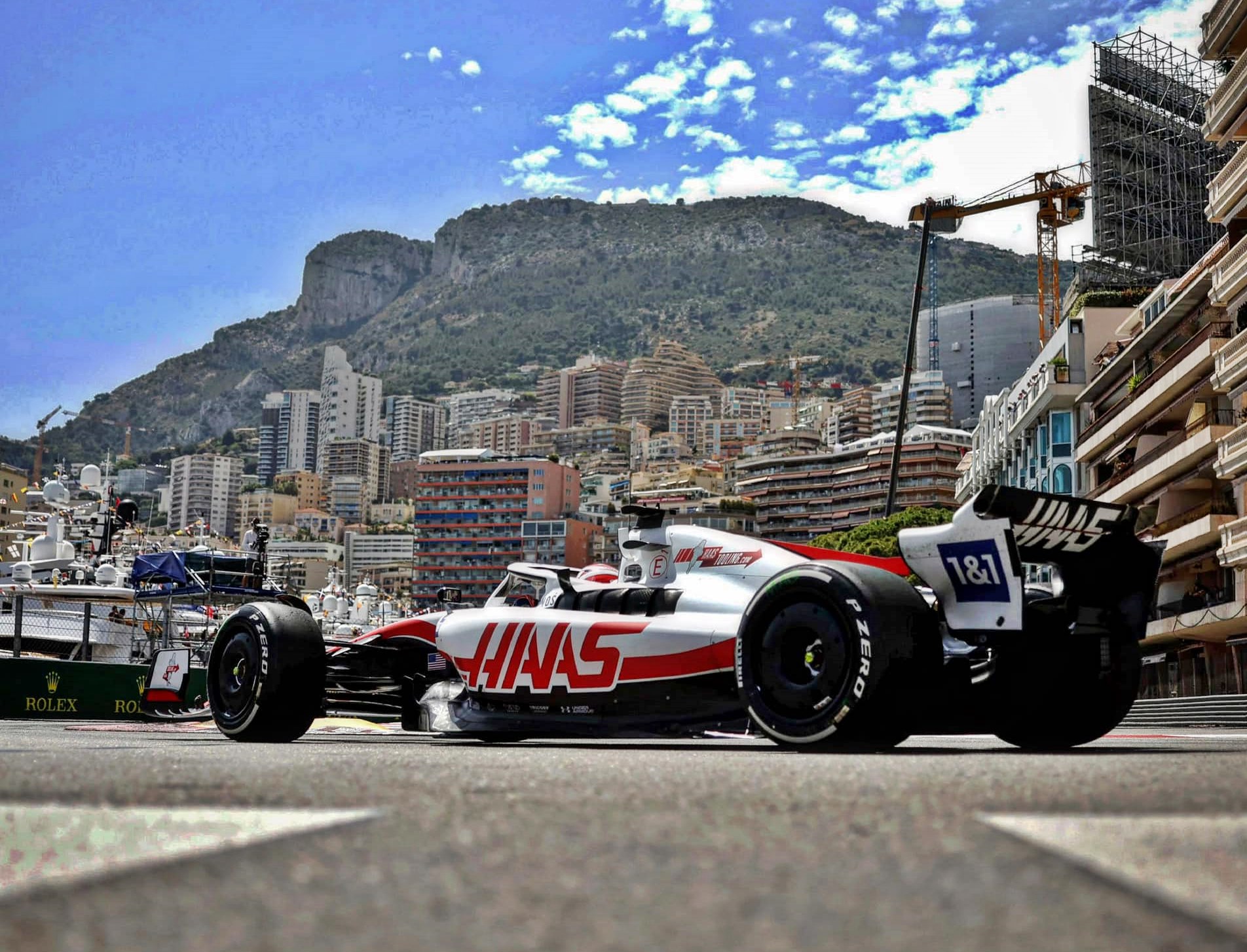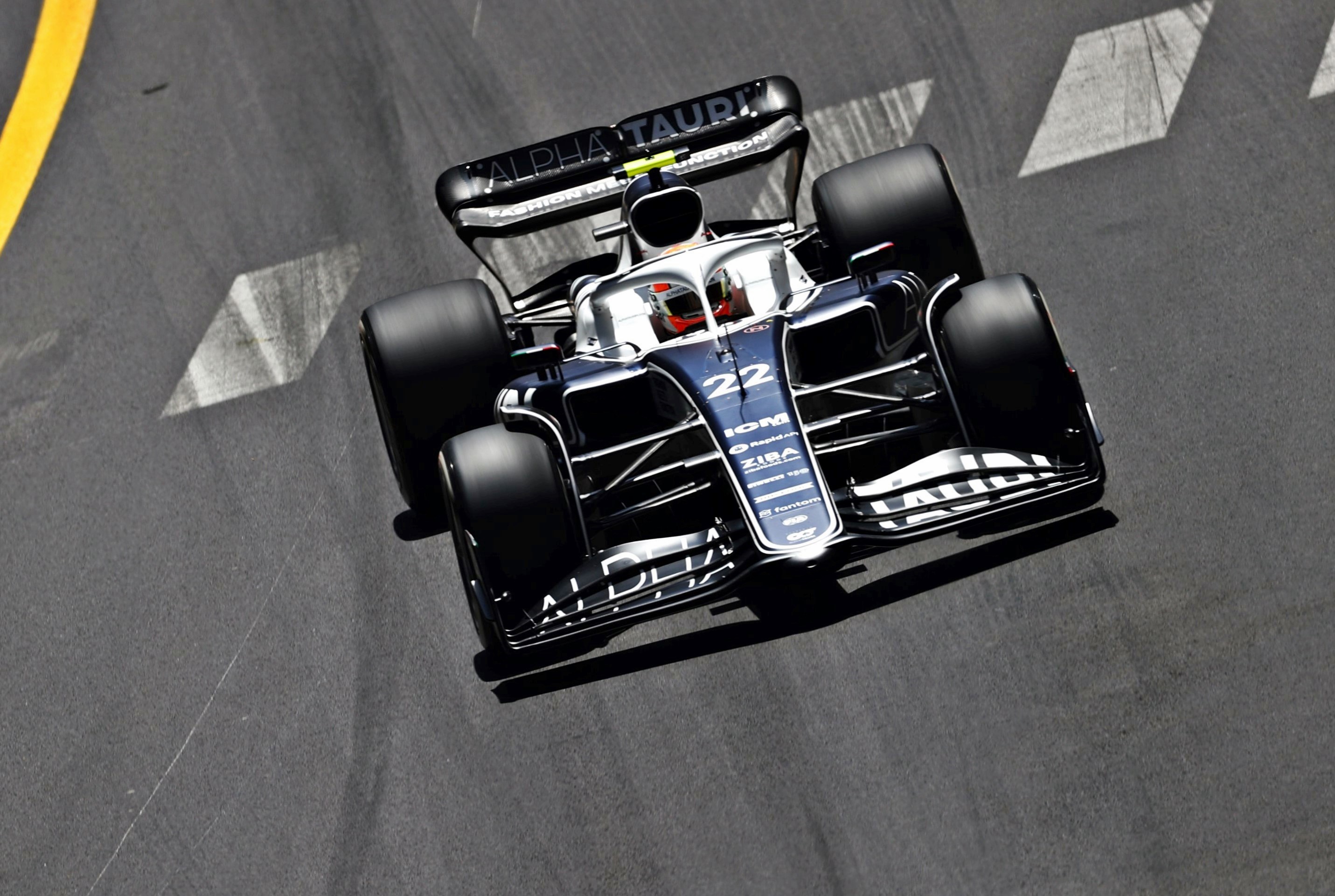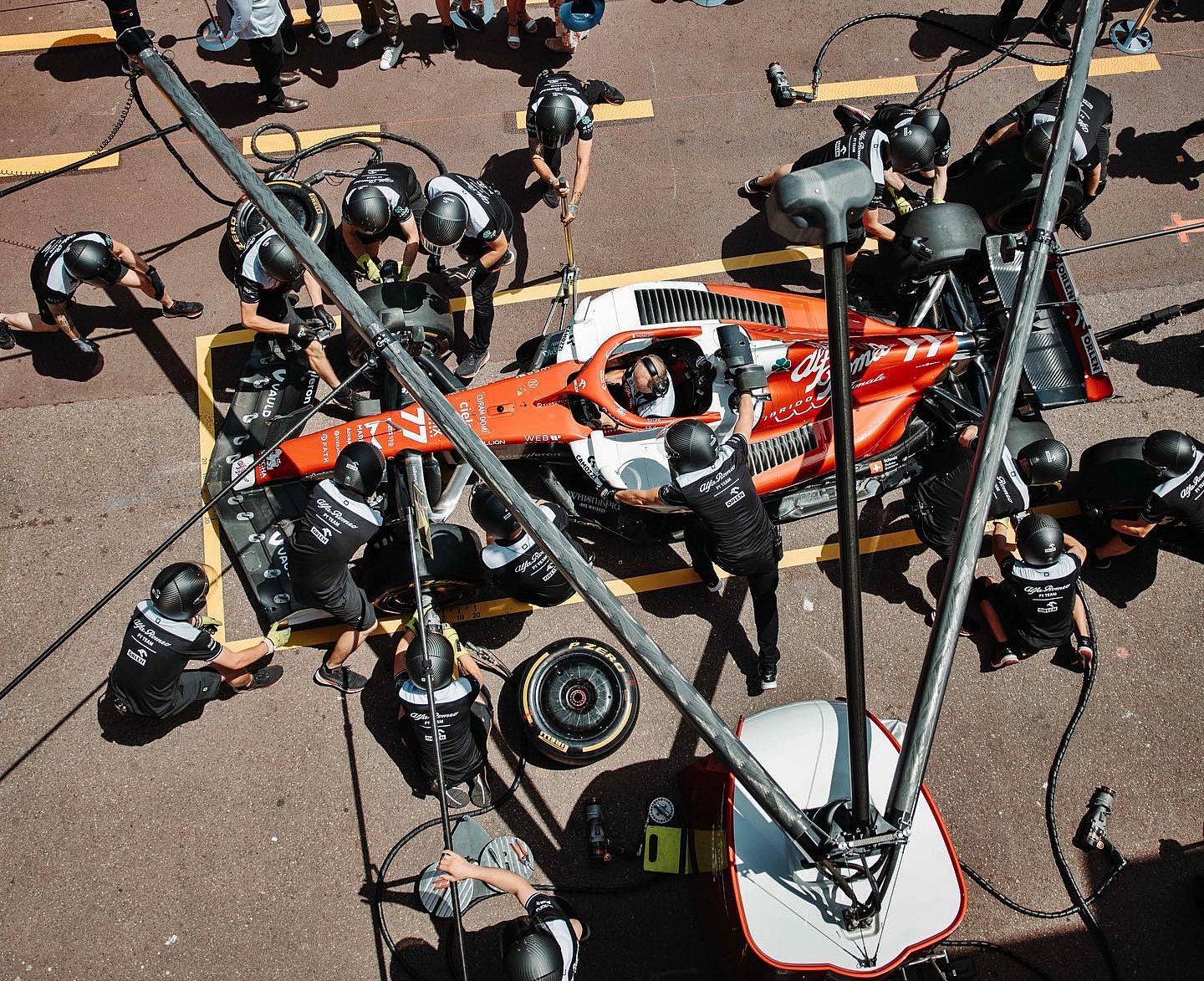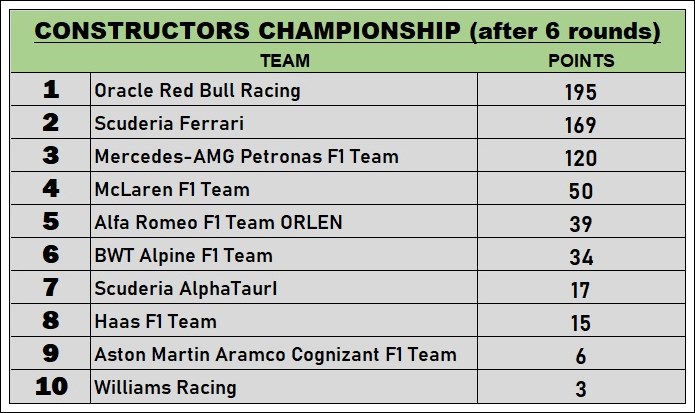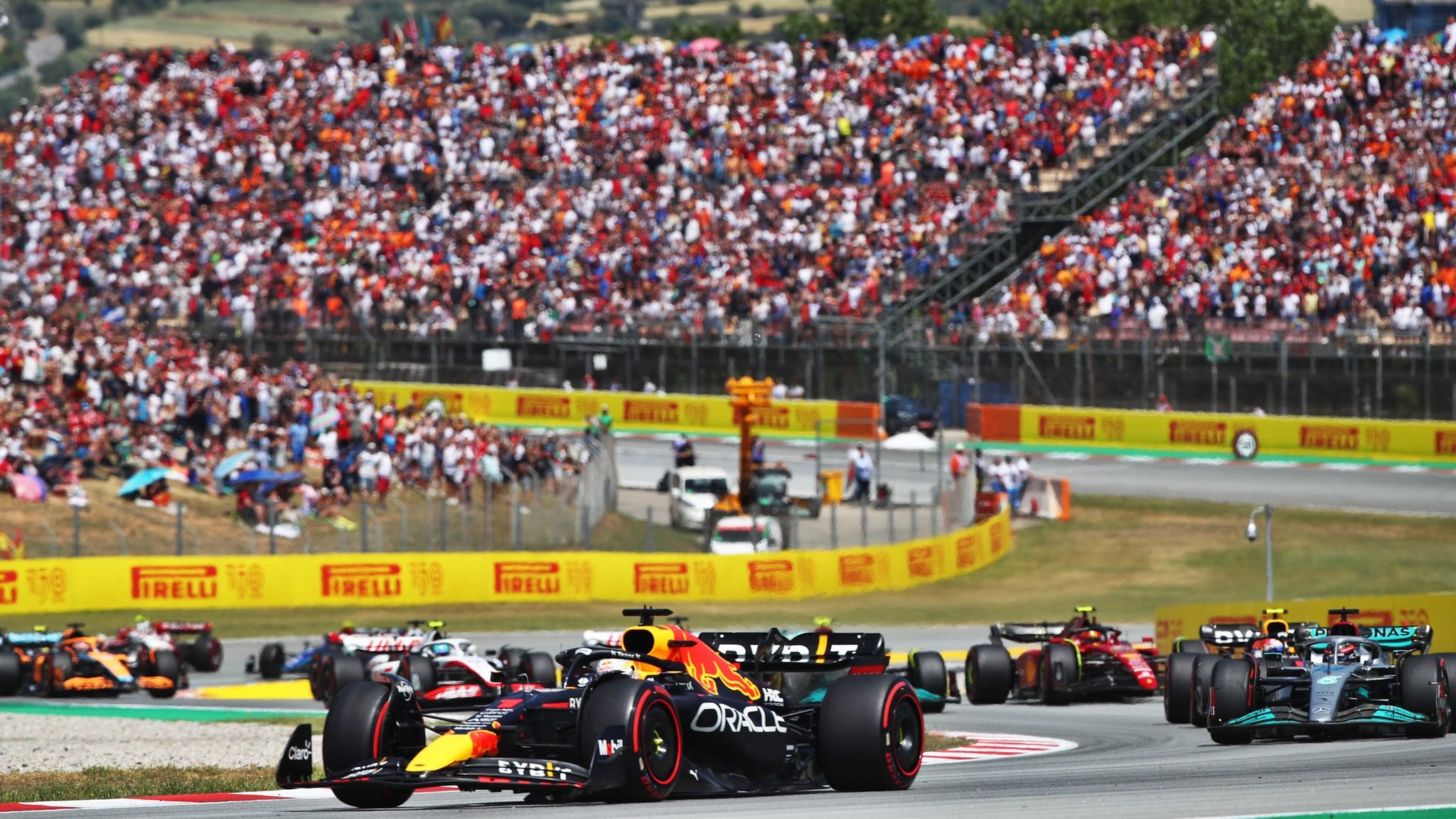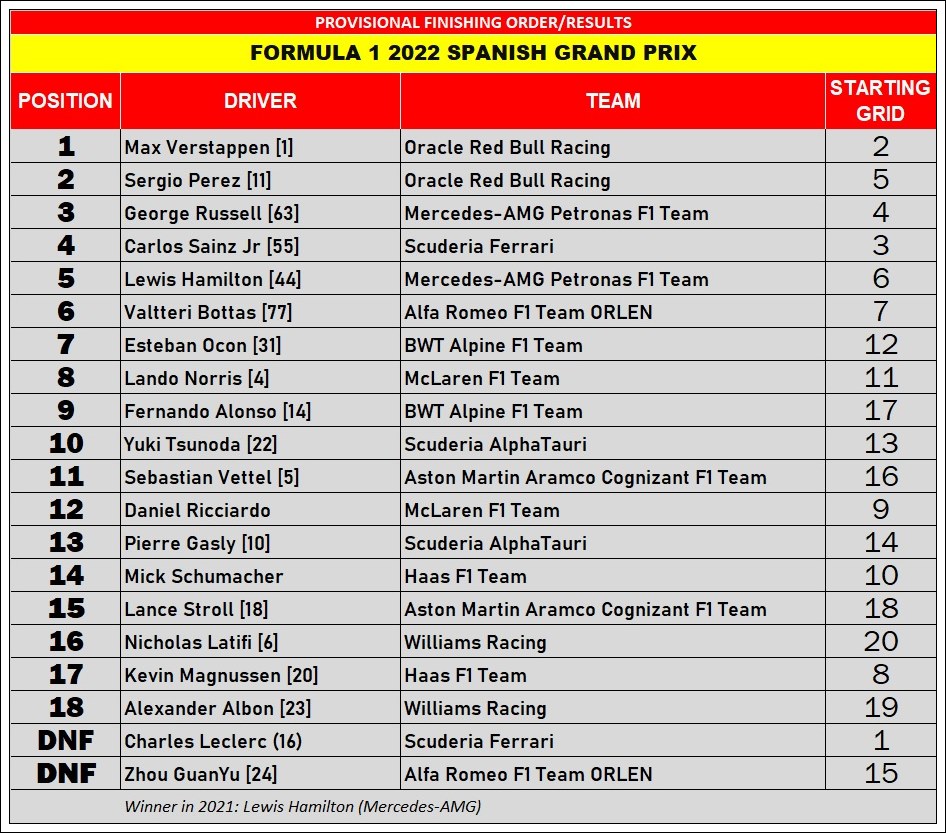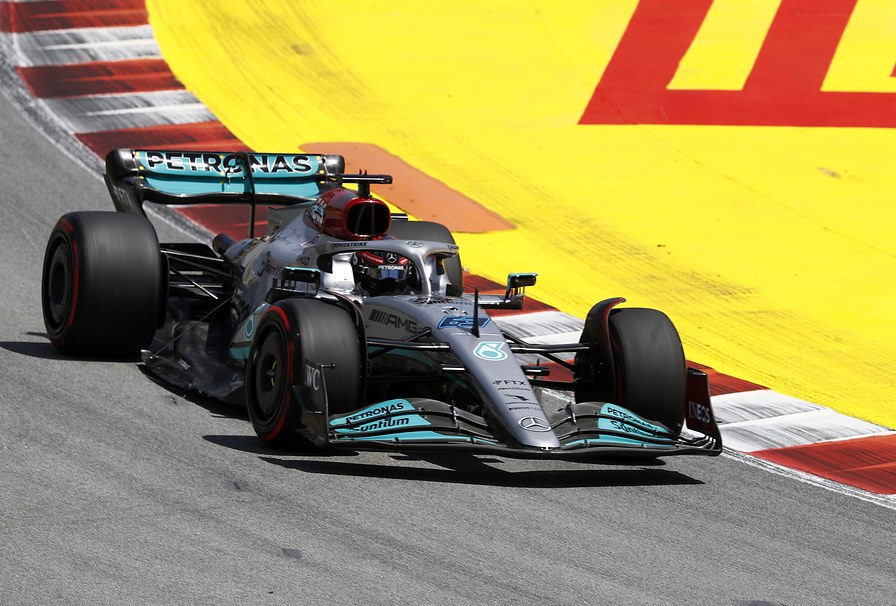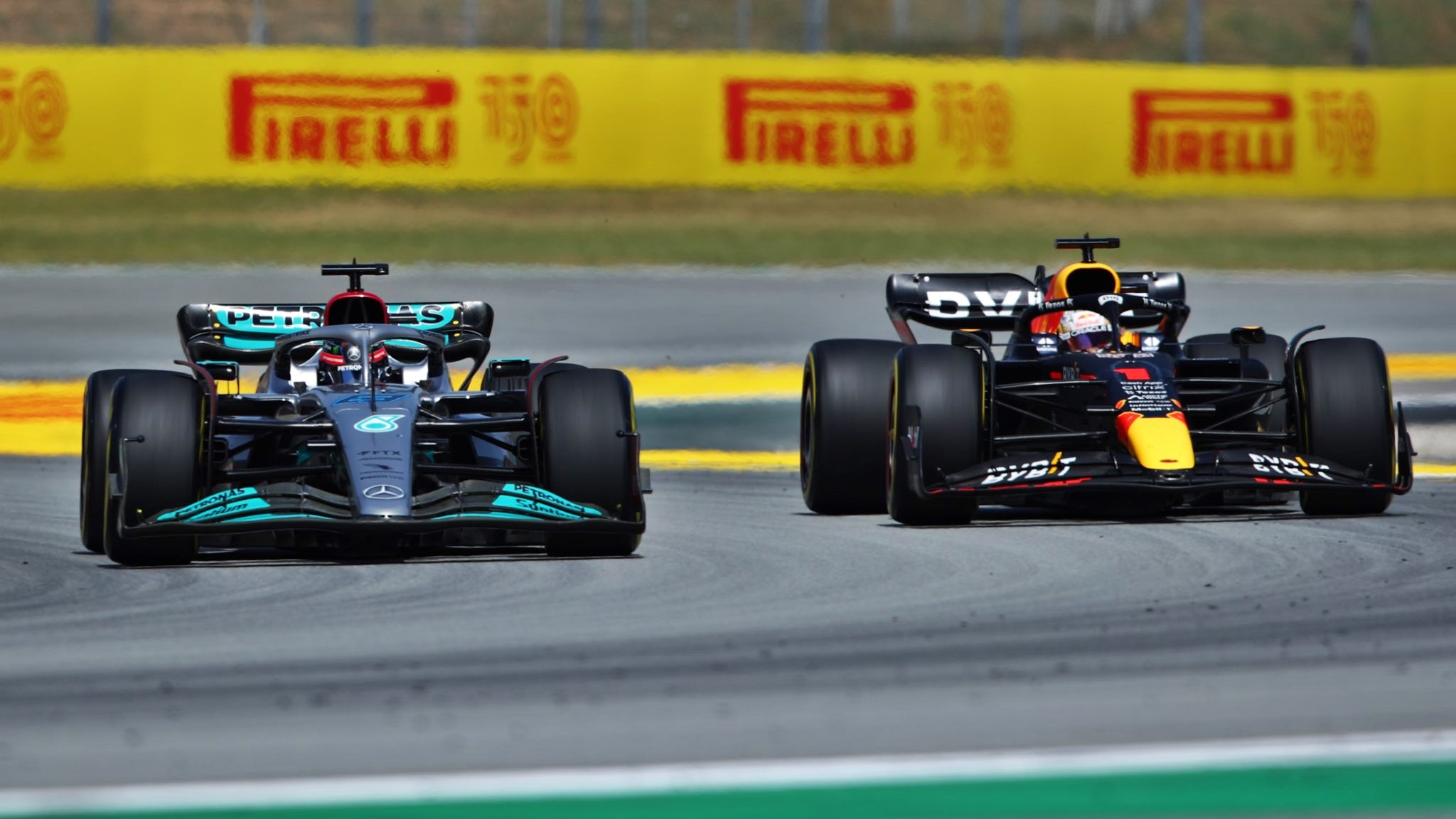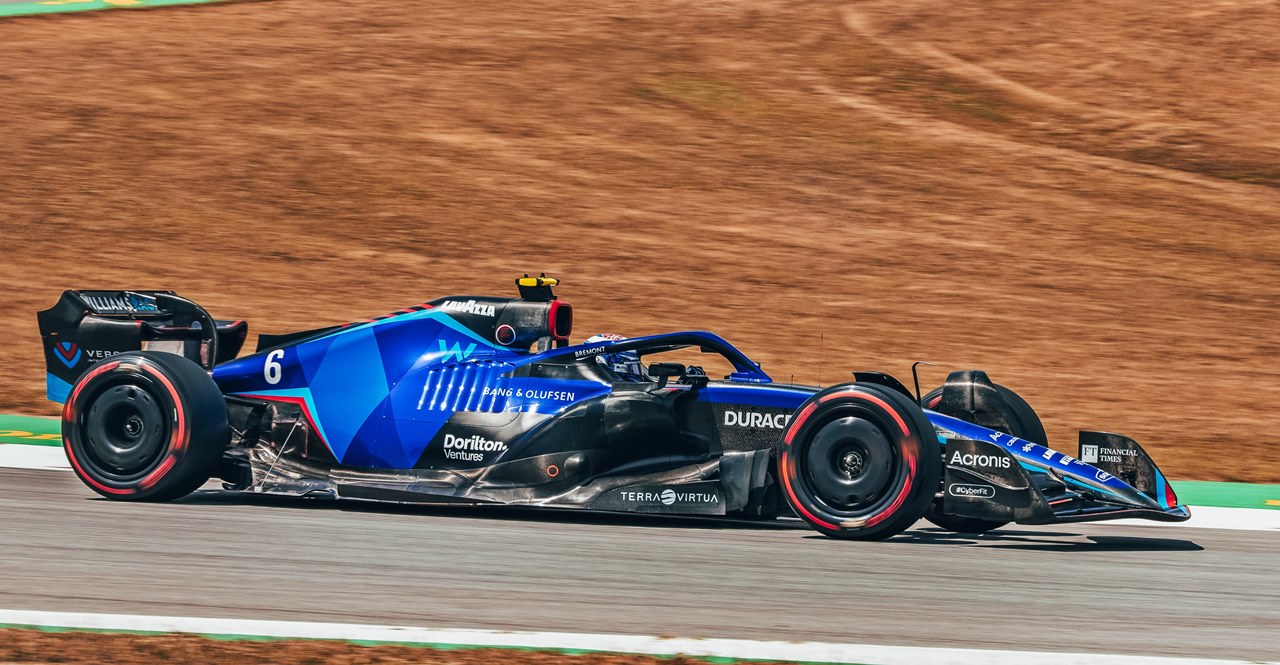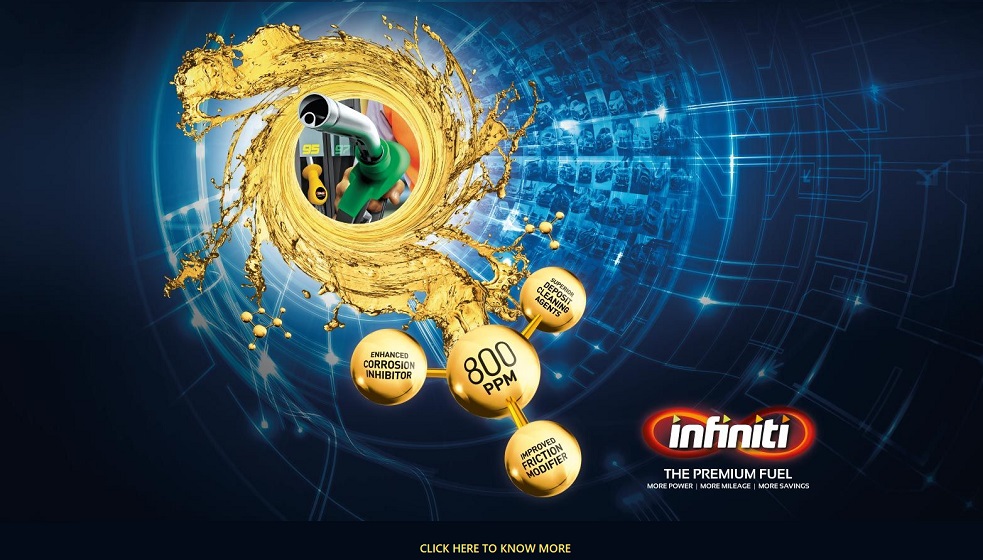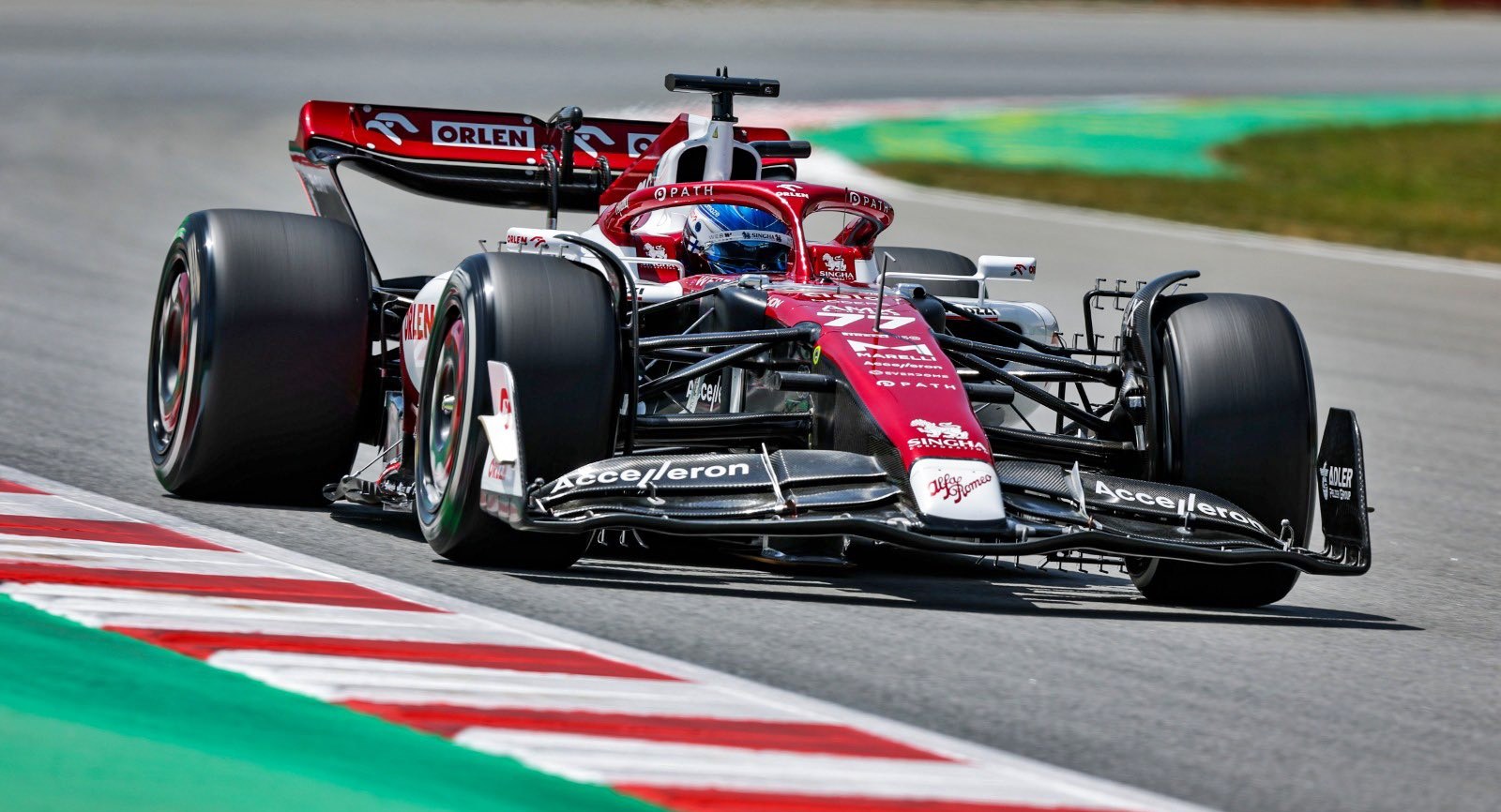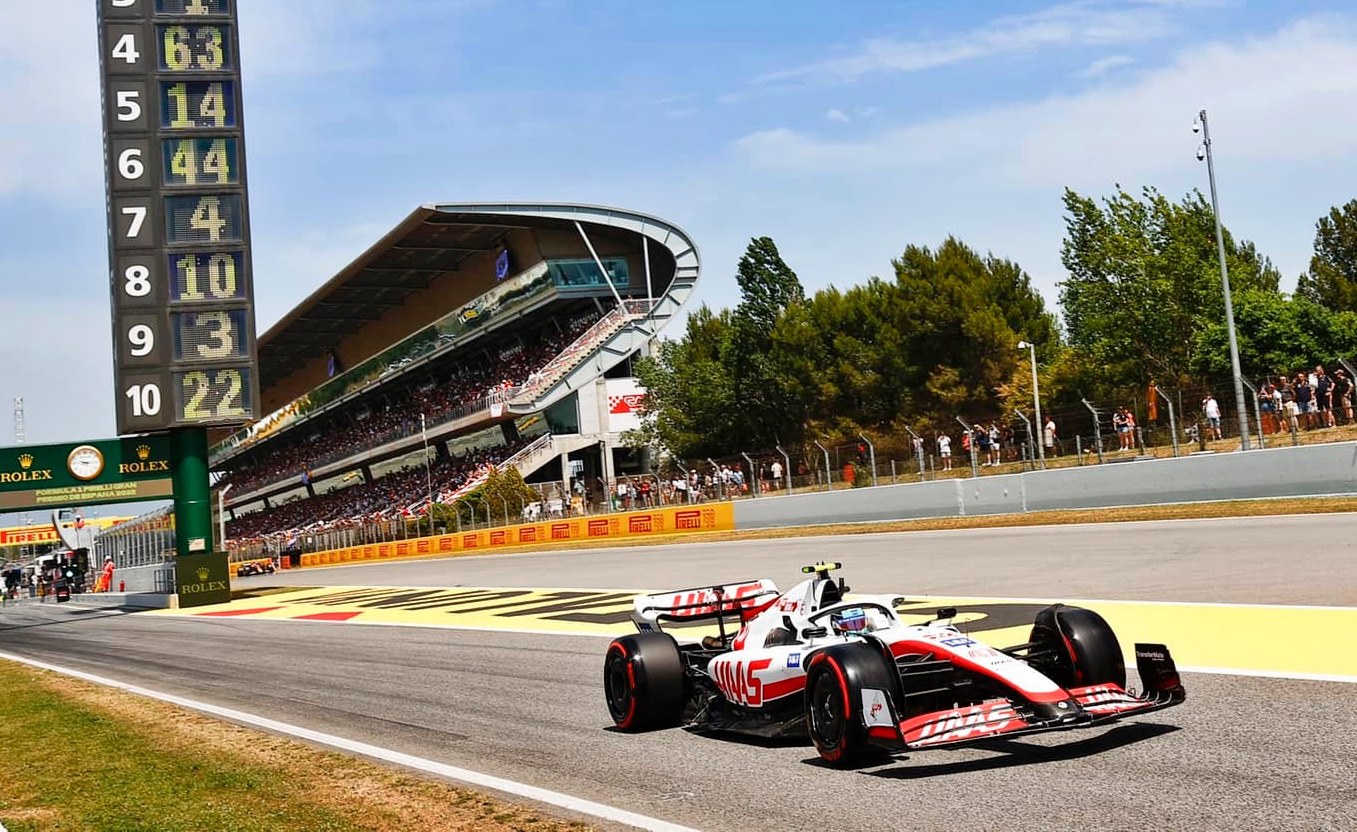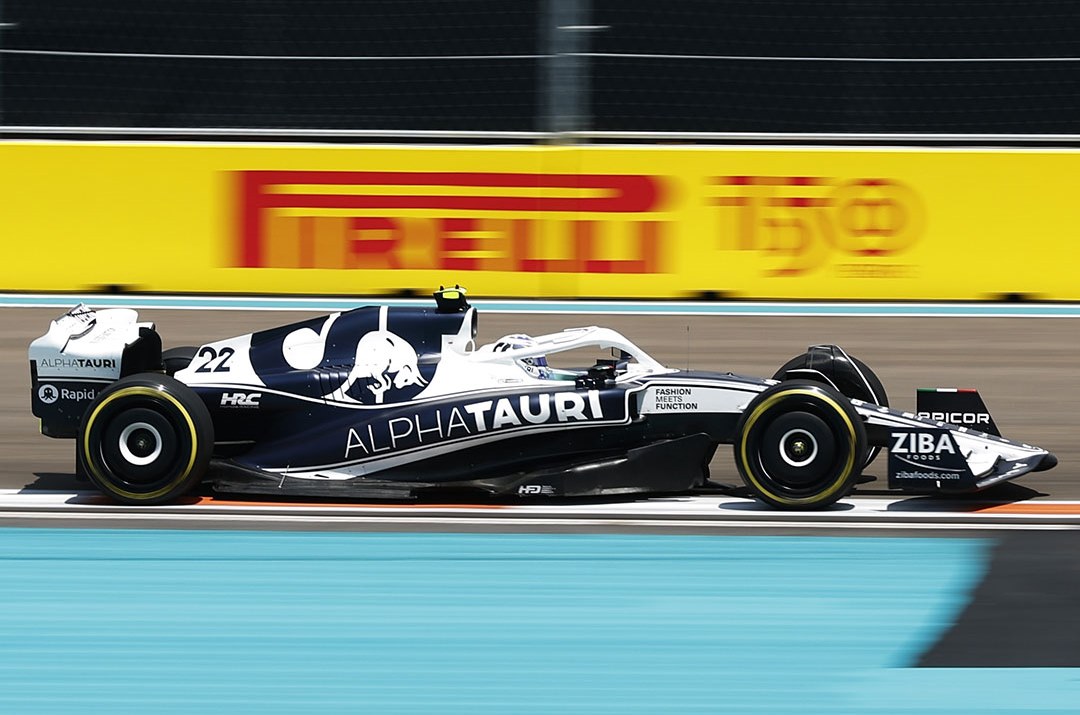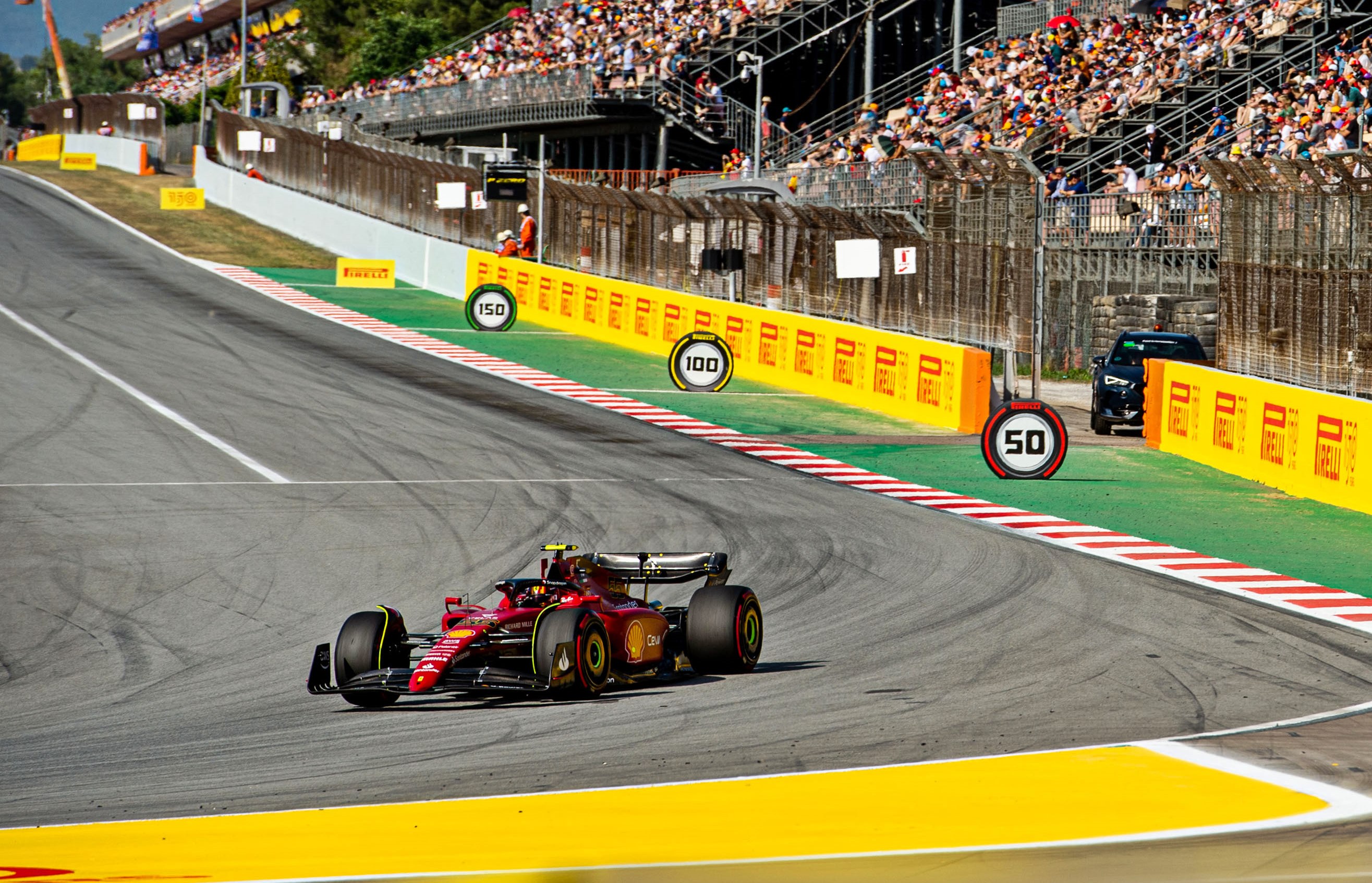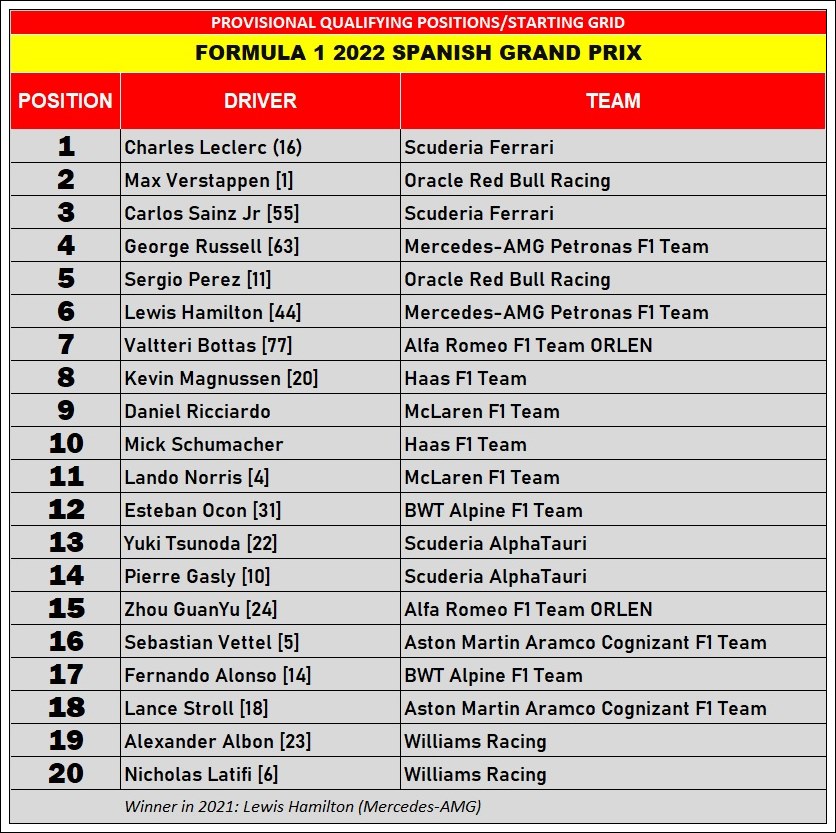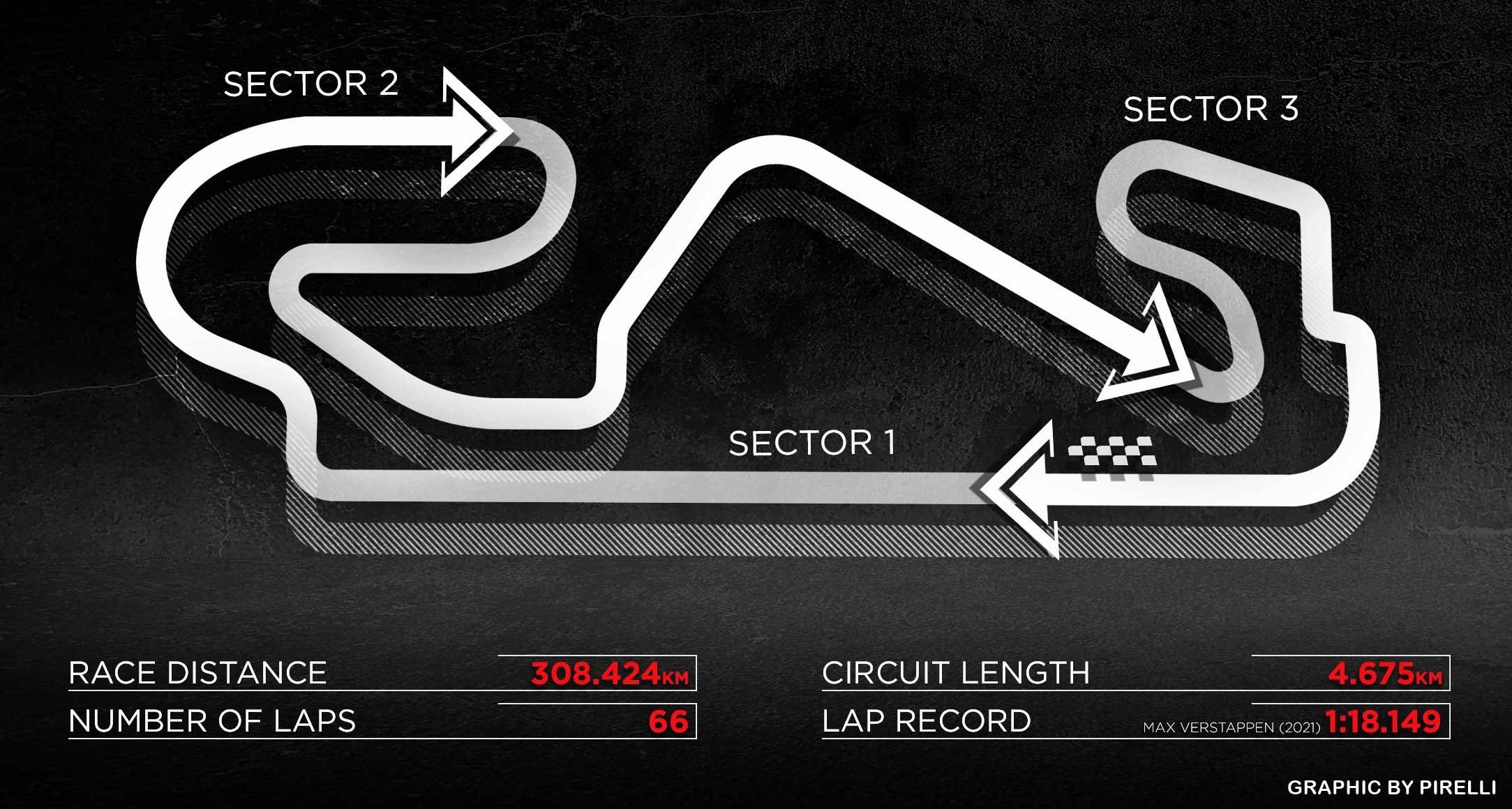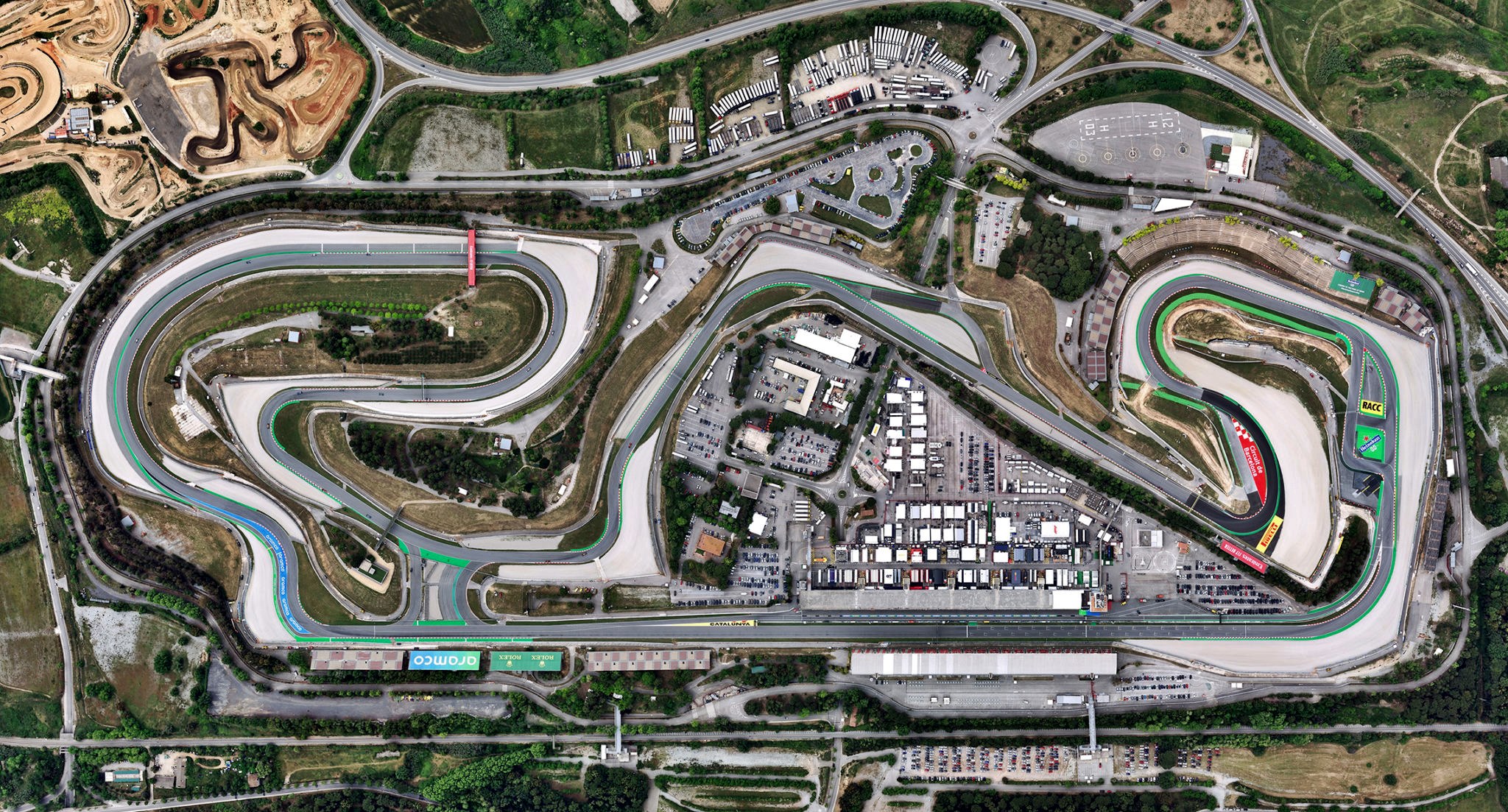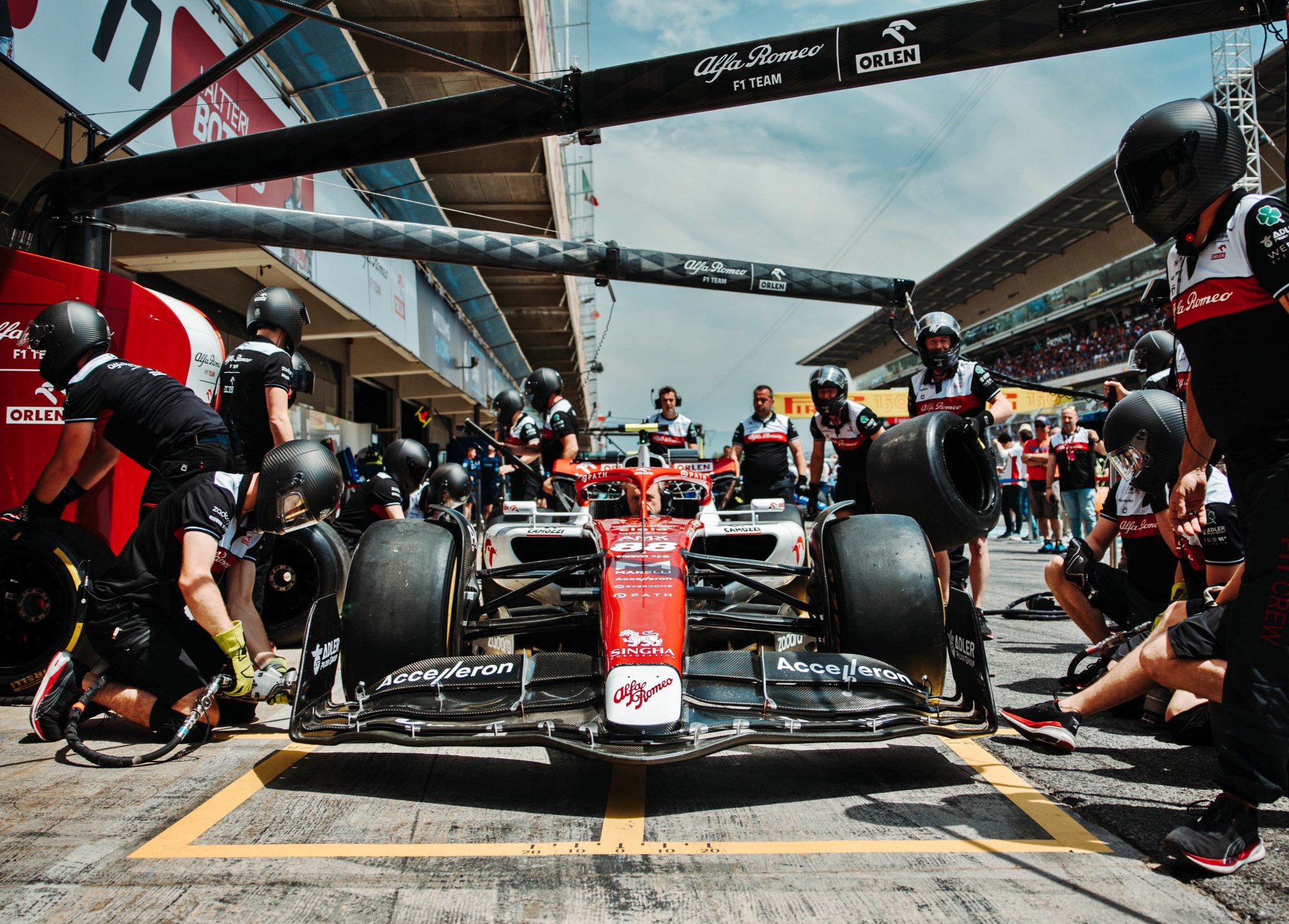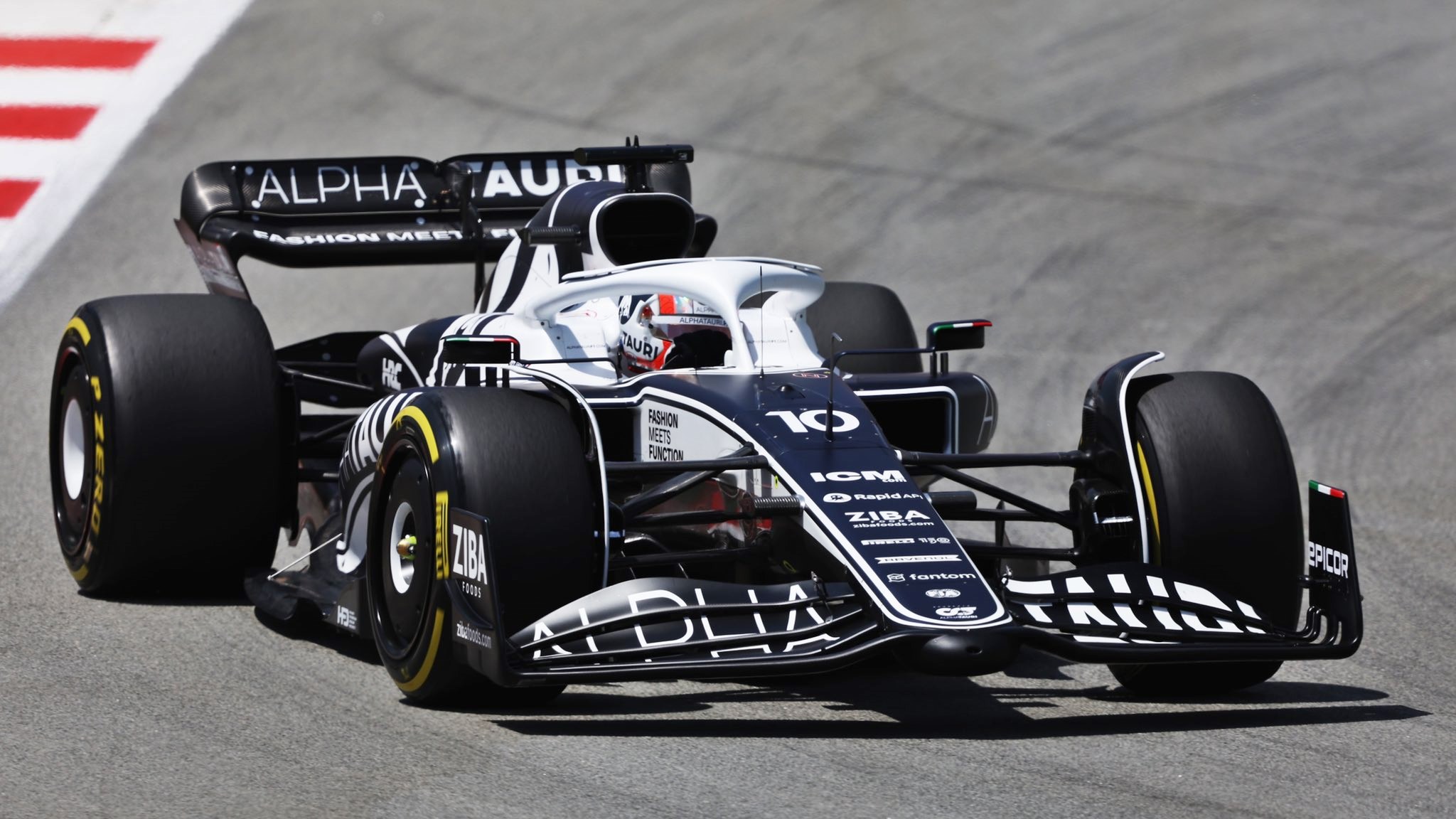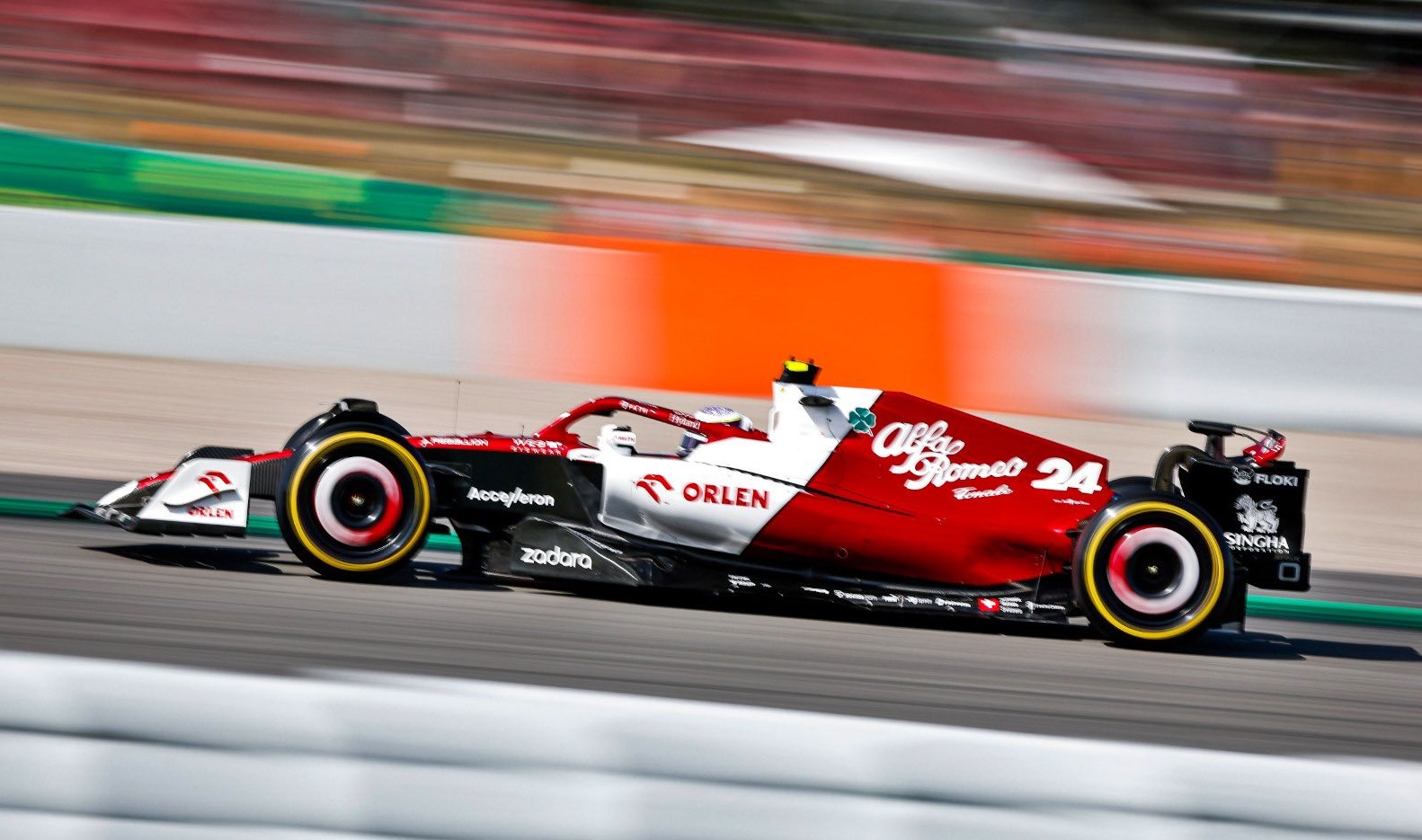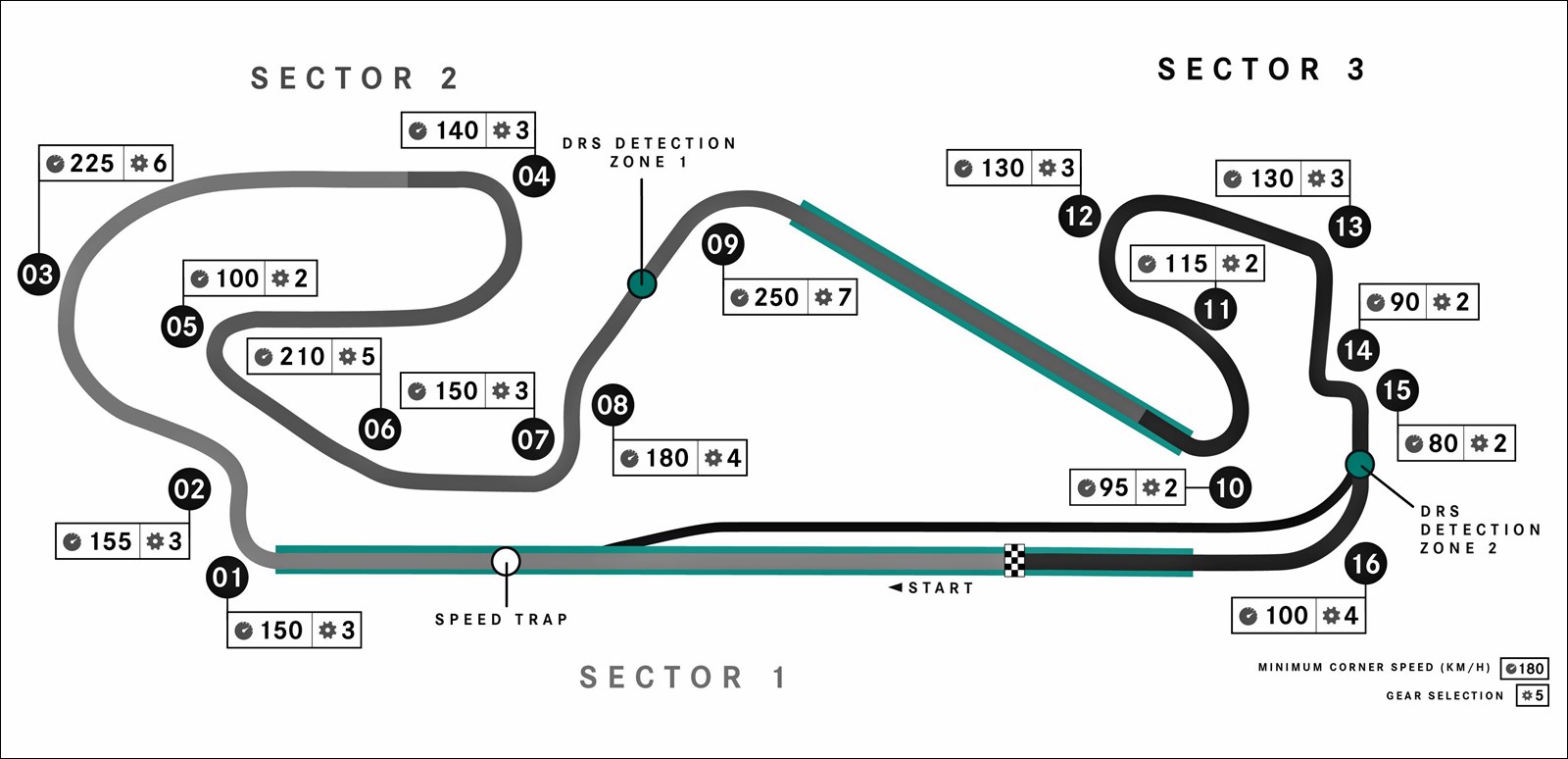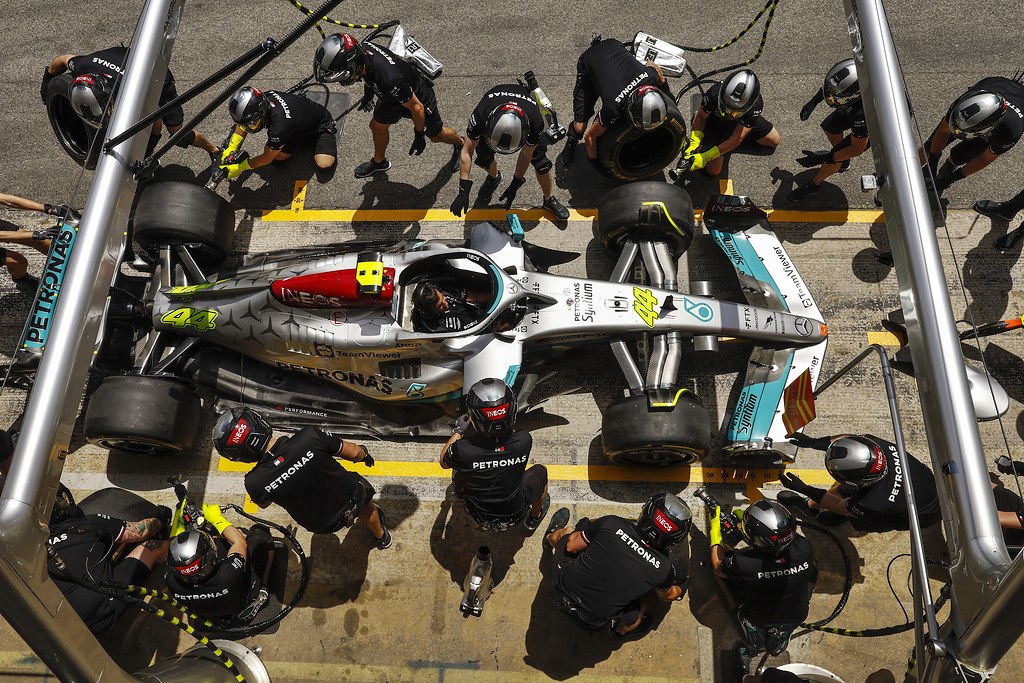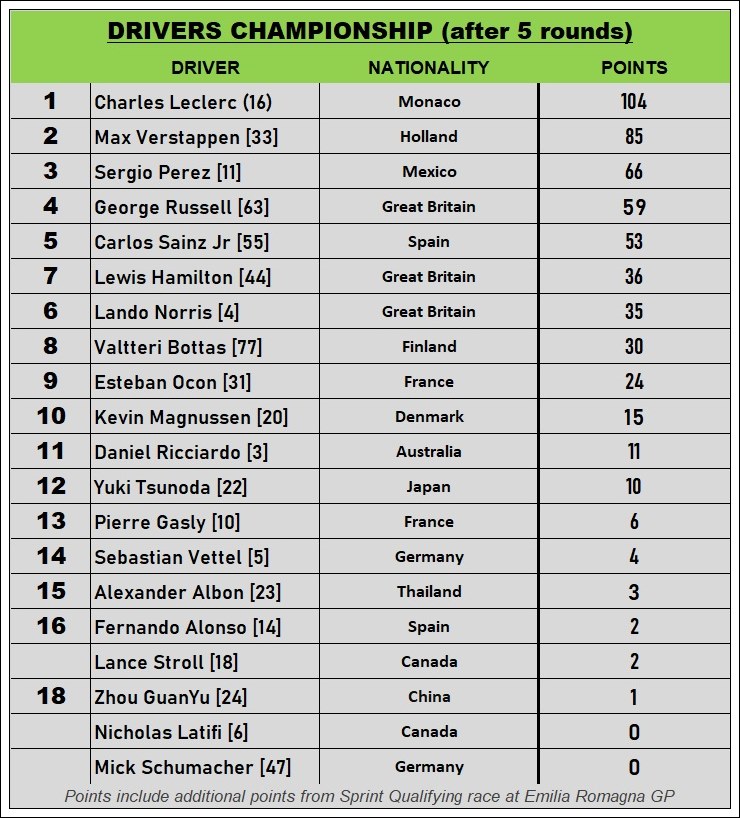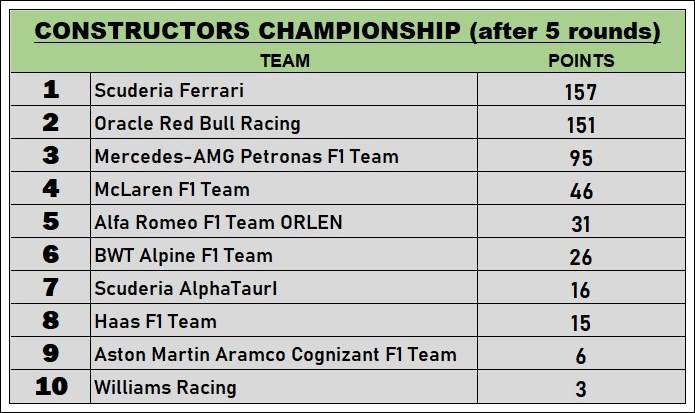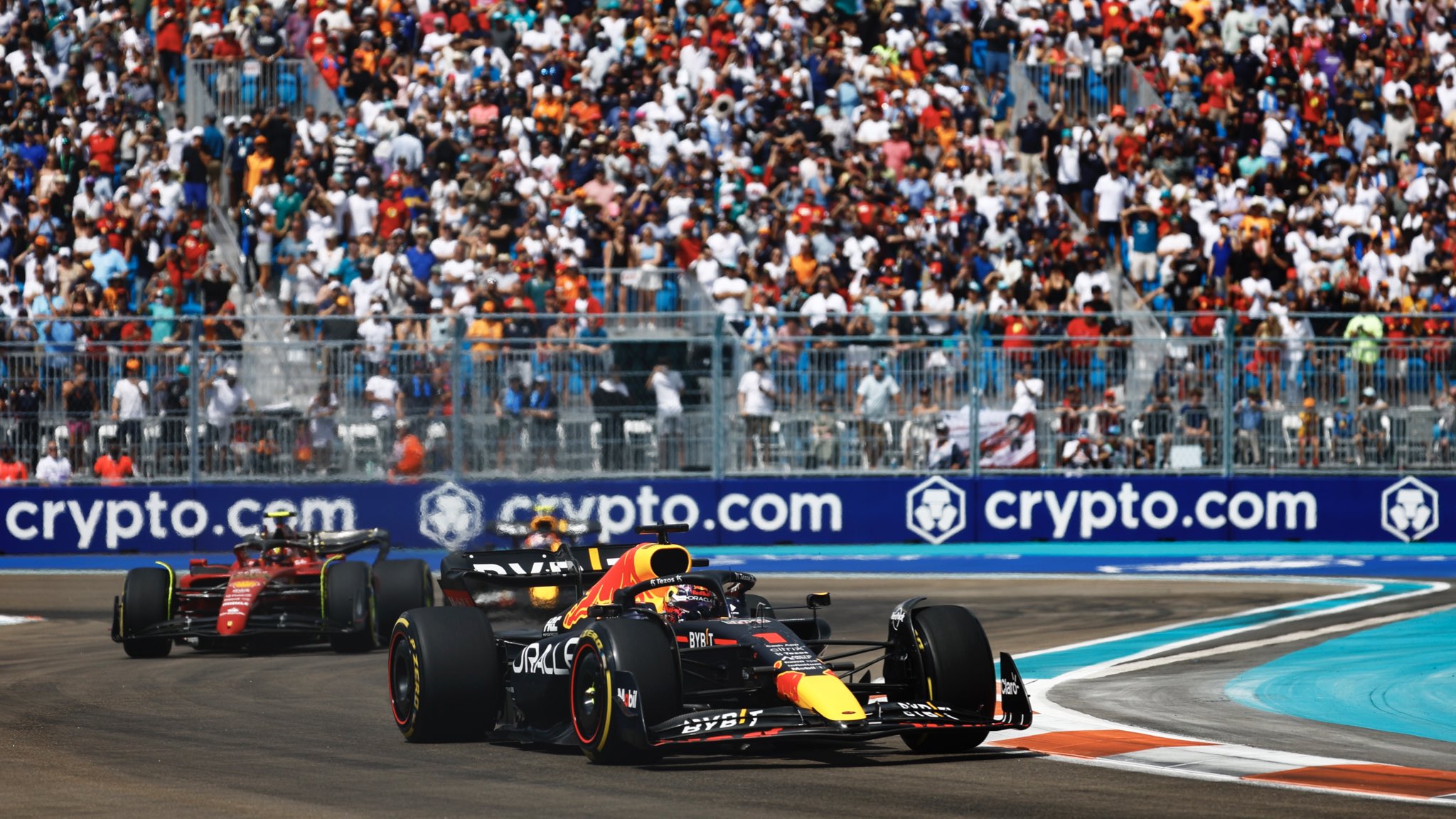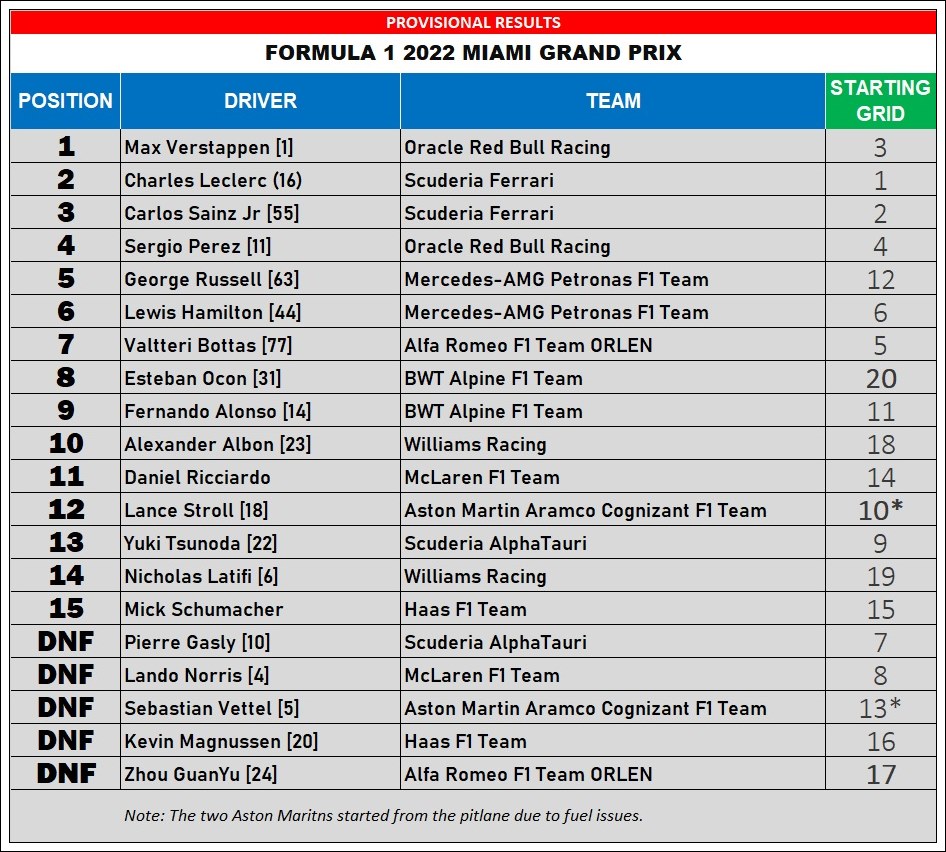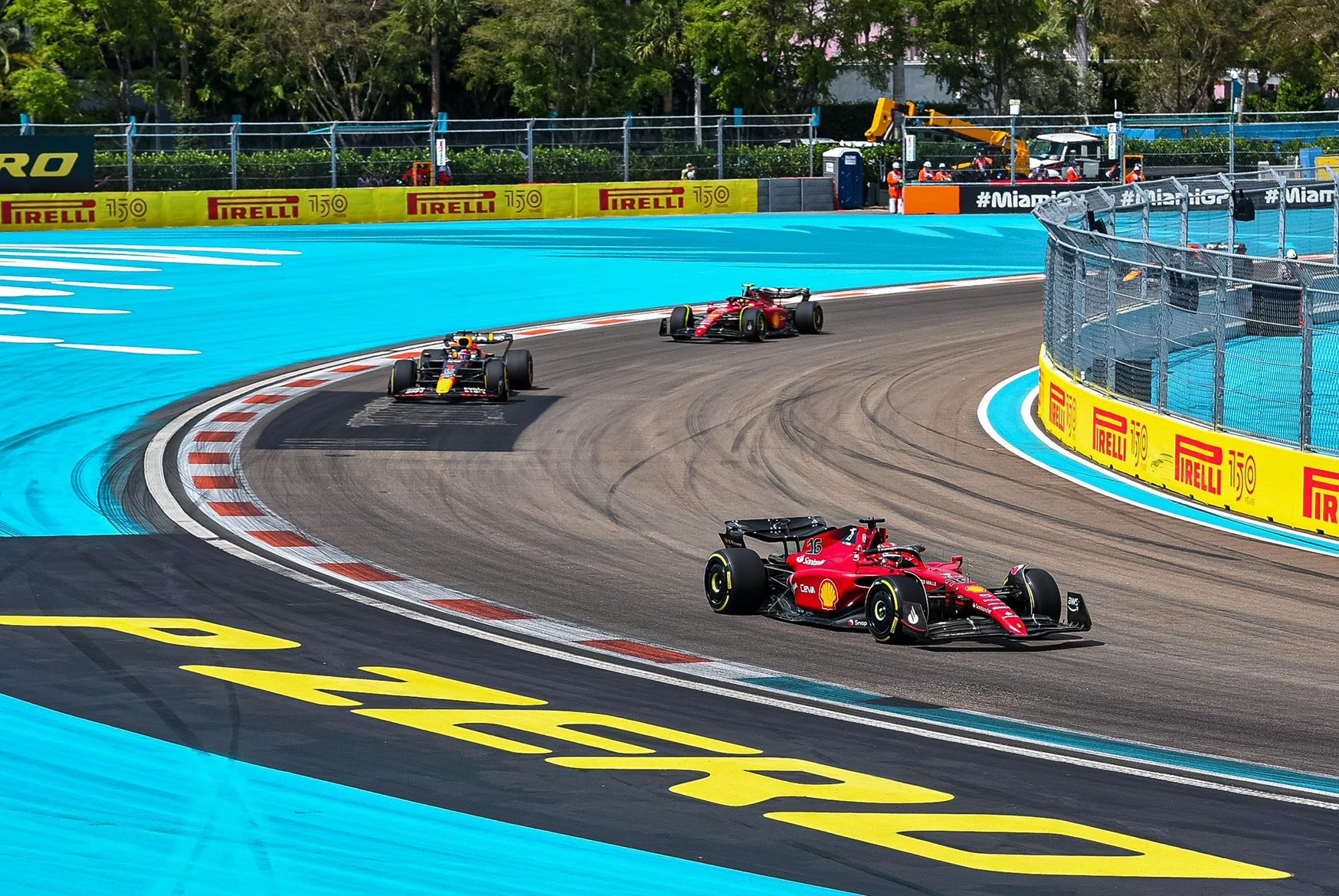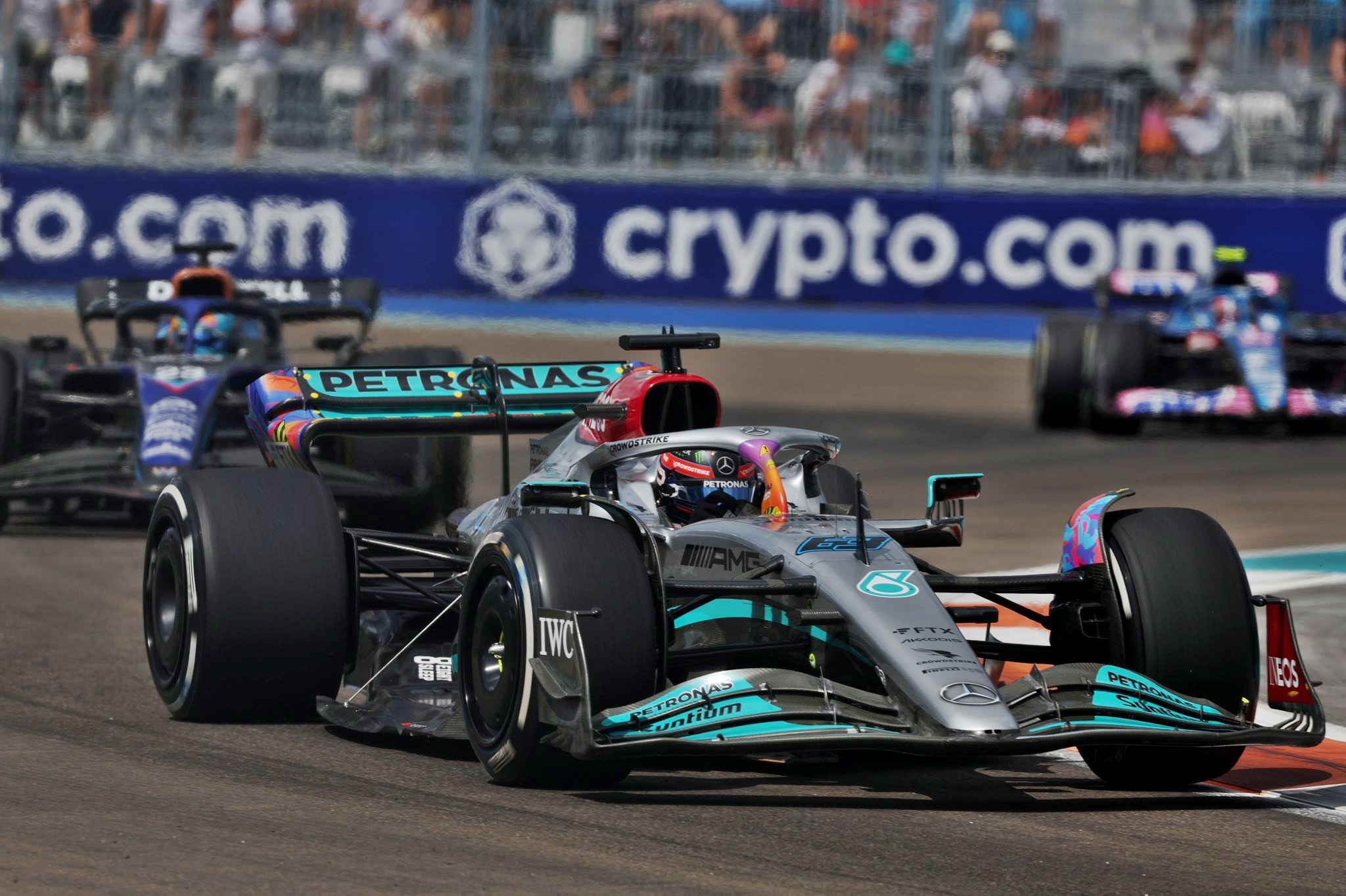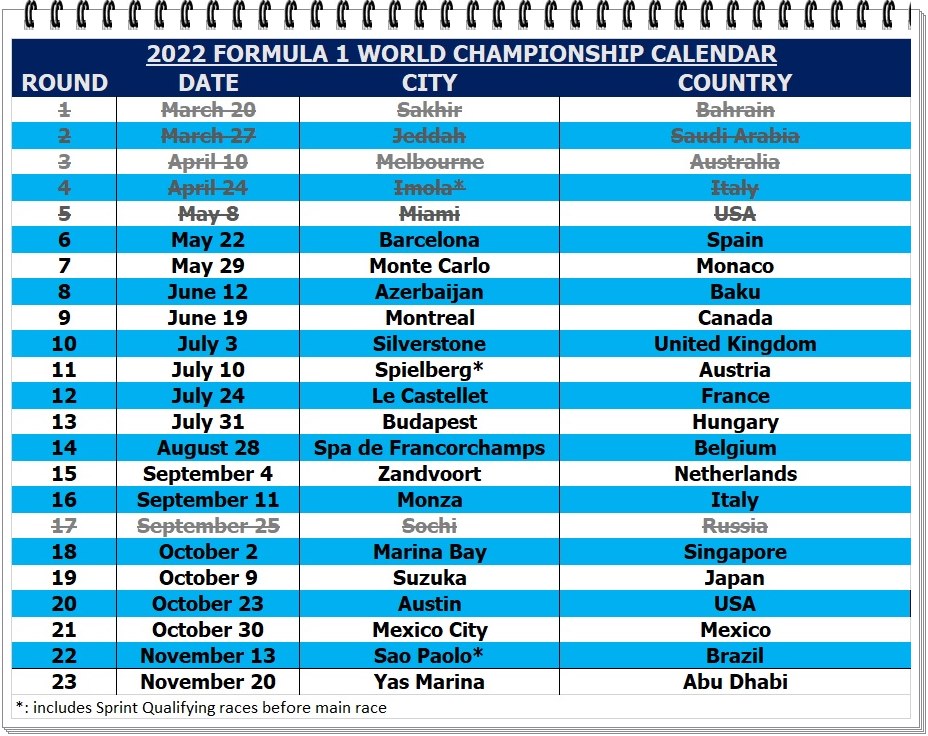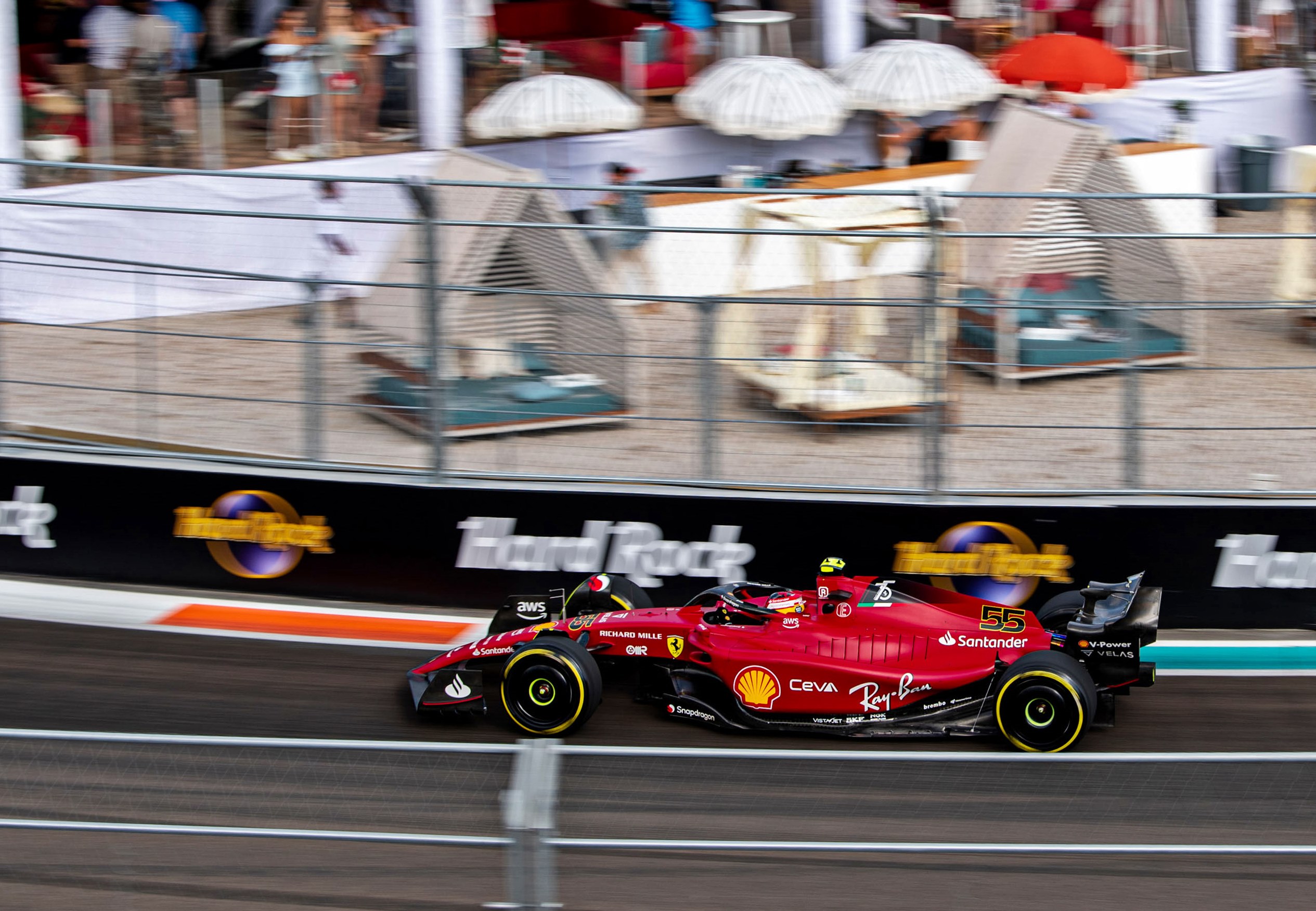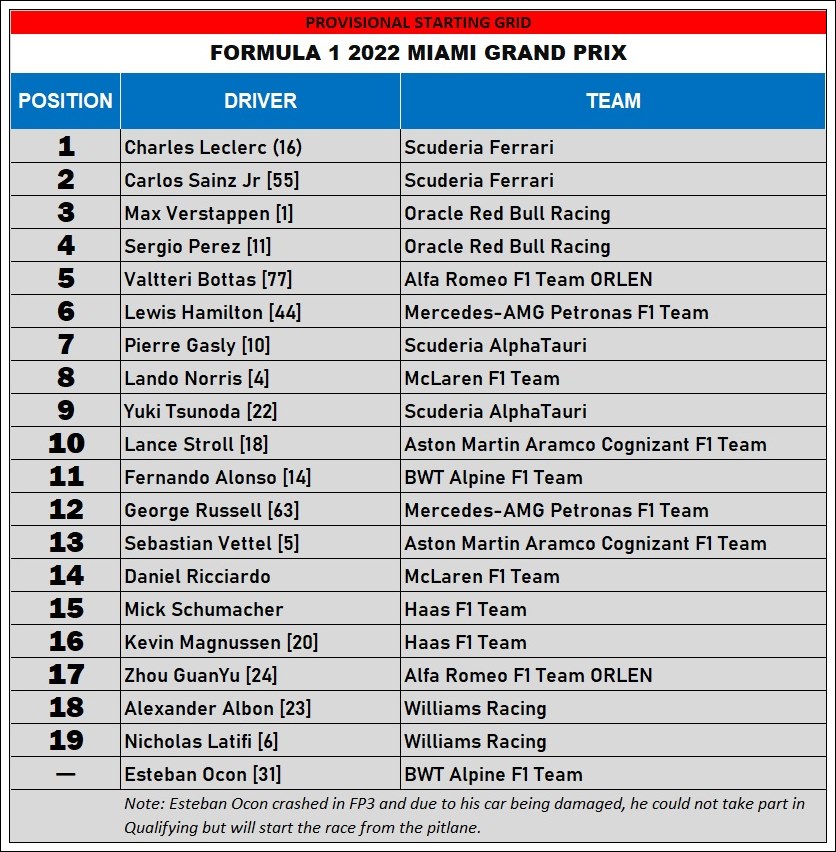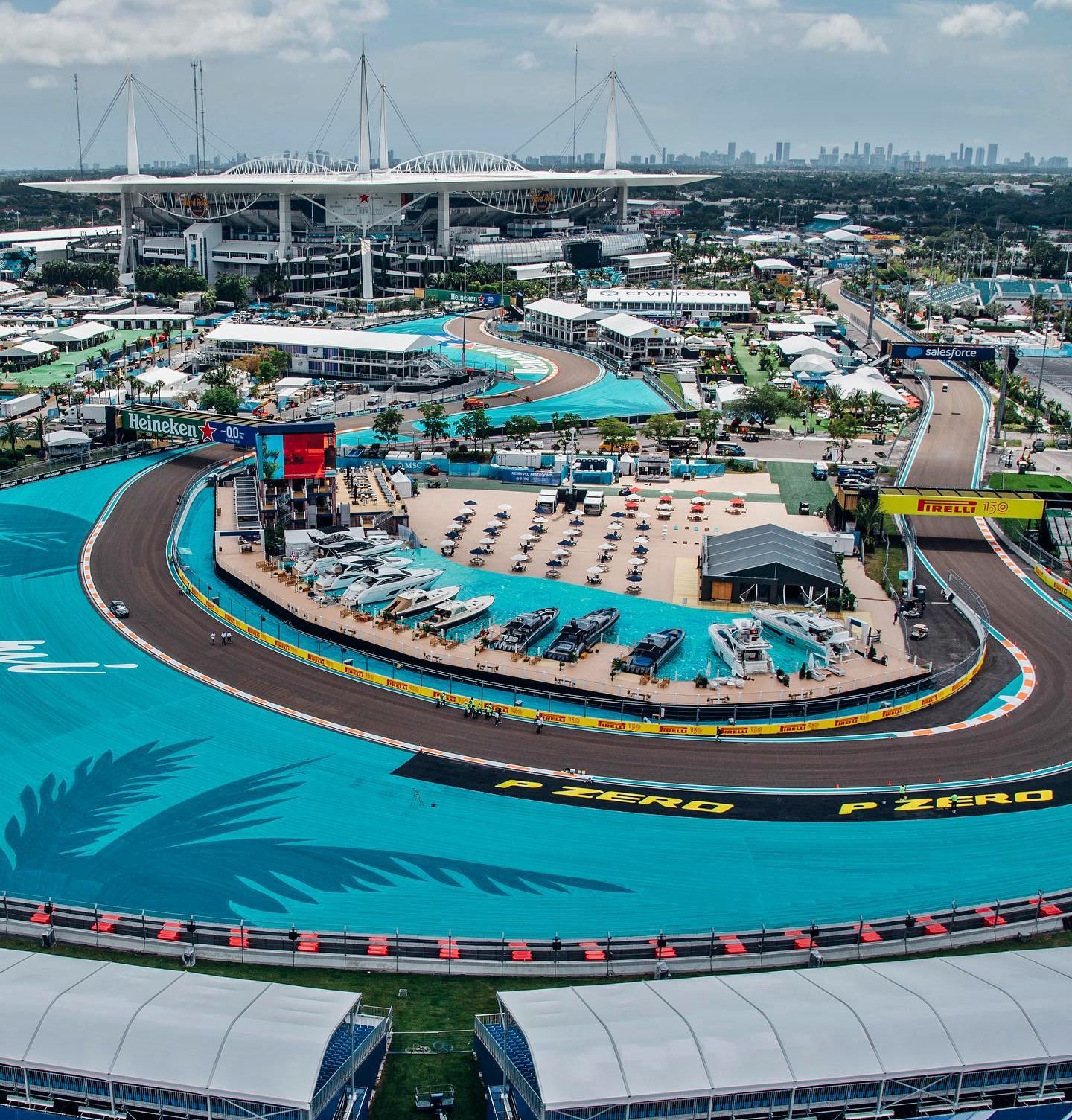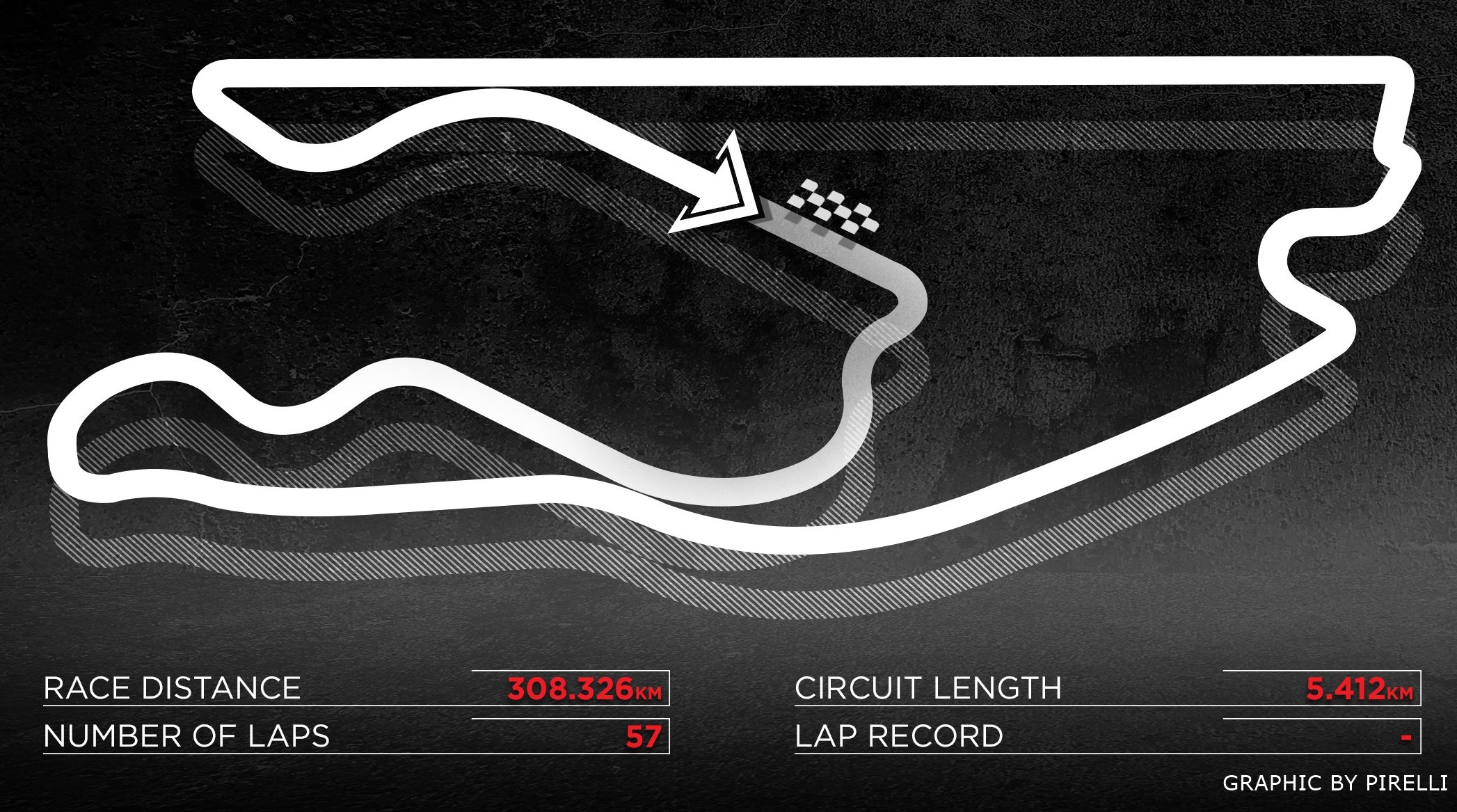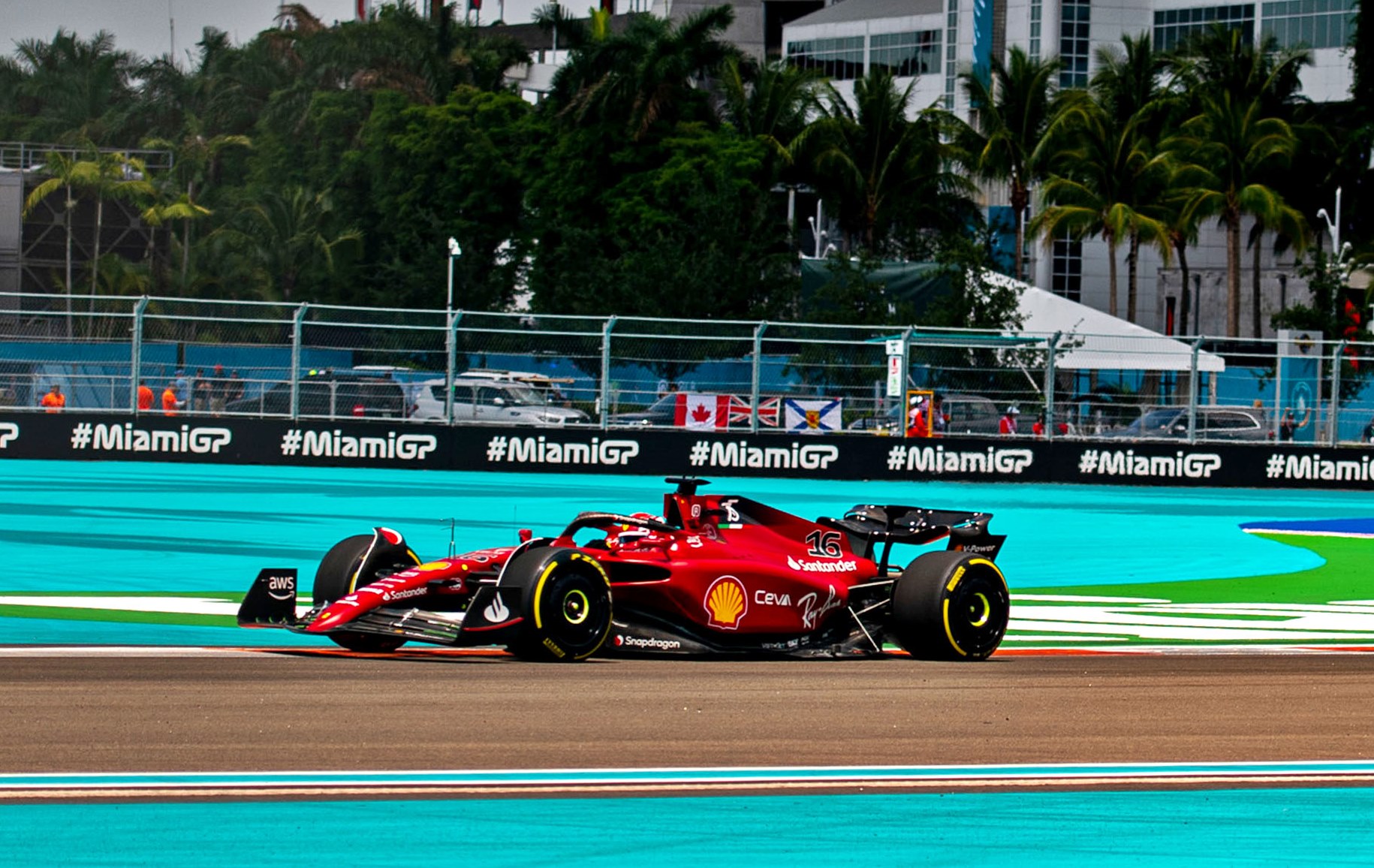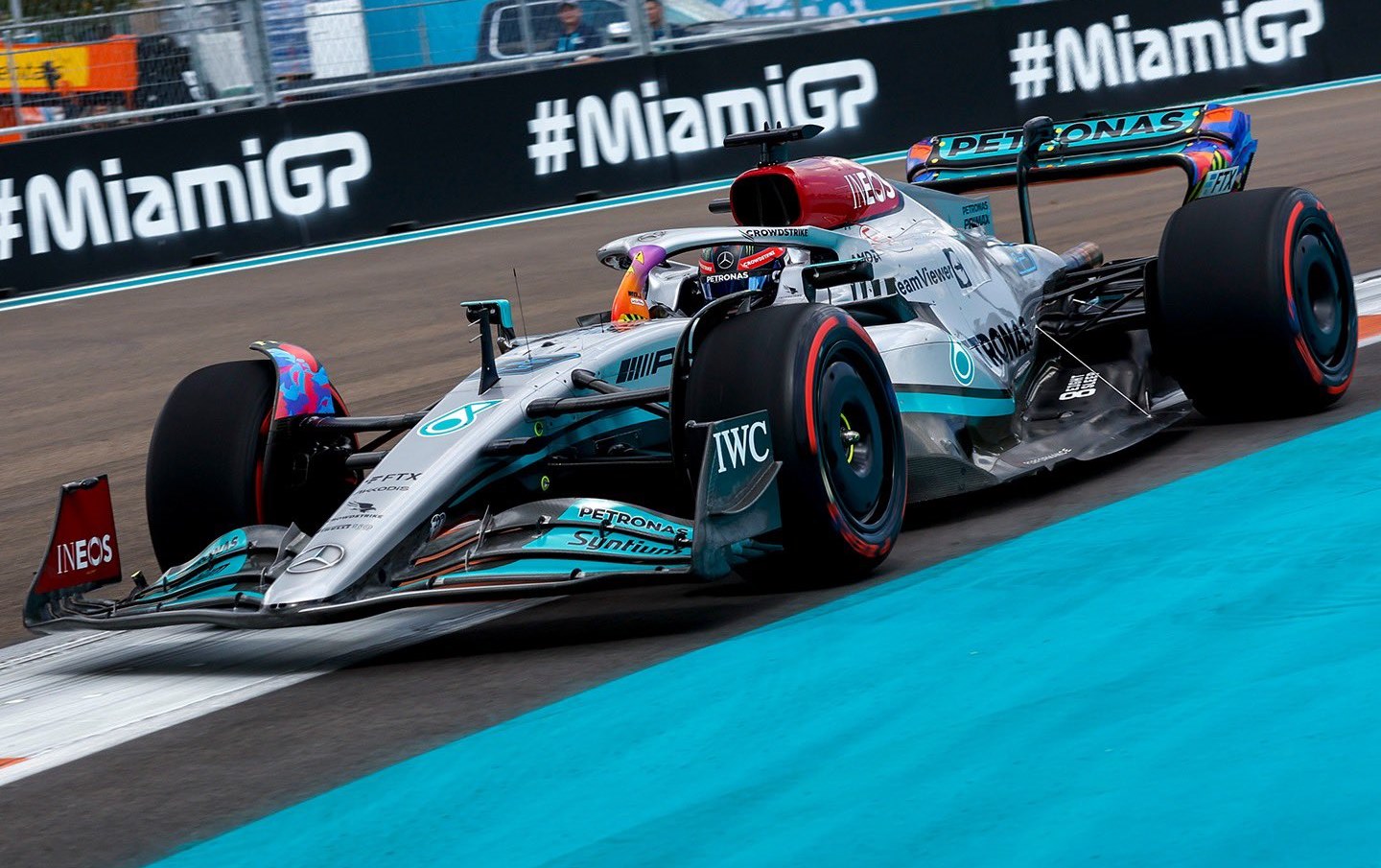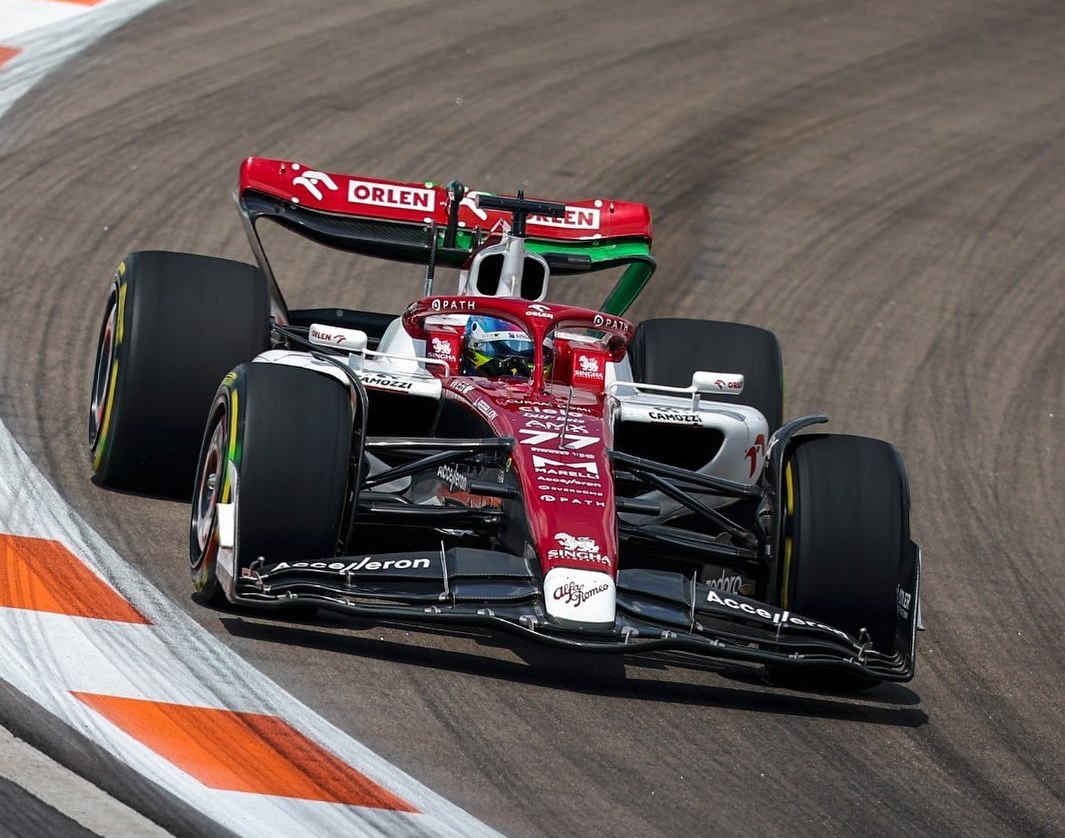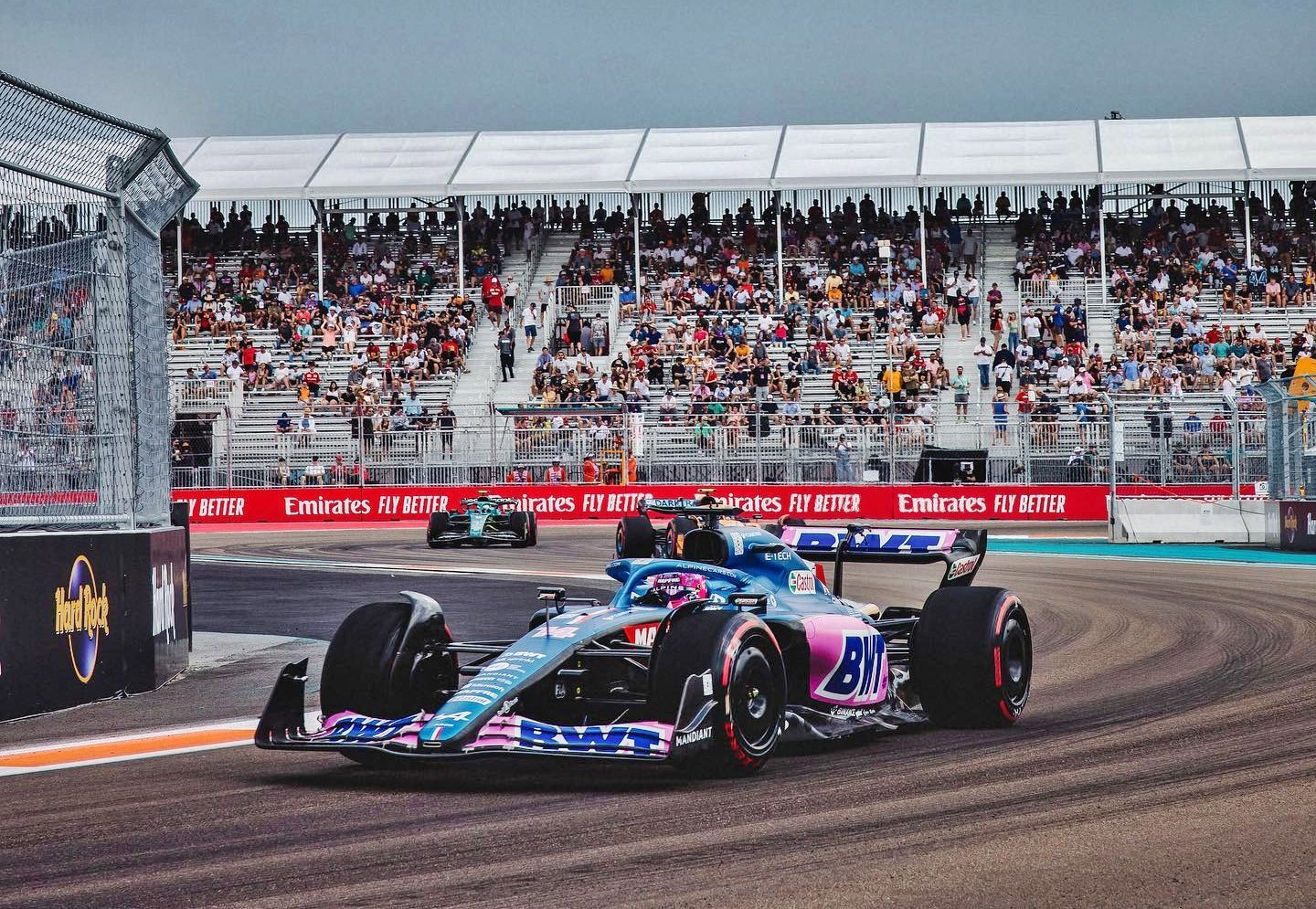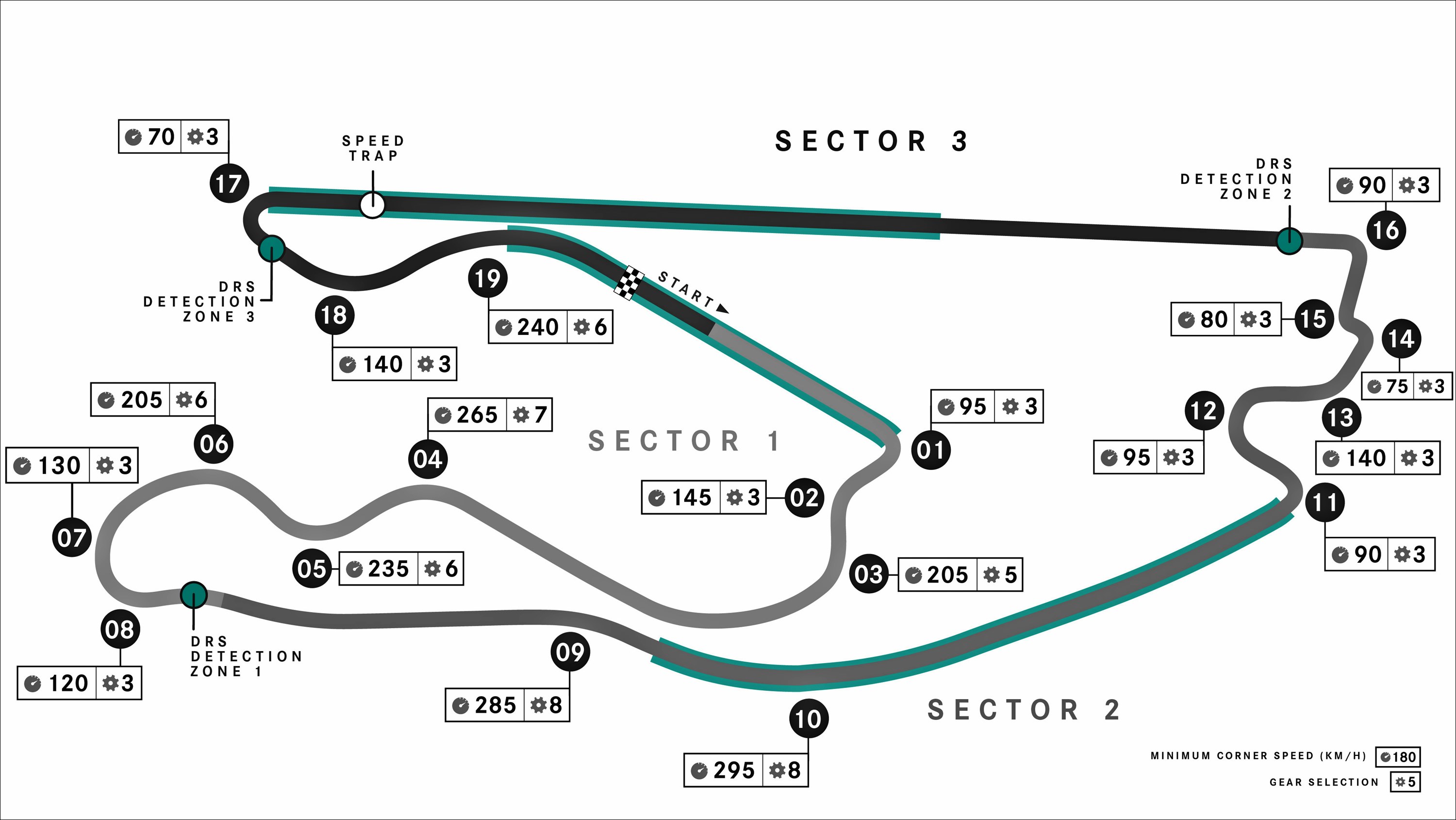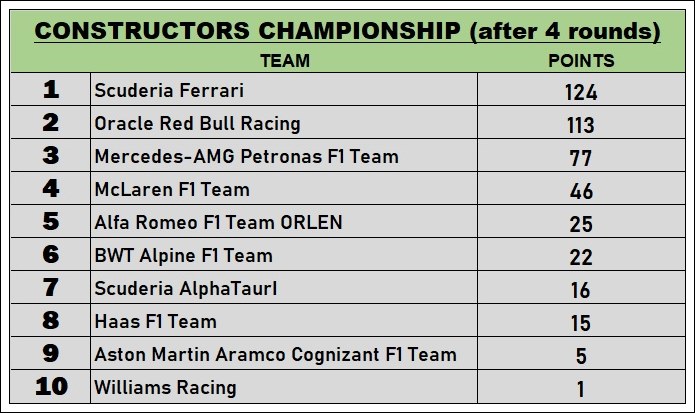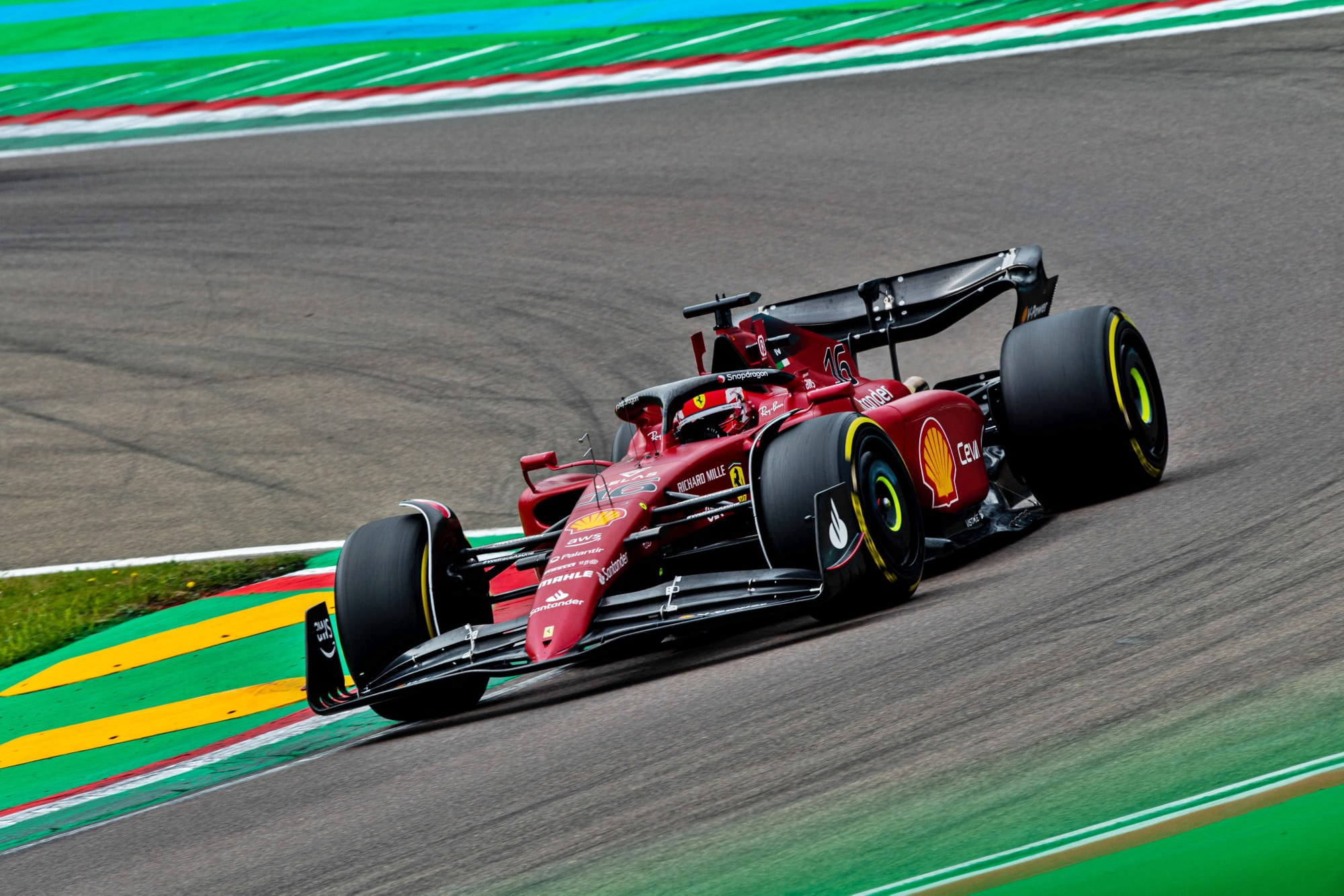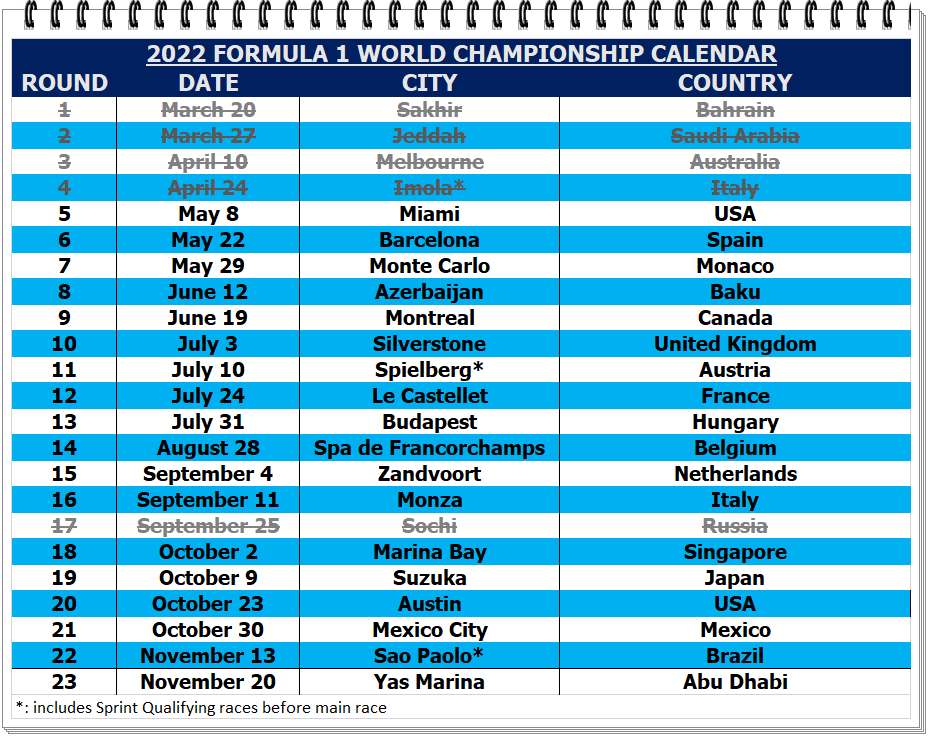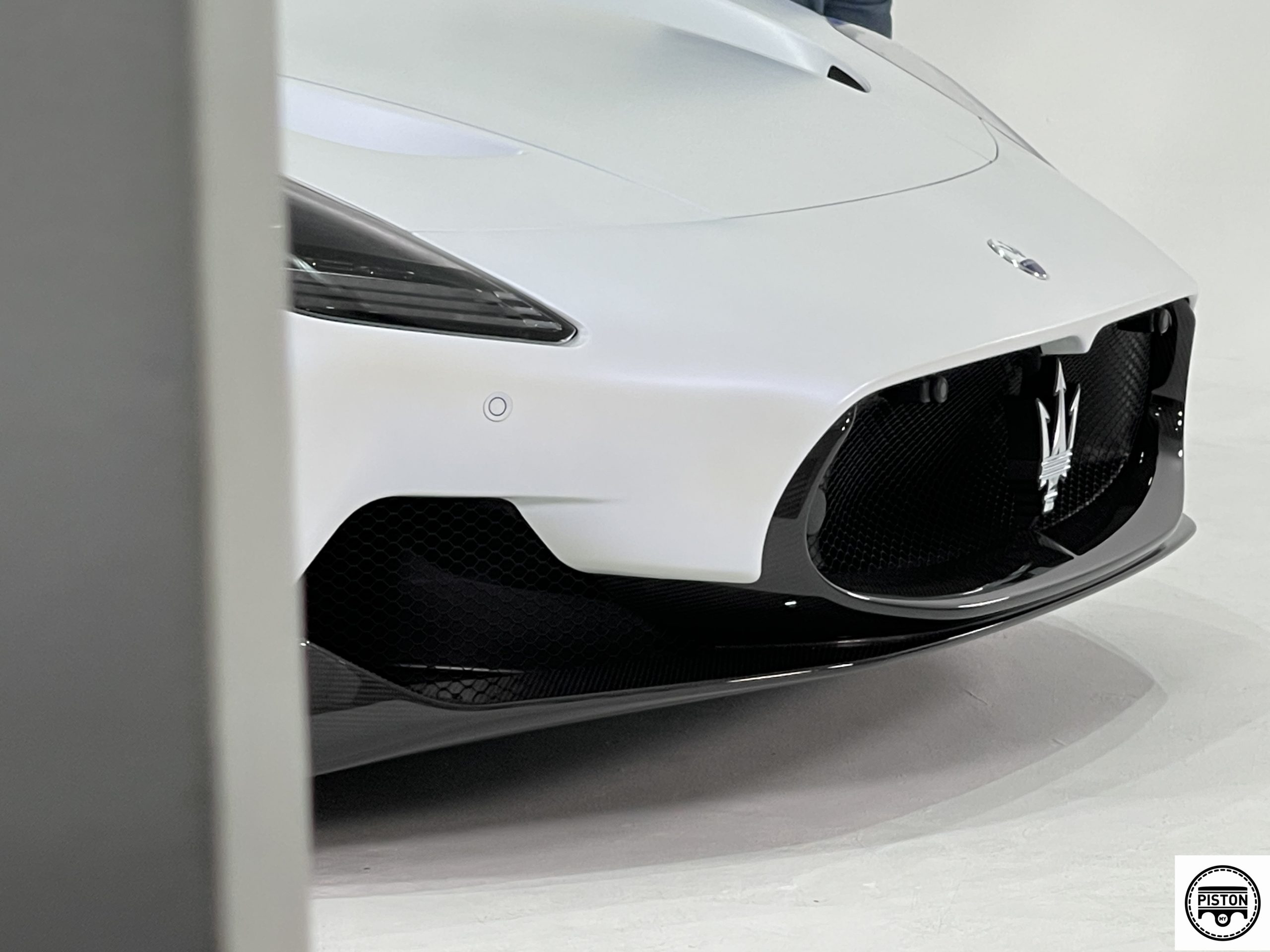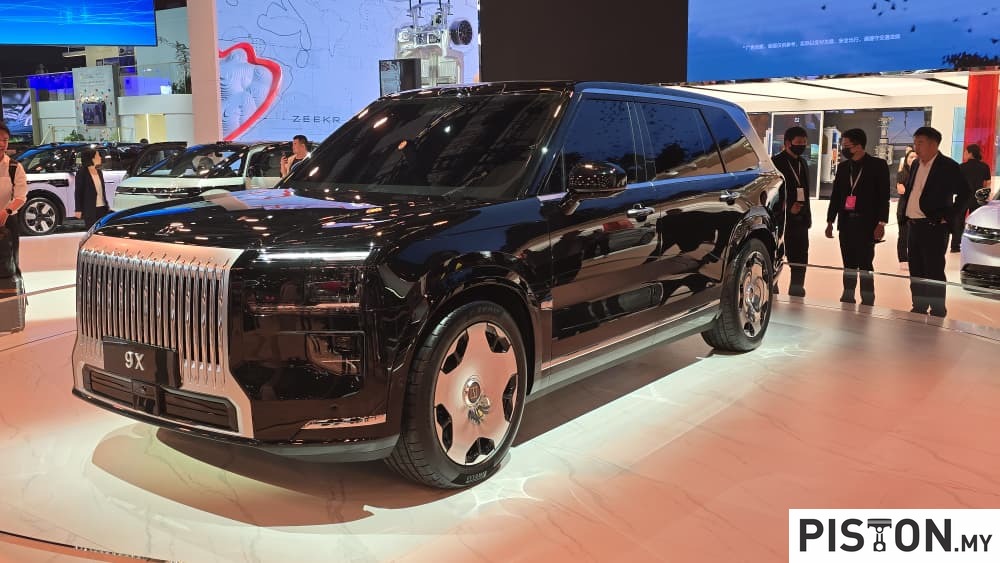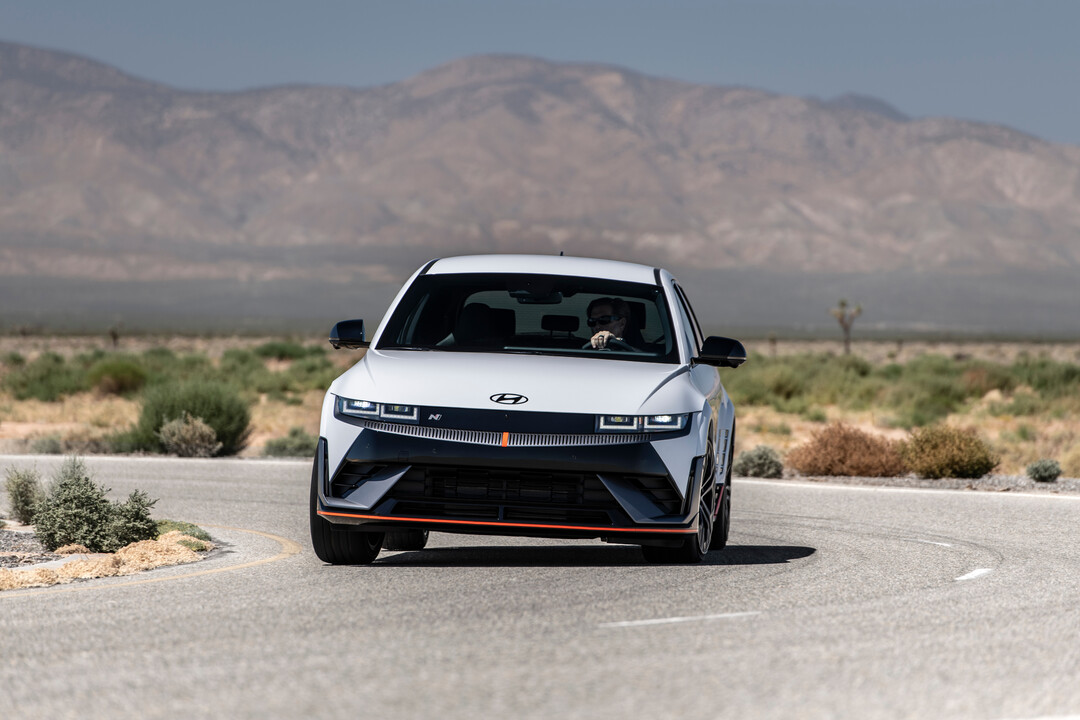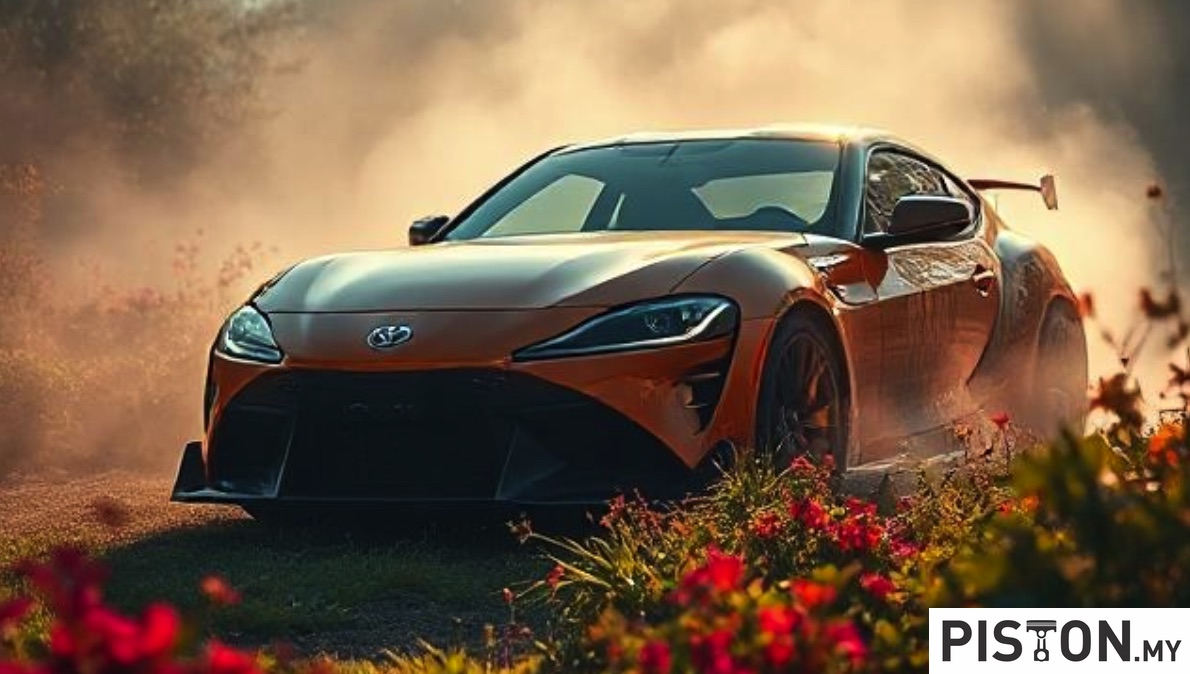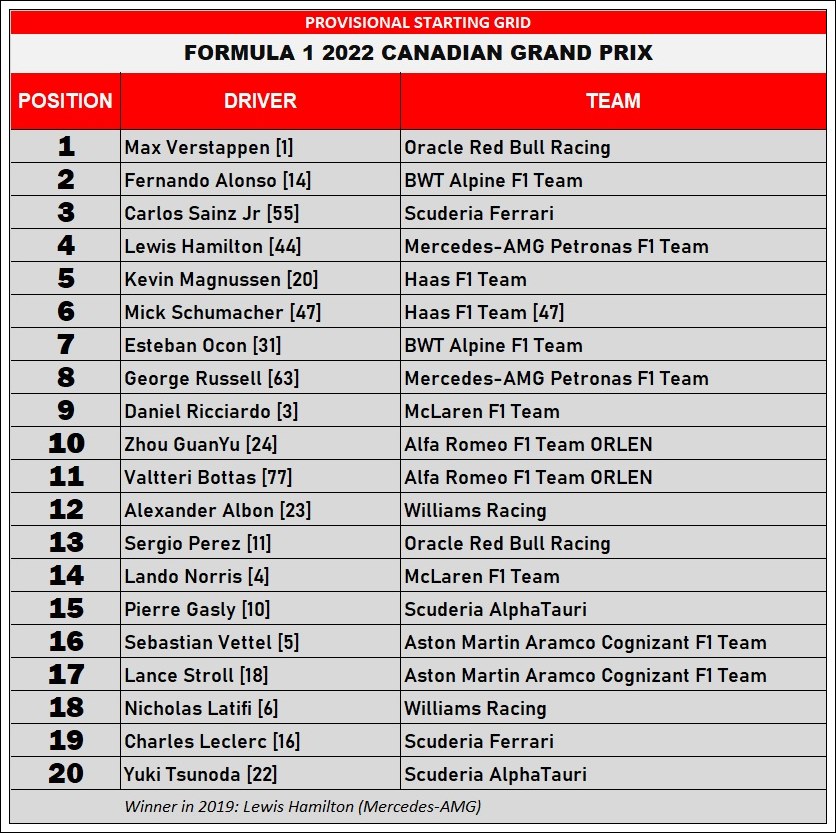 Race starts at 2 pm in Canada/2 am in Malaysia (Monday)
Race starts at 2 pm in Canada/2 am in Malaysia (Monday)A Formula 1 race is being run again in Canada after 3 years of absence, and it is held at the Circuit Gilles Villeneuve which has been the venue for the Canadian Grand Prix since it opened in 1978. Originally known as Circuit Ile Notre Dame (after the island it is situated on), It is one of three circuits that has hosted the Canadian GP since 1967. In 1982, after Canadian F1 driver Gilles Villeneuve (father of Jacques Villeneuve) died in an accident, the track was renamed in his honour.
The 4.361-km is similar in characteristics to the Baku City Circuit. In fact, long before Azerbaijan became part of the F1 itinerary, it was the circuit in Montreal that teams had to develop a special wing for. The wing was to minimize drag as much as possible on the straights but generate as much downforce as possible in the slow corners. That is the requirement at Baku today.
However, the circuit is also unique for its succession of chicanes and calls for a car that can ride kerbs. There are also frequent hard stops and Circuit Gilles-Villeneuve is traditionally regarded as very tough on brakes, similar to the Austrian GP. But there are usually fewer cooling problems in Canada than at Spielberg, because the lap distance is greater and there is more time for the brakes to dissipate temperature.
With the constant cycle of heavy braking and equally heavy acceleration, the track takes its toll on the hybrid components of the powertrain, with many long deployments followed by big charging events. In the course of a single lap, there are 3 strong braking events that generate forces greater than 4g for a duration of more than 0.4 seconds.
The 14 corners of the circuit comprise 6 left-hand turns and 8 right-handers. As in Baku, most of the corners are within a similar speed range, which is at the lower end of the scale compared to the rest of the circuits on the racing calendar. Unlike Baku, however, most corners in Montreal come as a double change of direction (left/right or right left combinations) that require good responsiveness from the car.
Apart from not having raced on this circuit for 3 years, there will be a number of question marks for the teams, according to Mario Isola, Pirelli’s Motorsport Director. “The weather is often variable, all previous data is 3 years old, and we have a completely different range of tyres with new compounds and structures, on a track that is hardly ever used. This will lead to a very high degree of evolution,” he said.
“Compared to their last visit to Montreal, the drivers should find compounds that are more stable with a wider working range, enabling them to push harder throughout each stint with a much lower risk of overheating. One interesting aspect to Montreal is that it has one of the lowest pitlane time loss penalties on the calendar, meaning that a car can be in and out of the pit lane in less than 20 seconds. This could open up a few options in terms of strategy,” he predicted.
The 404-metre pitlane (which got flooded recently after a heavy downpour) is among the top third of all circuits this season in terms of length. Even so, the time expended during a pit stop is relatively small, as the drivers are spared the inconvenience of going through the last chicane, instead entering the pitlane directly. Furthermore, the pit exit is in Turn 2, which means they don’t have to negotiate the first corner either.
With the long history of the Canadian GP, McLaren has been the most successful team at the event, with 13 victories, although that is just one more than Ferrari who are the most successful at the Circuit Gilles Villeneuve specifically with 11 wins.
Michael Schumacher and Lewis Hamilton have, over the years, collected 7 victories each so they are tied for the most successful drivers. Other drivers who have won the Canadian GP before and are in the race this weekend are Fernando Alonso, Daniel Ricciardo and Sebastian Vettel. Robert Kubica, Alfa Romeo ORLEN’s reserve driver also won in 2008.

